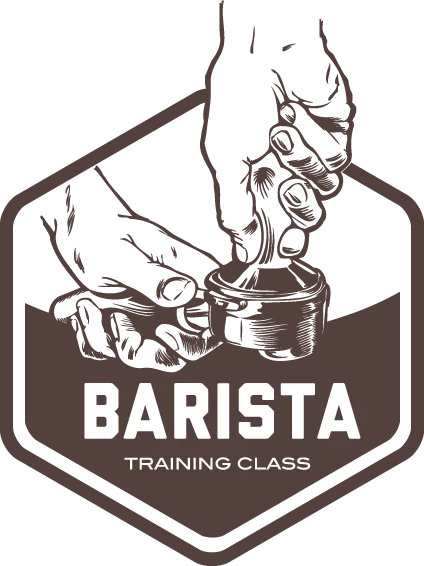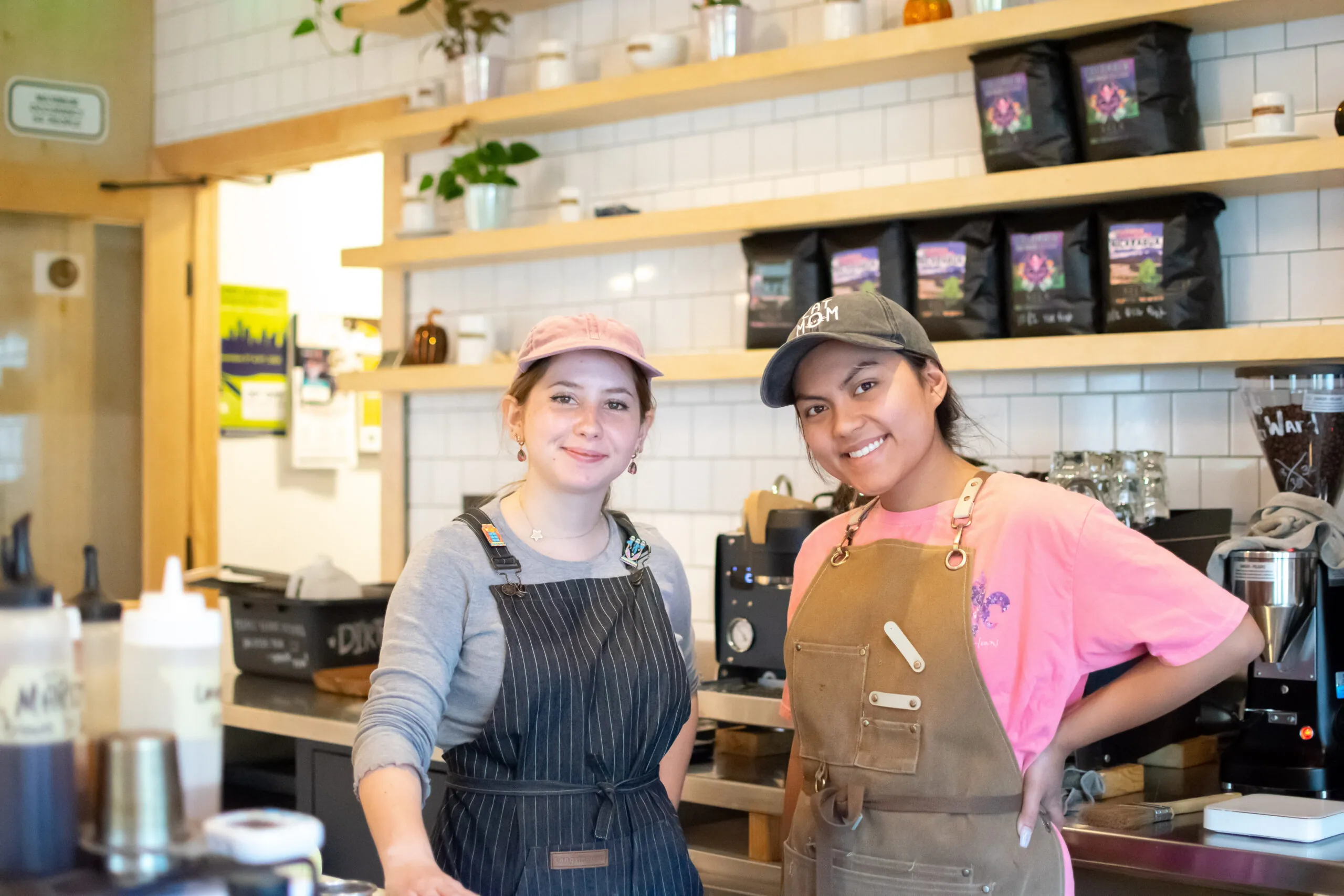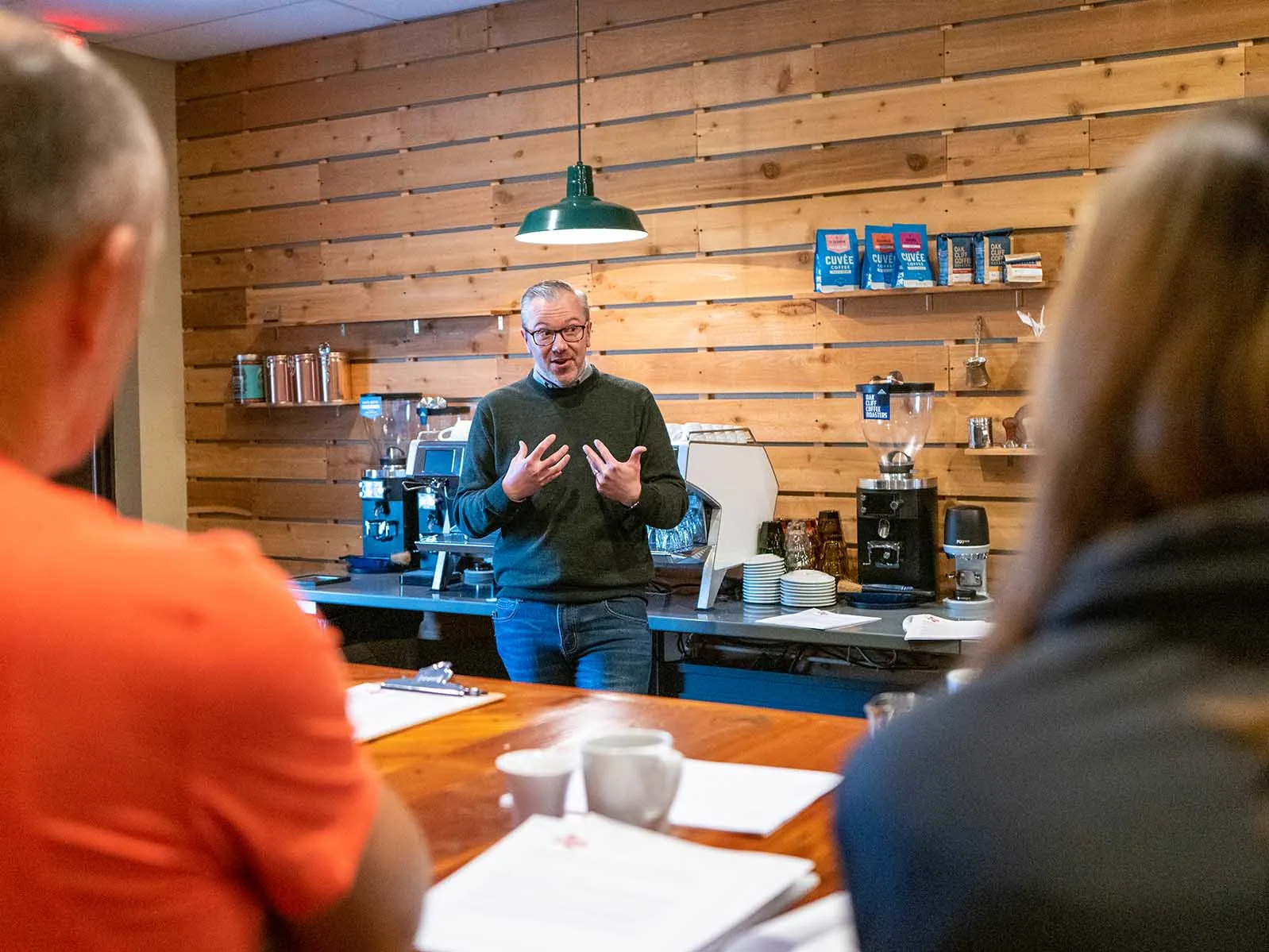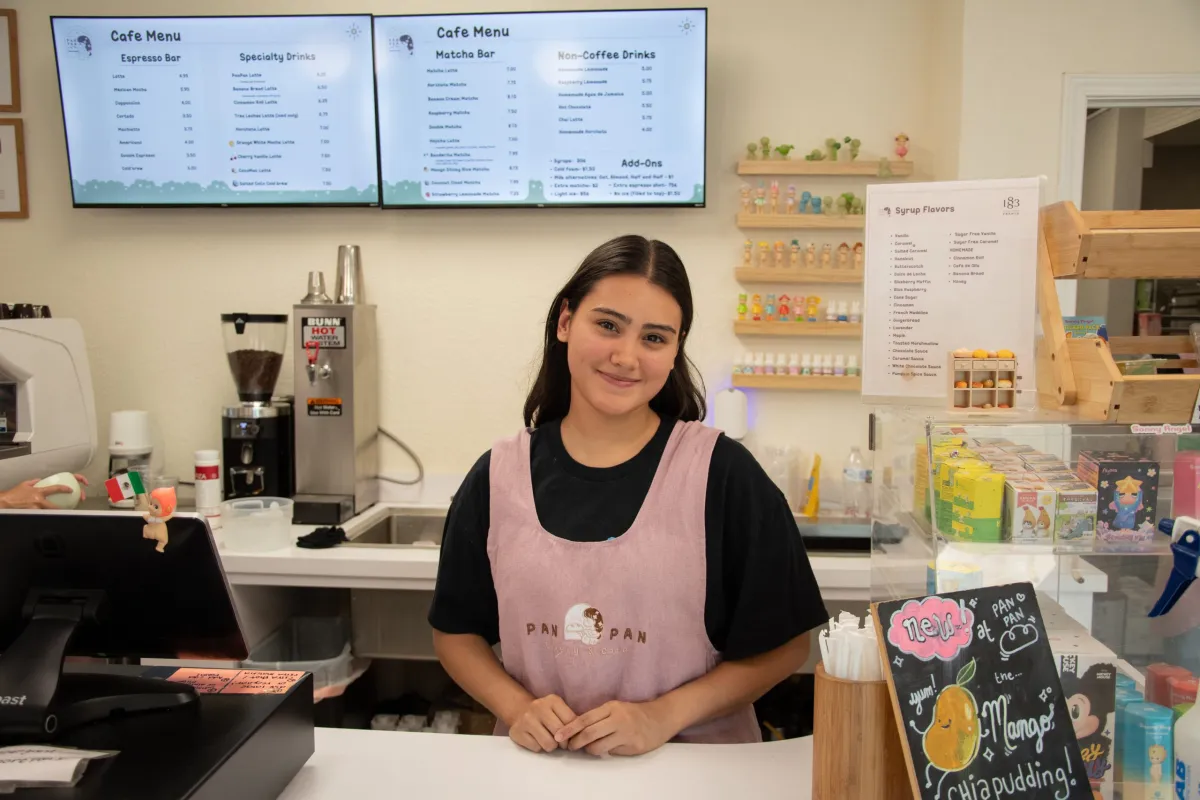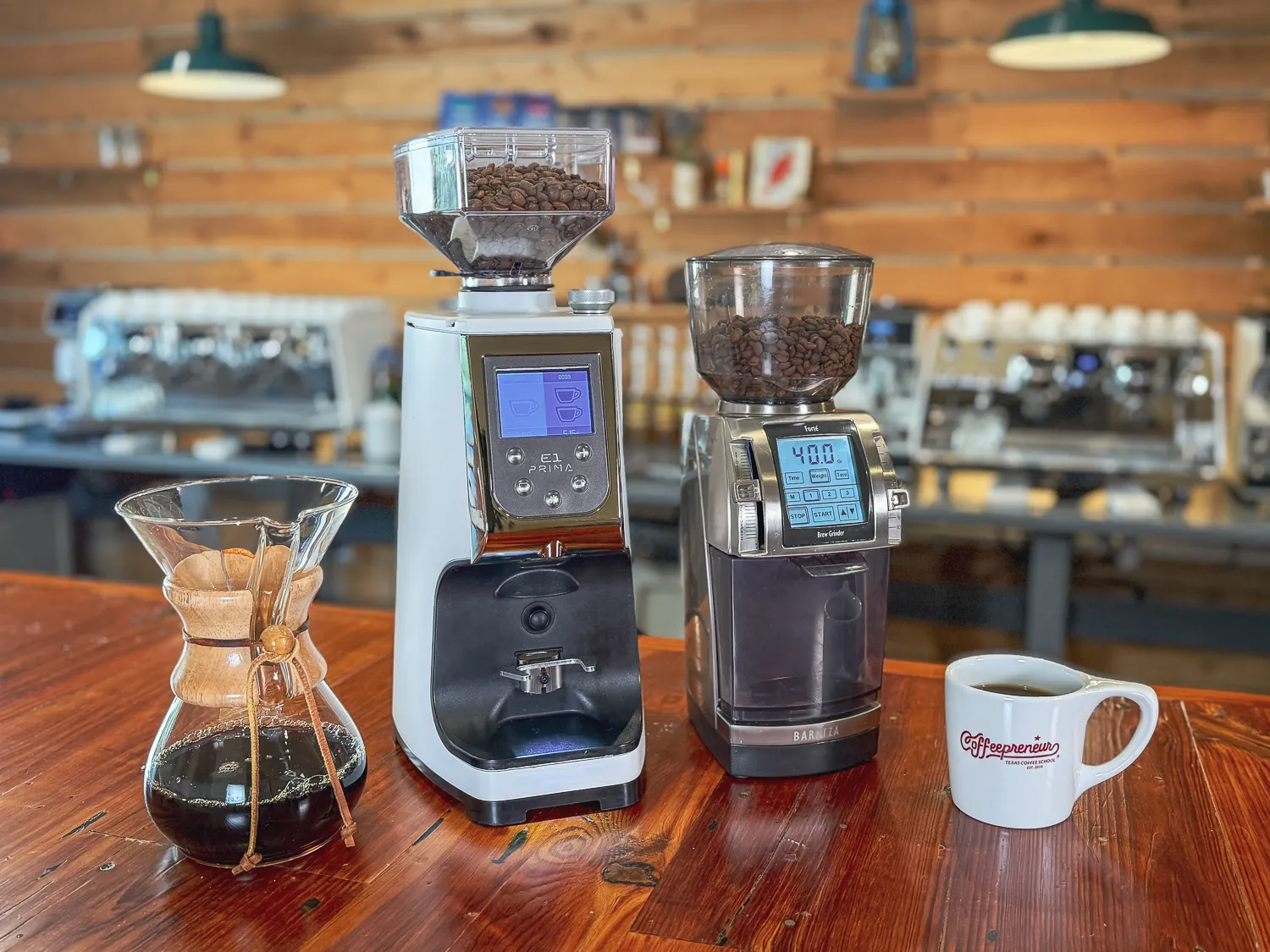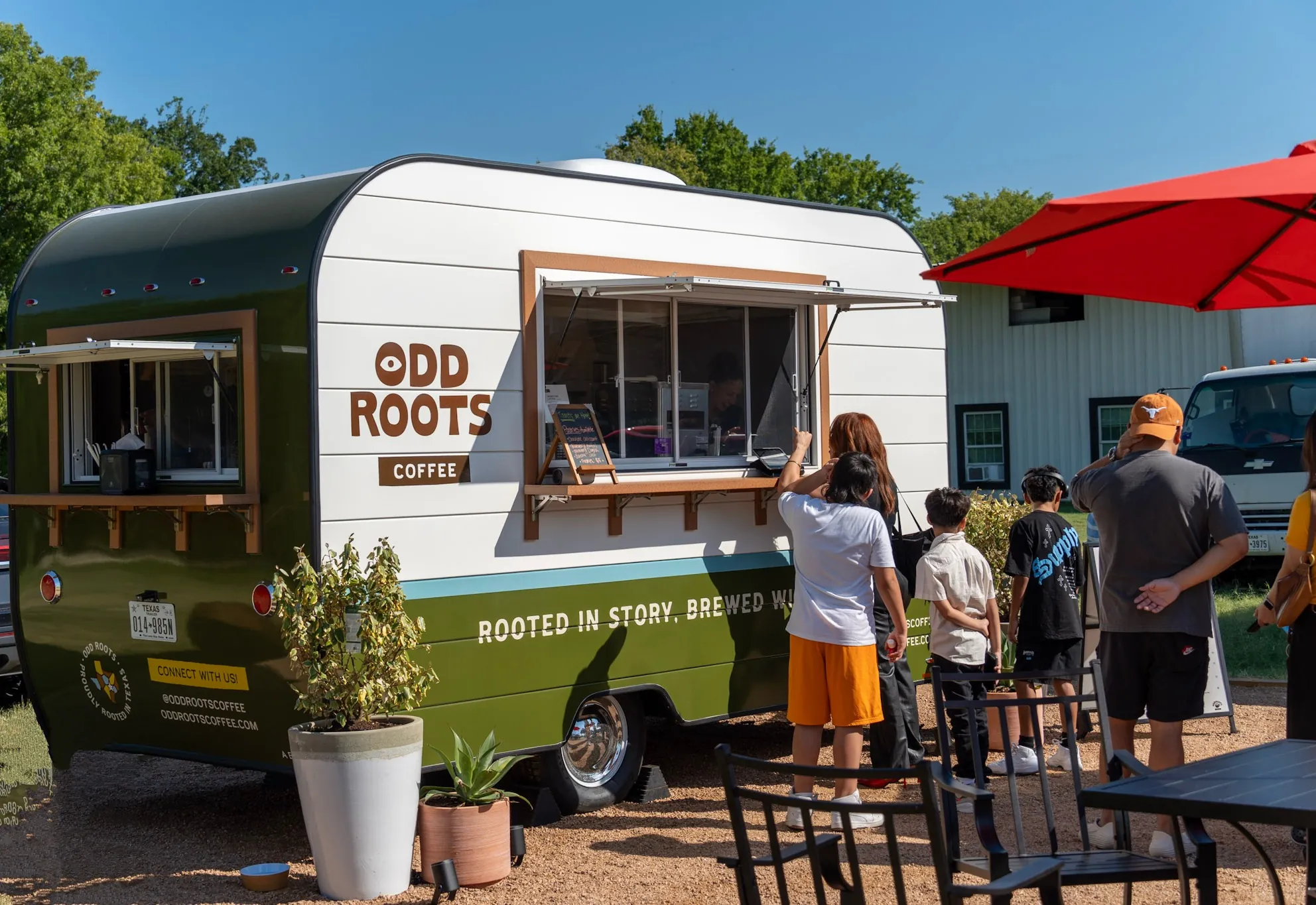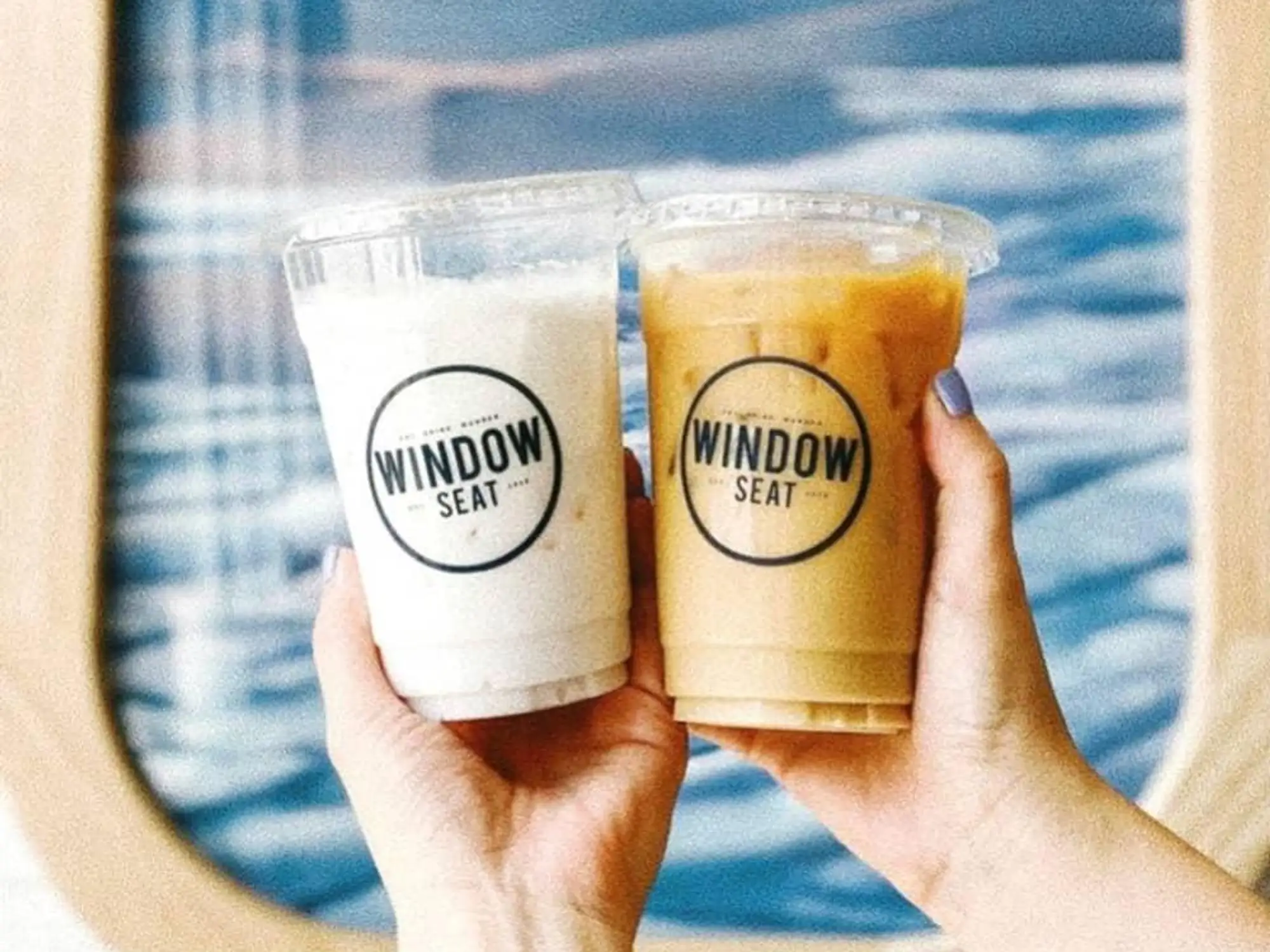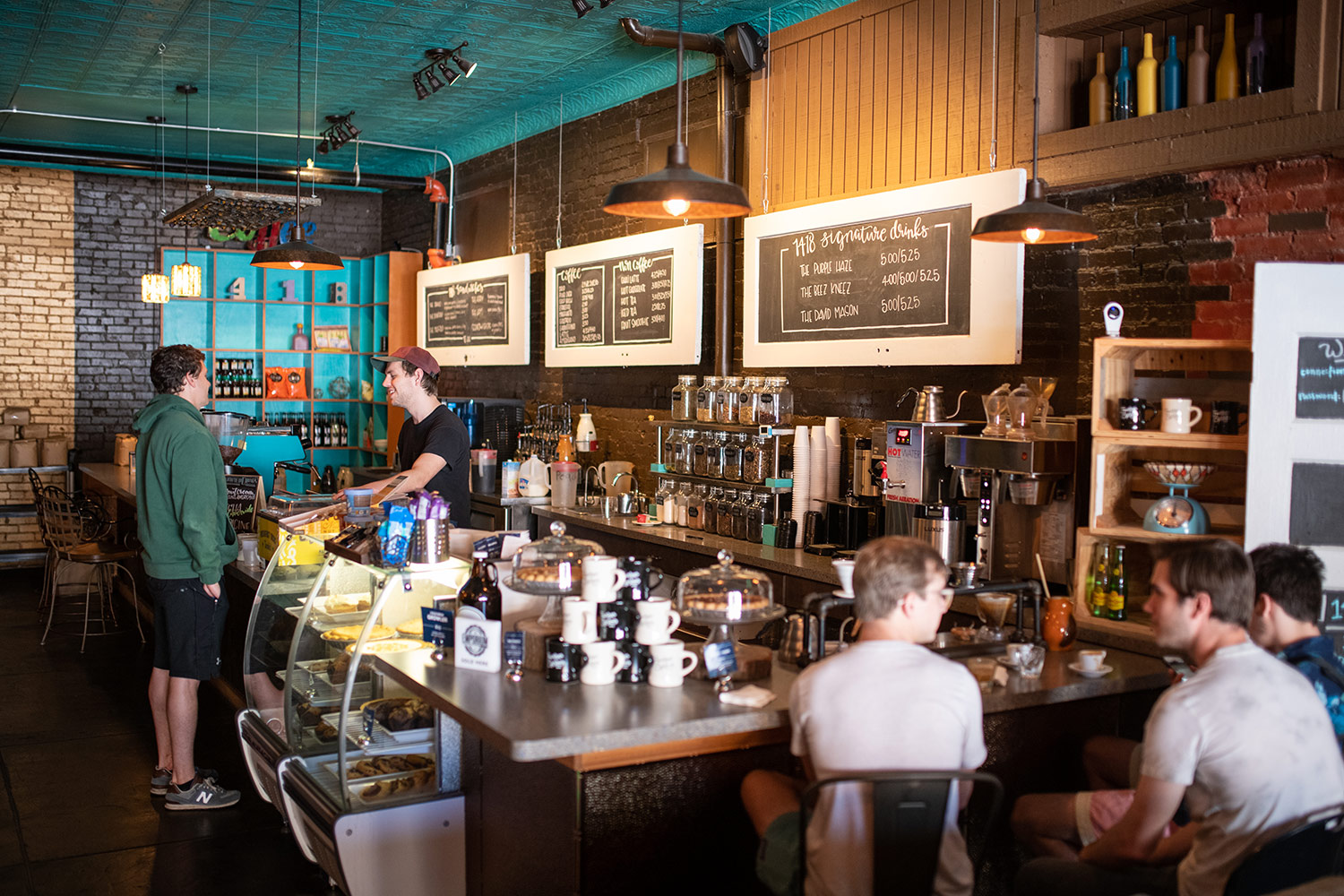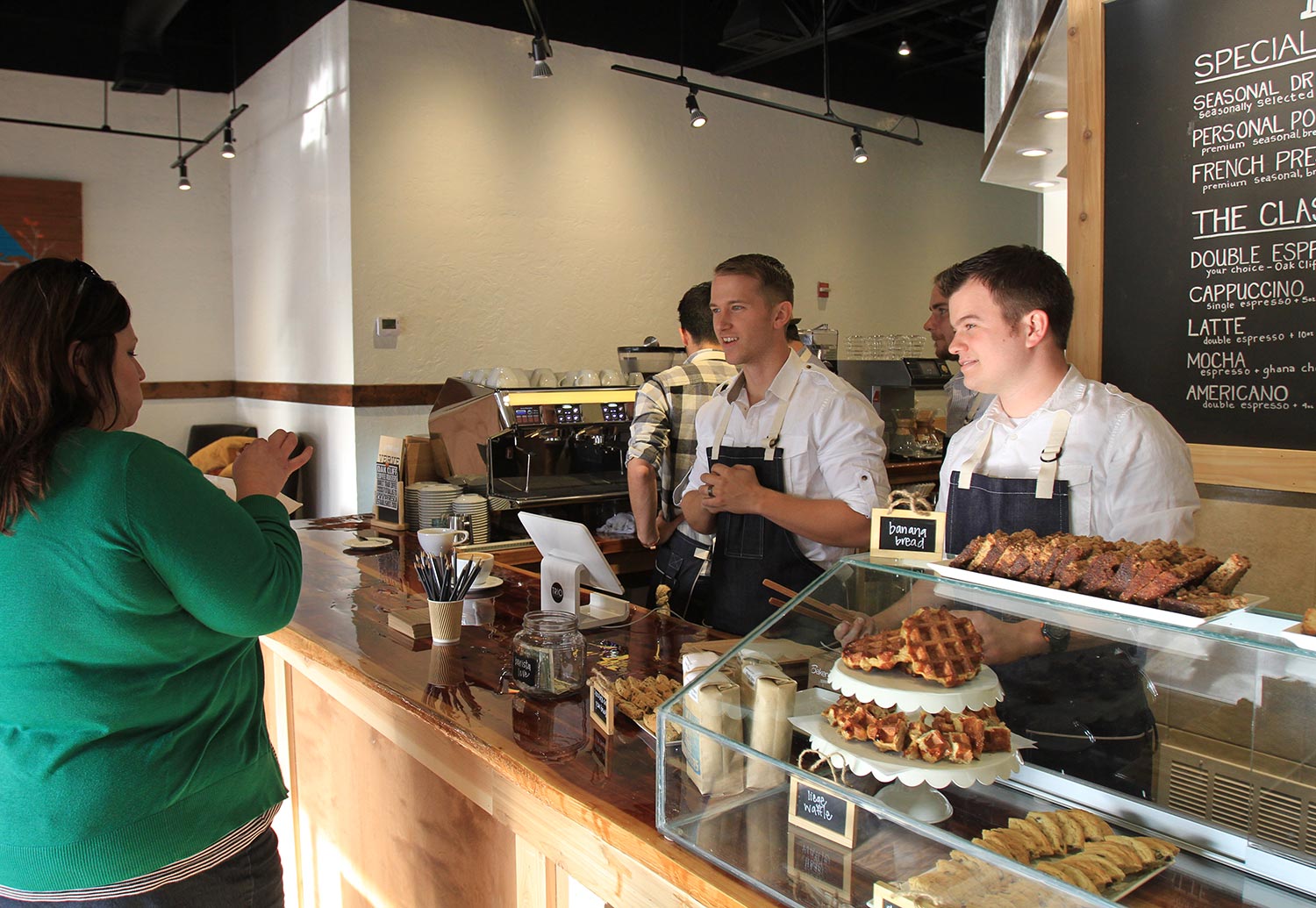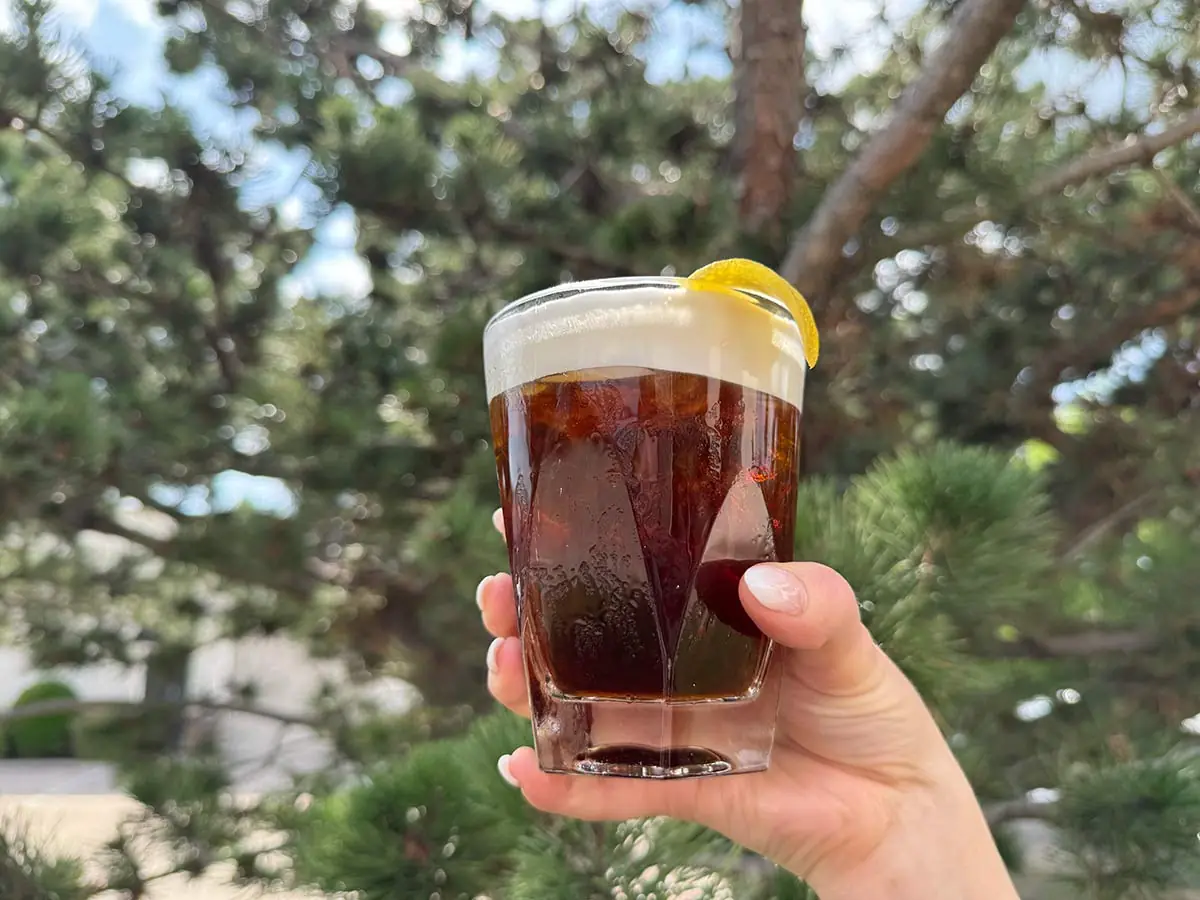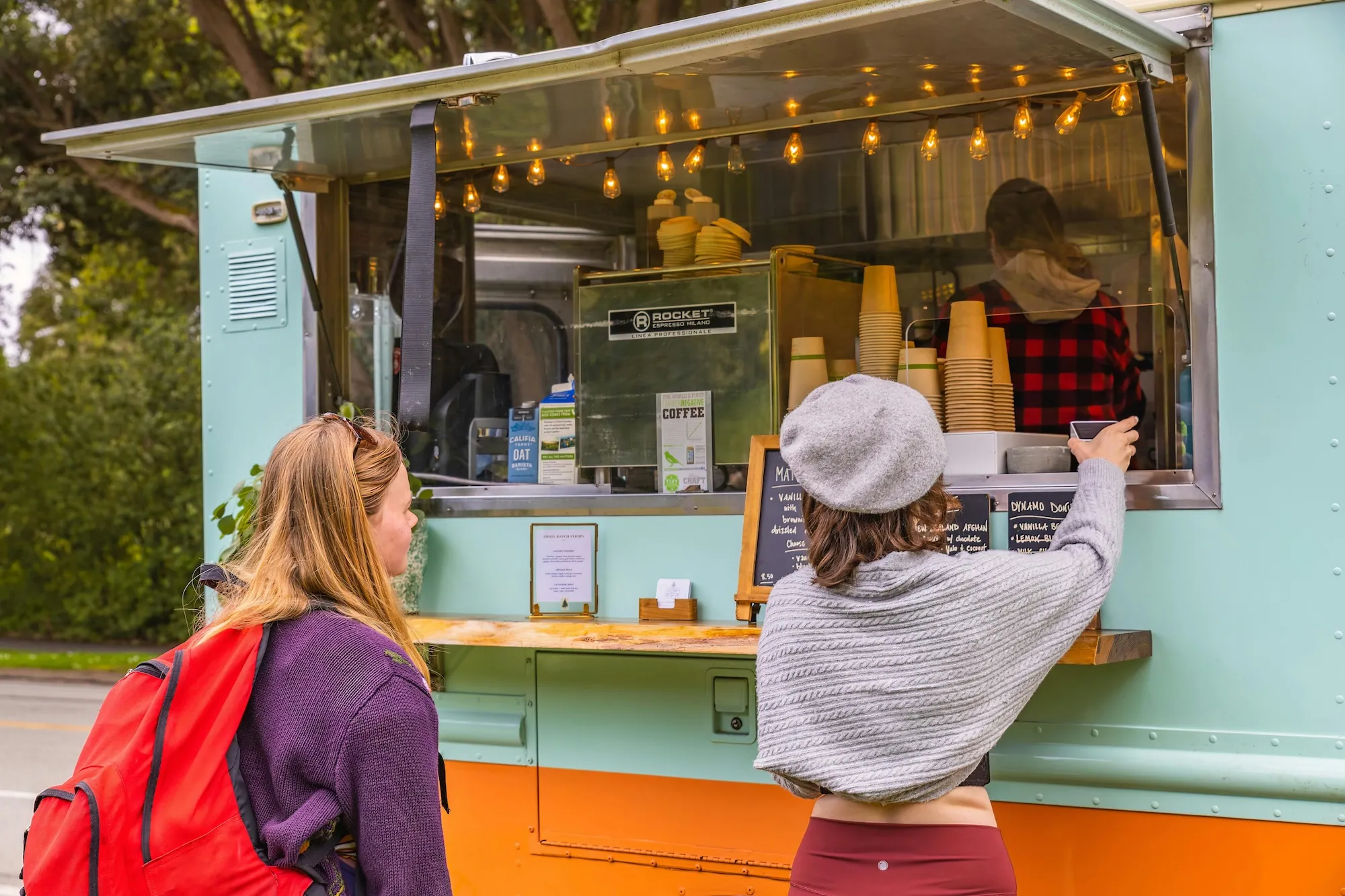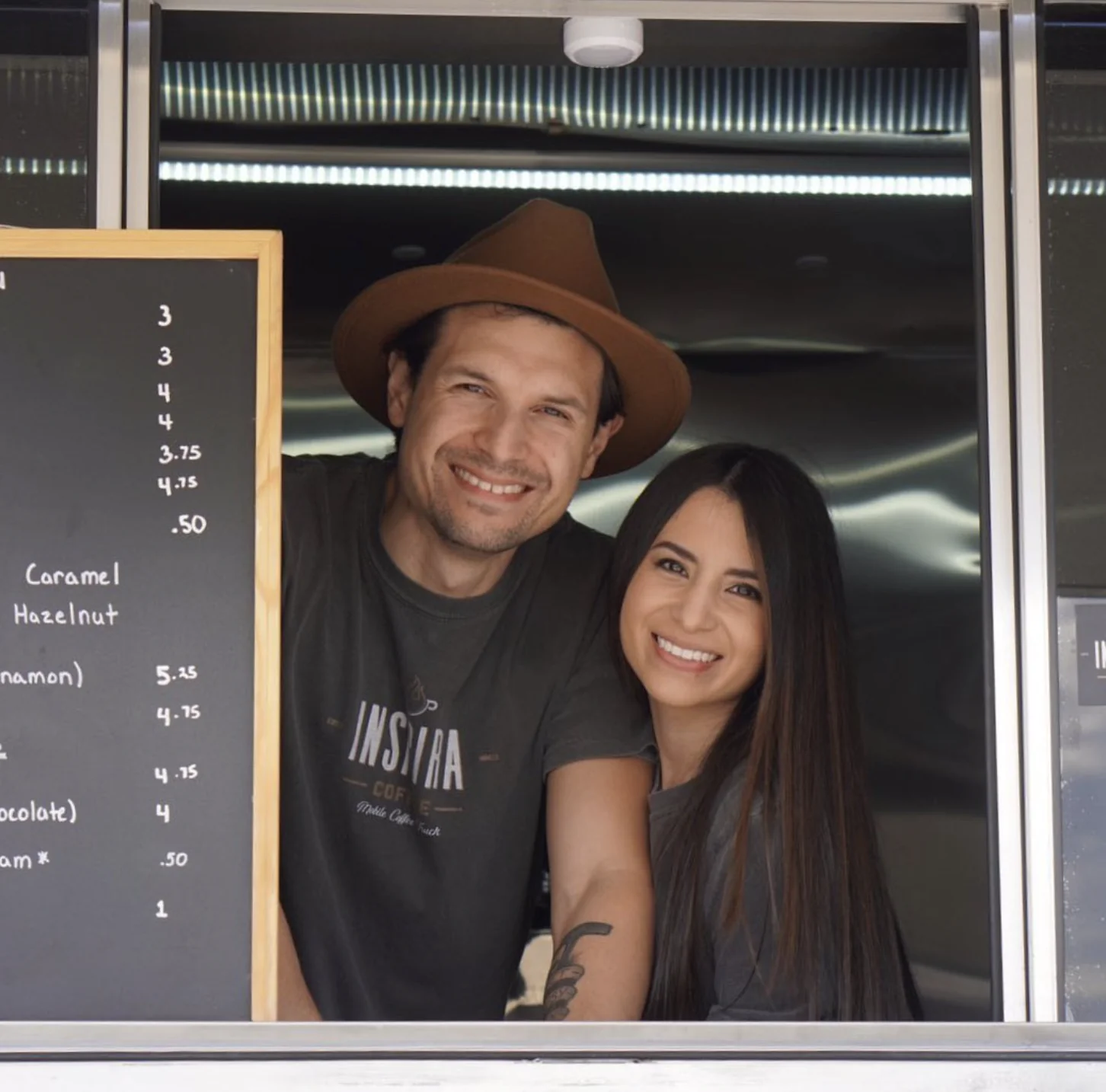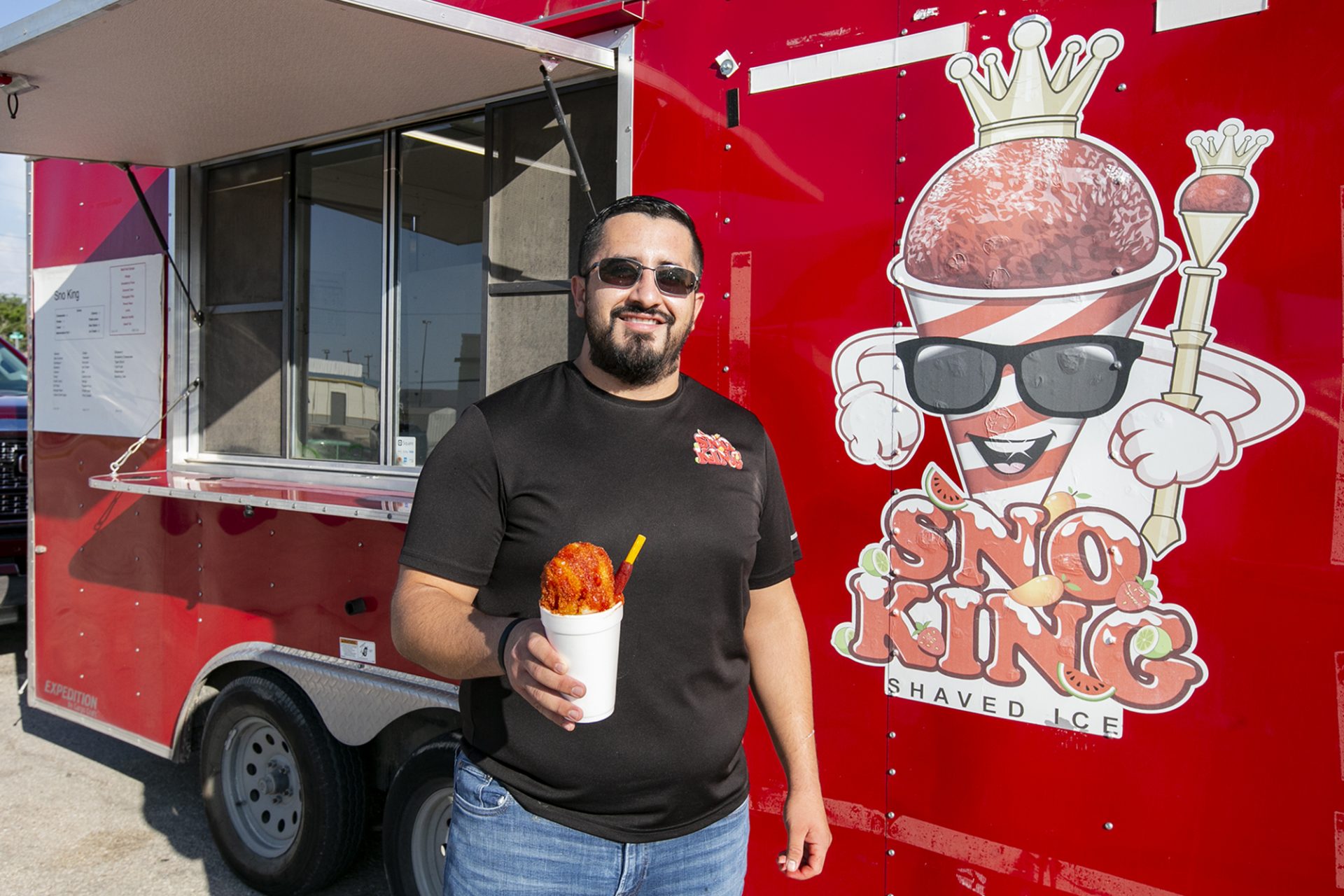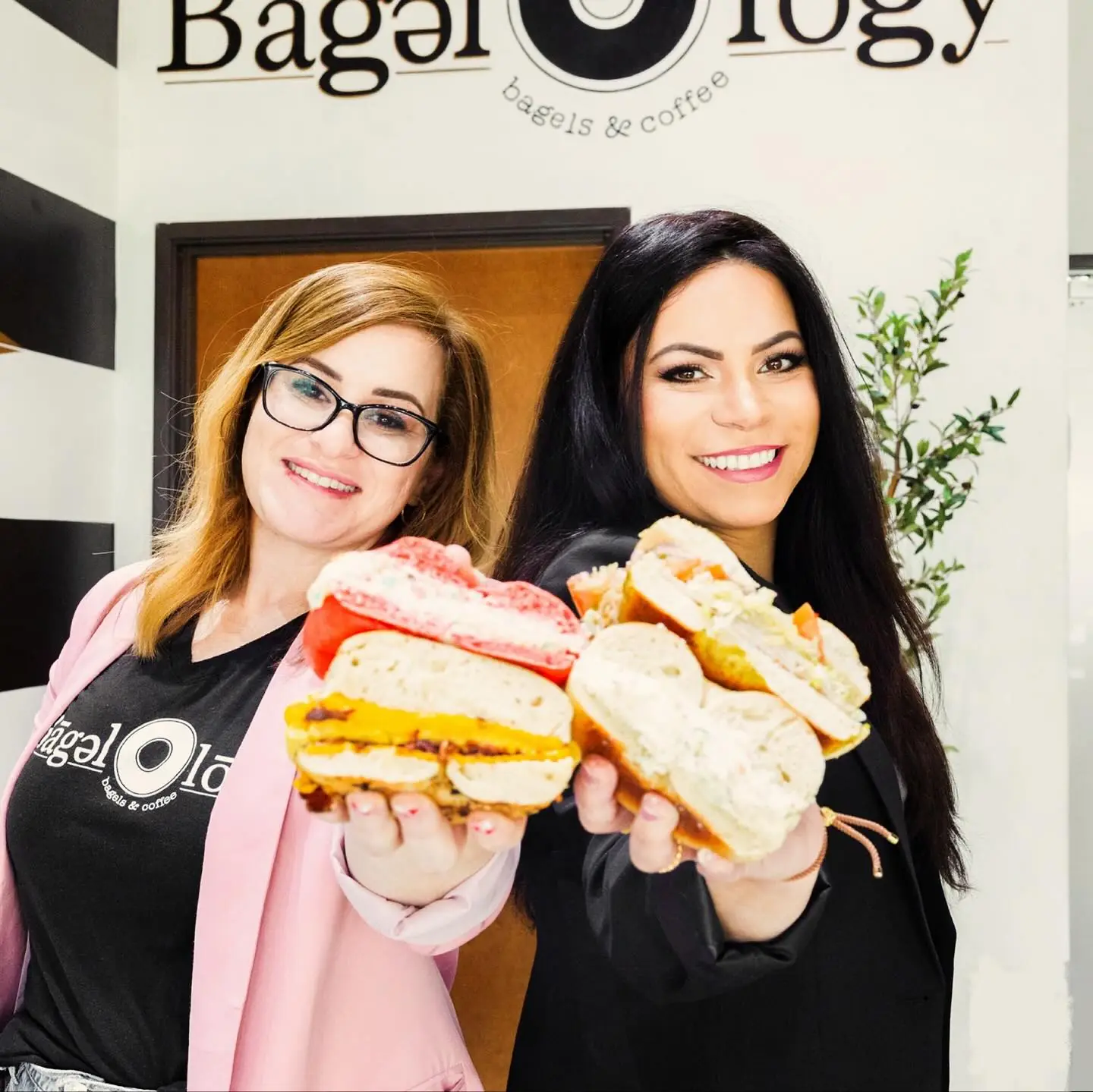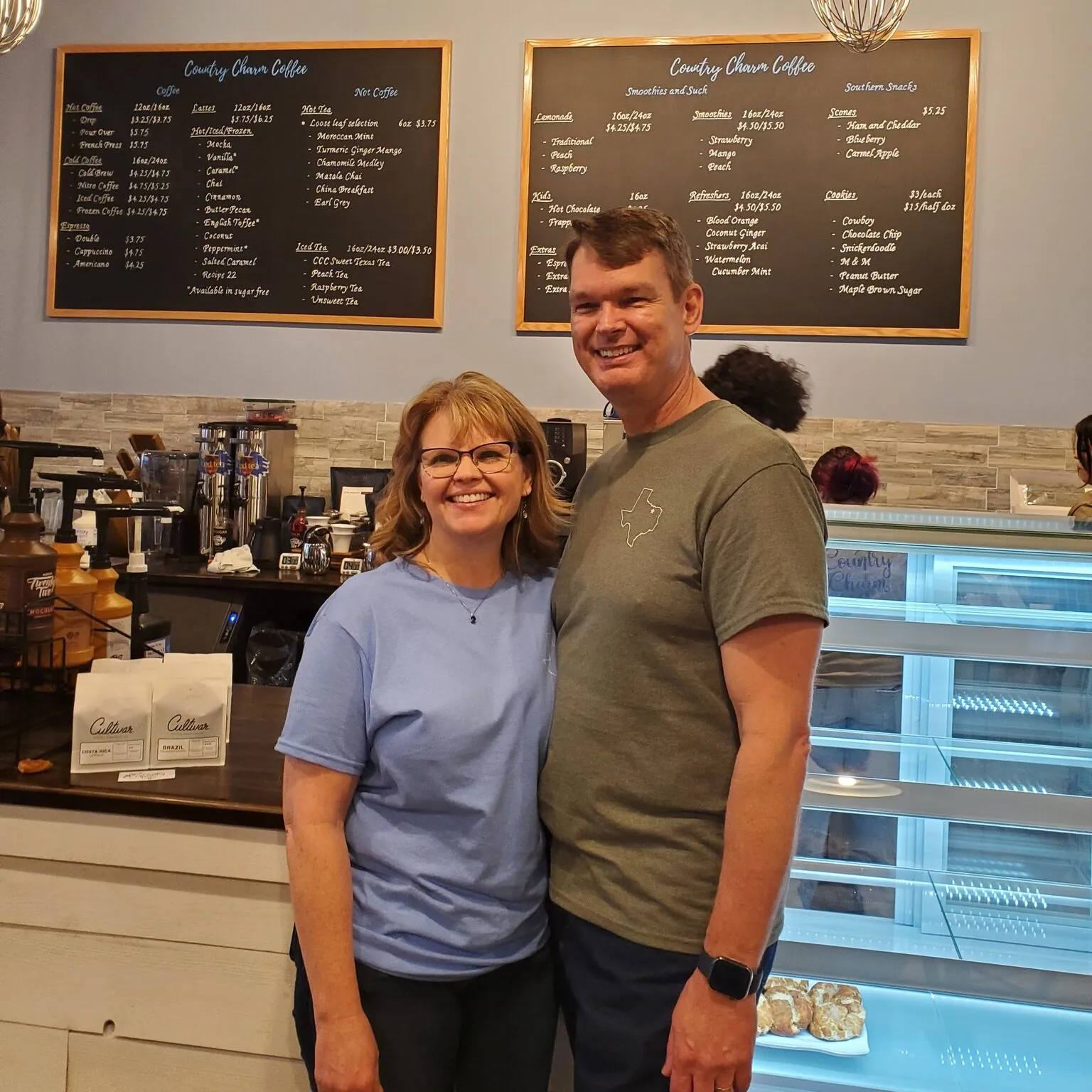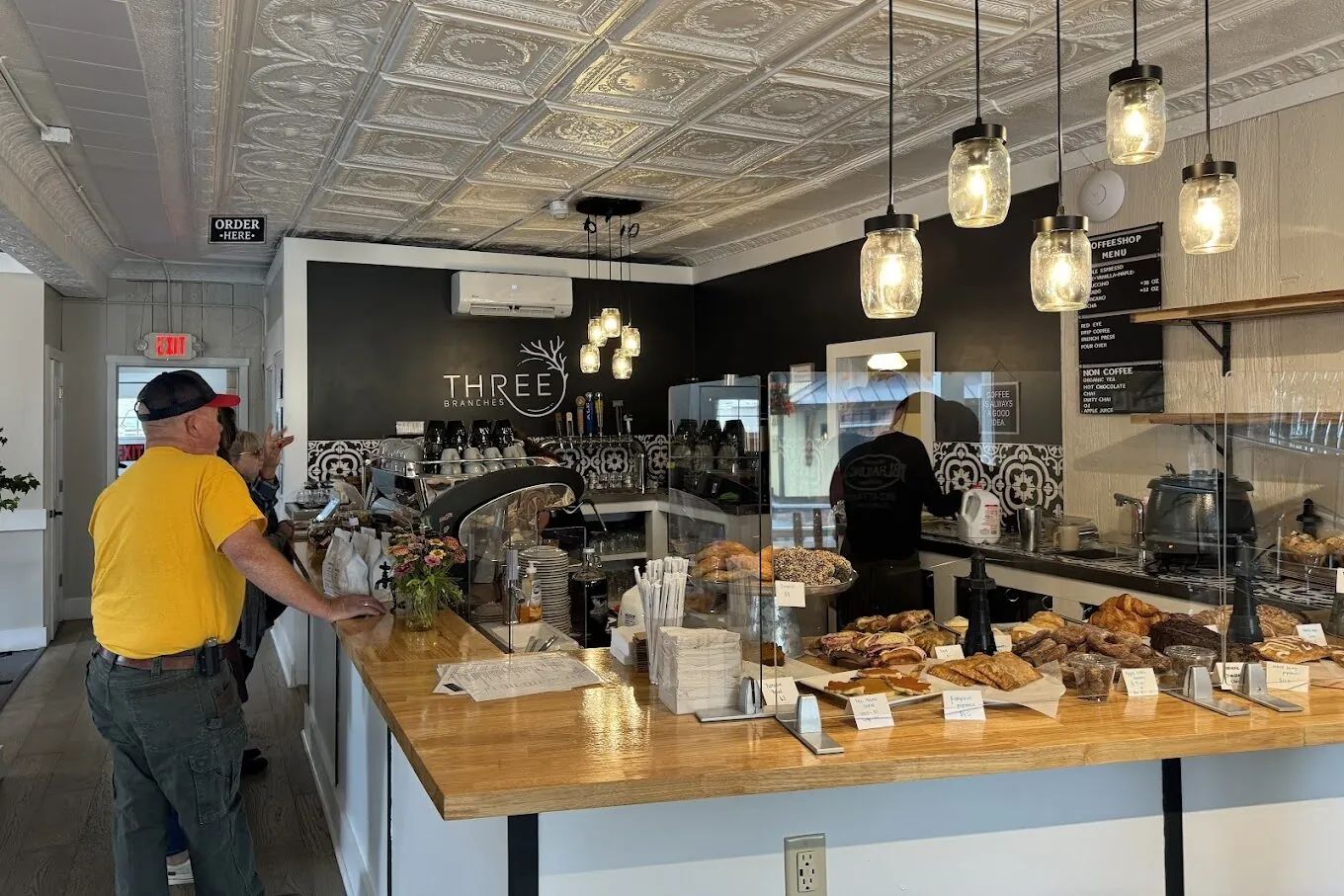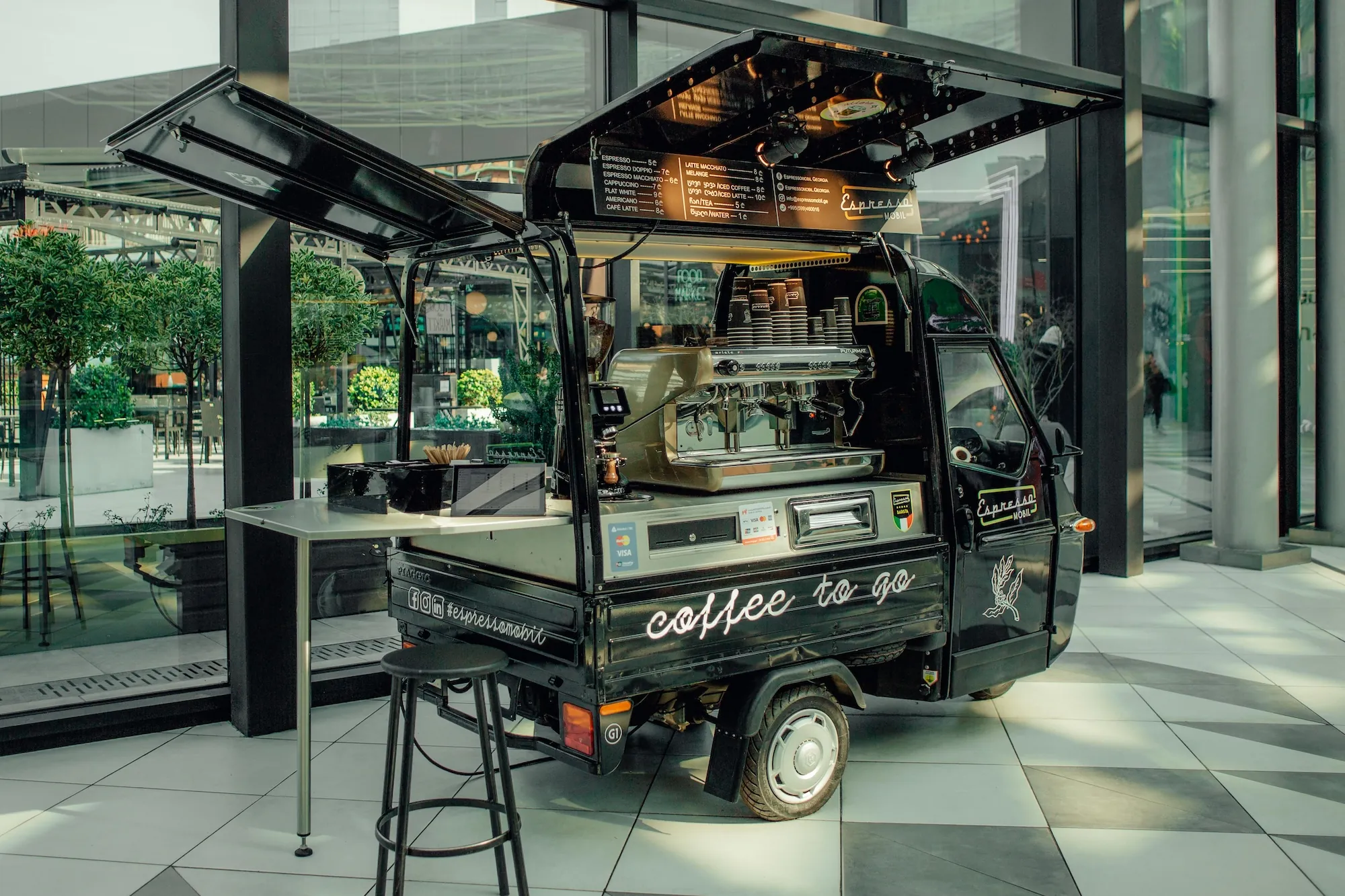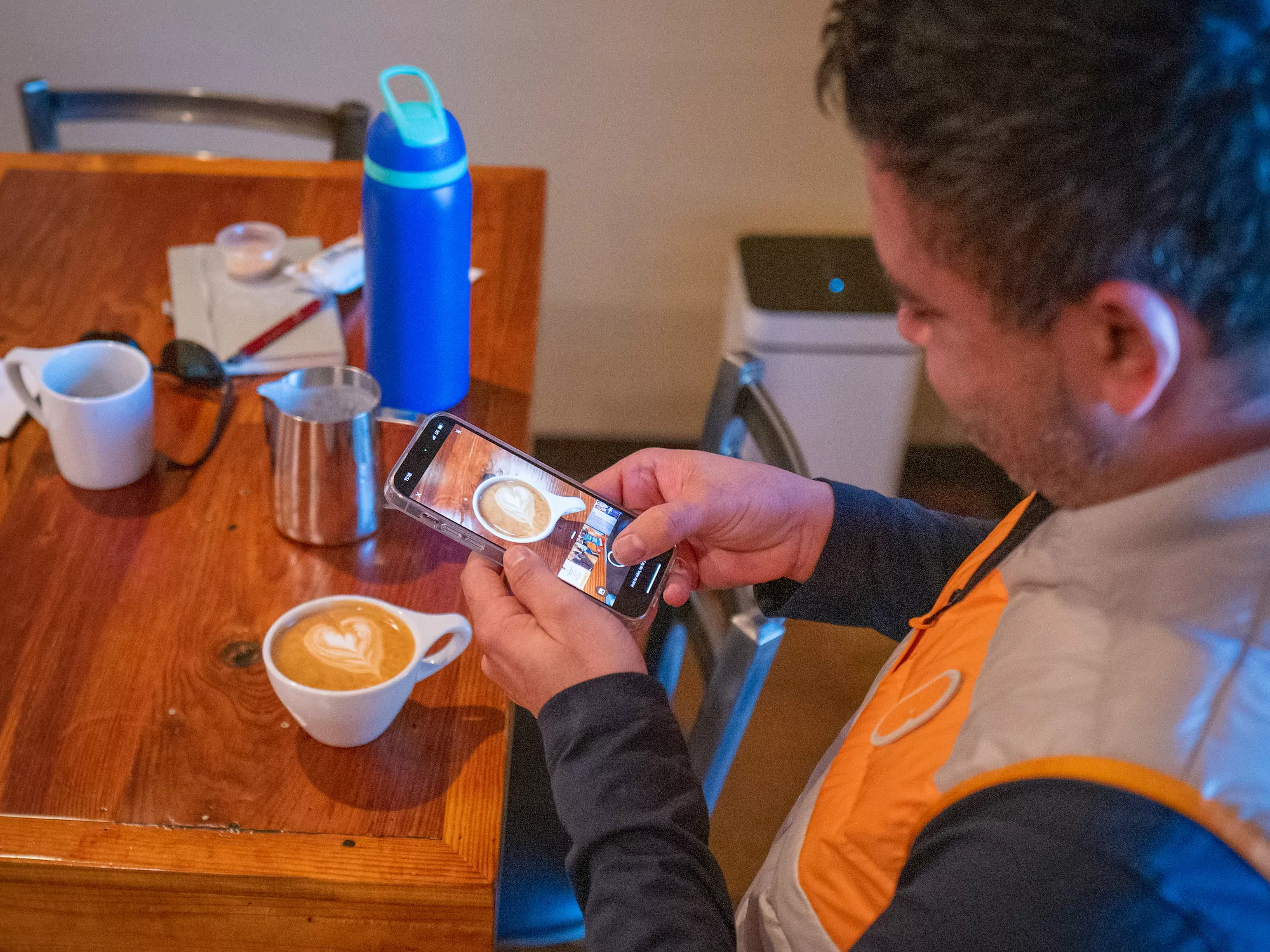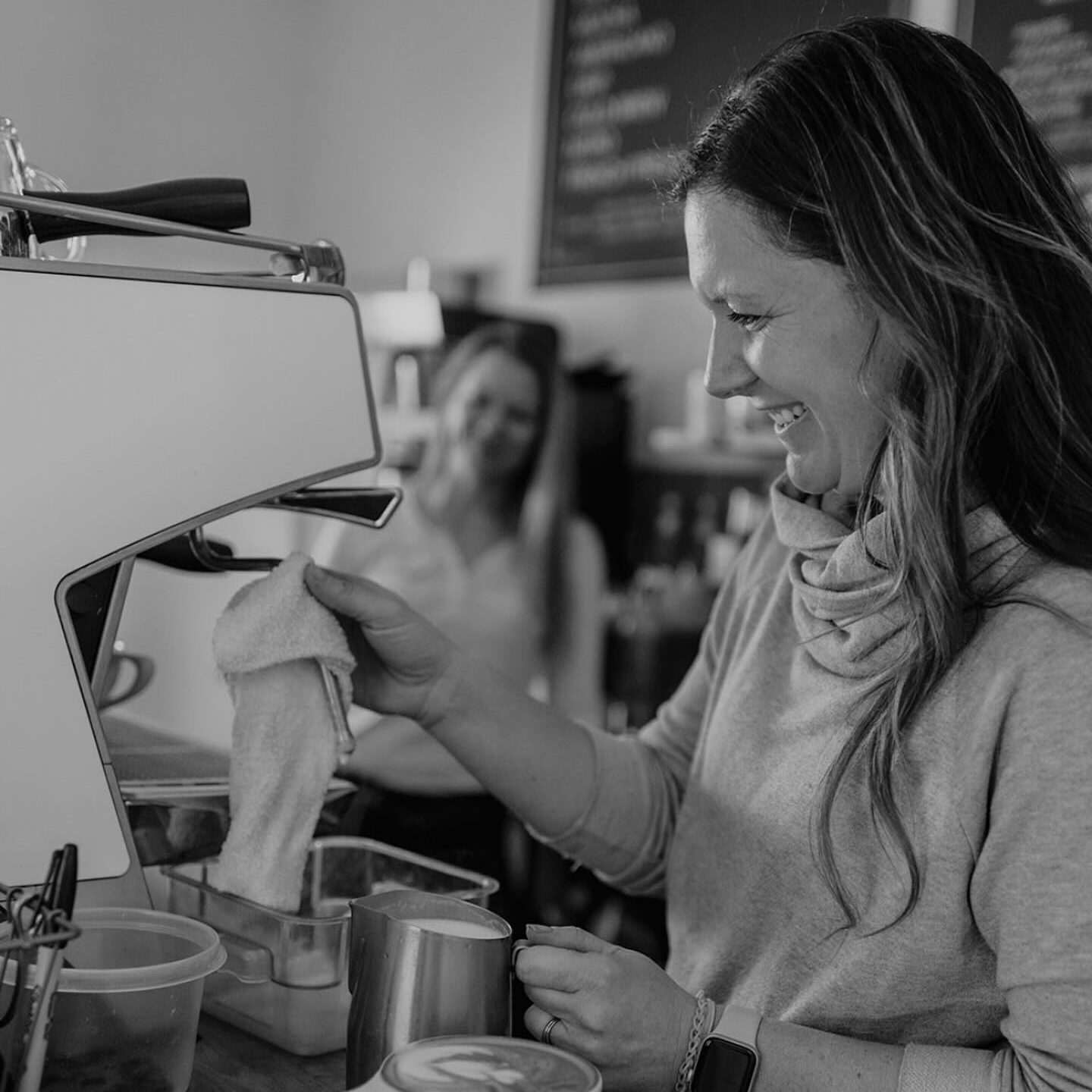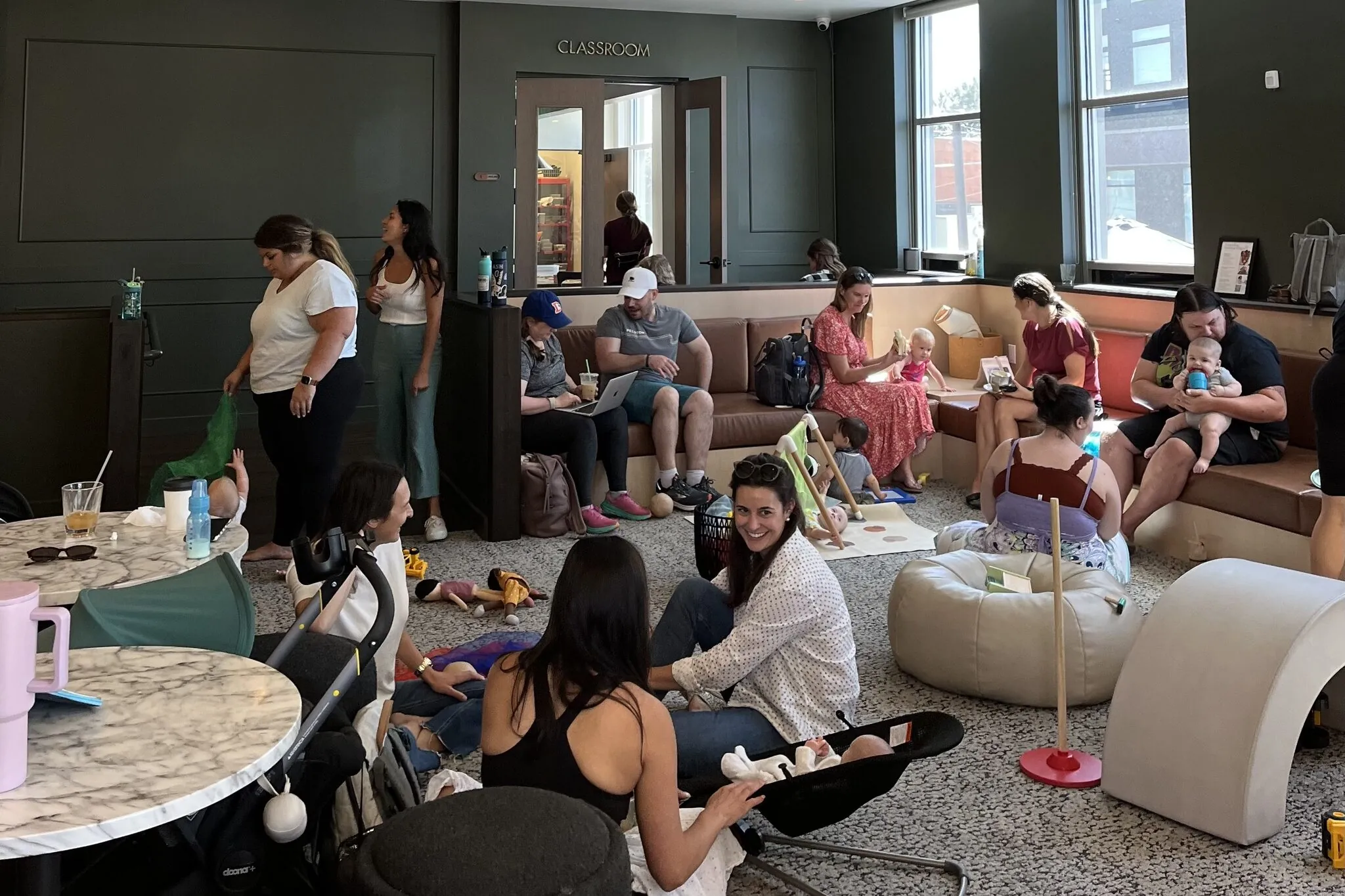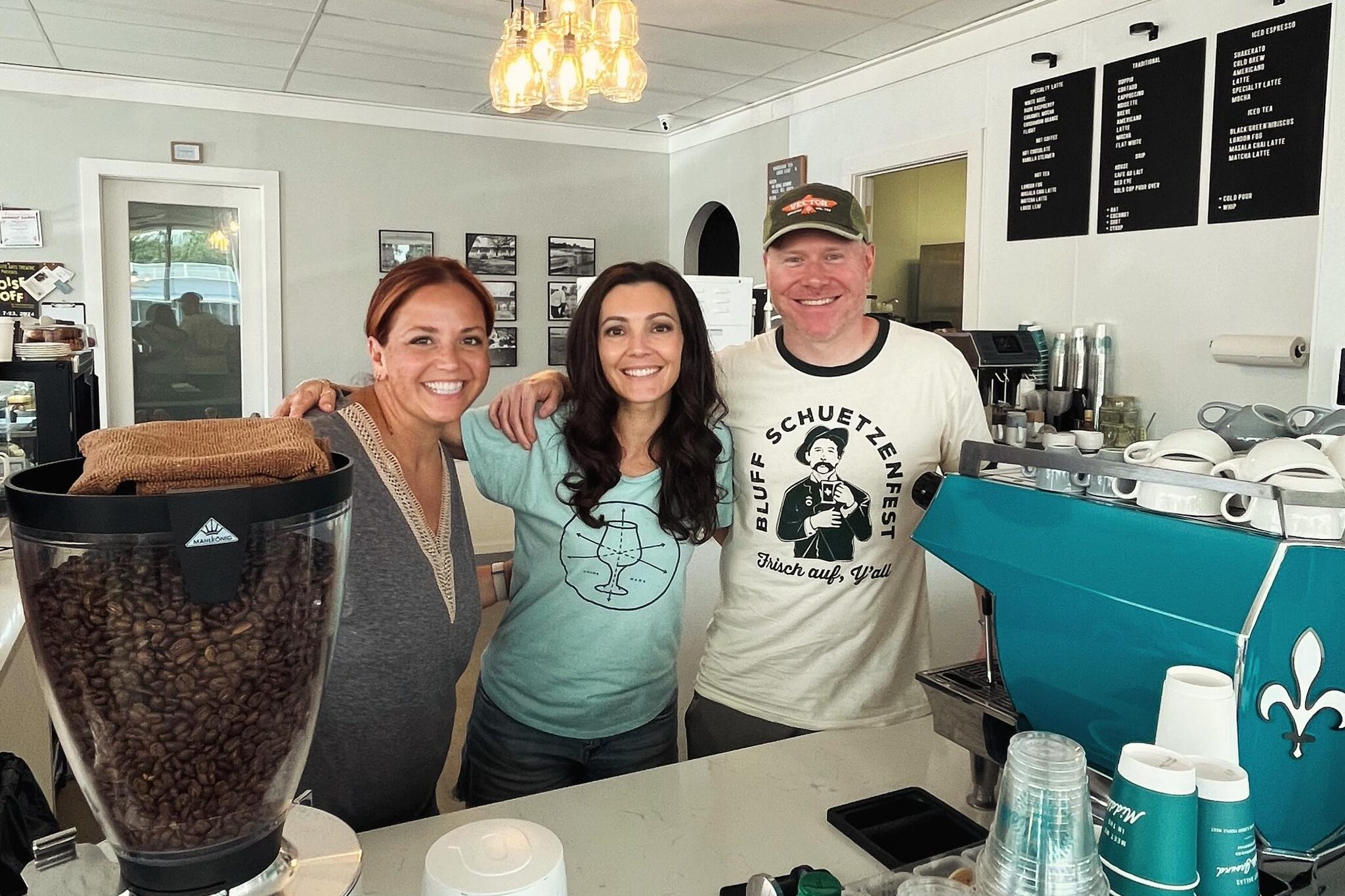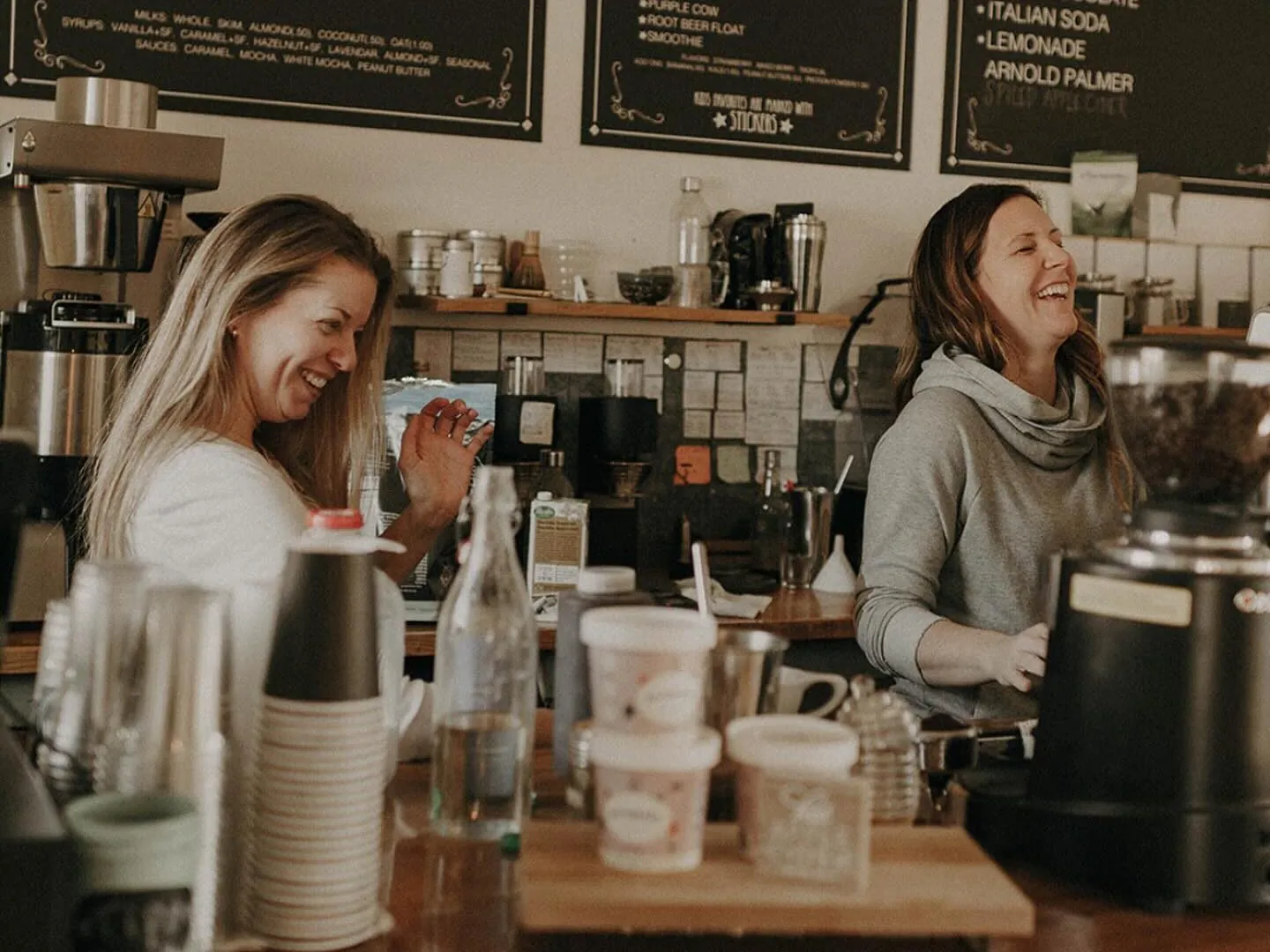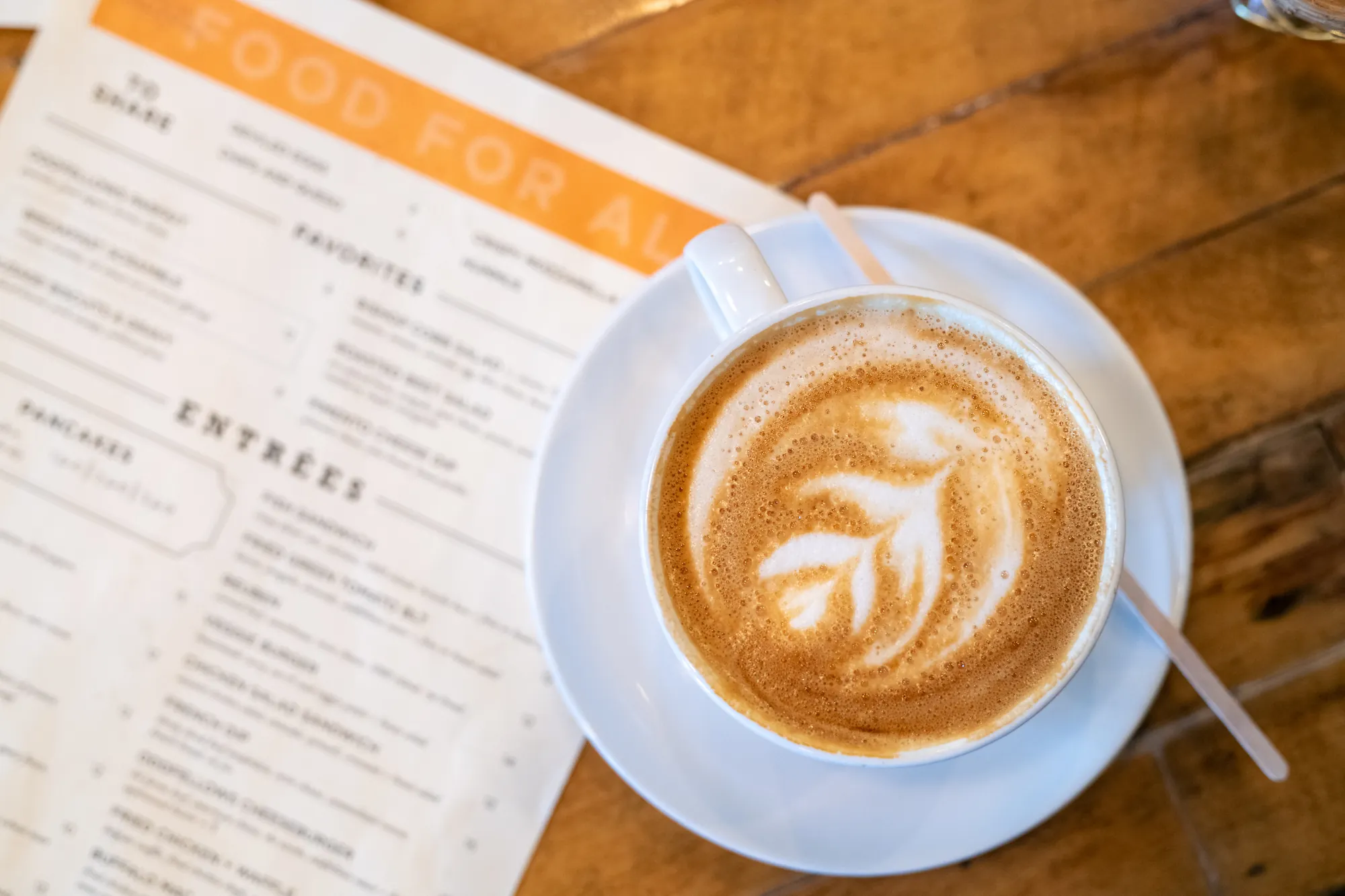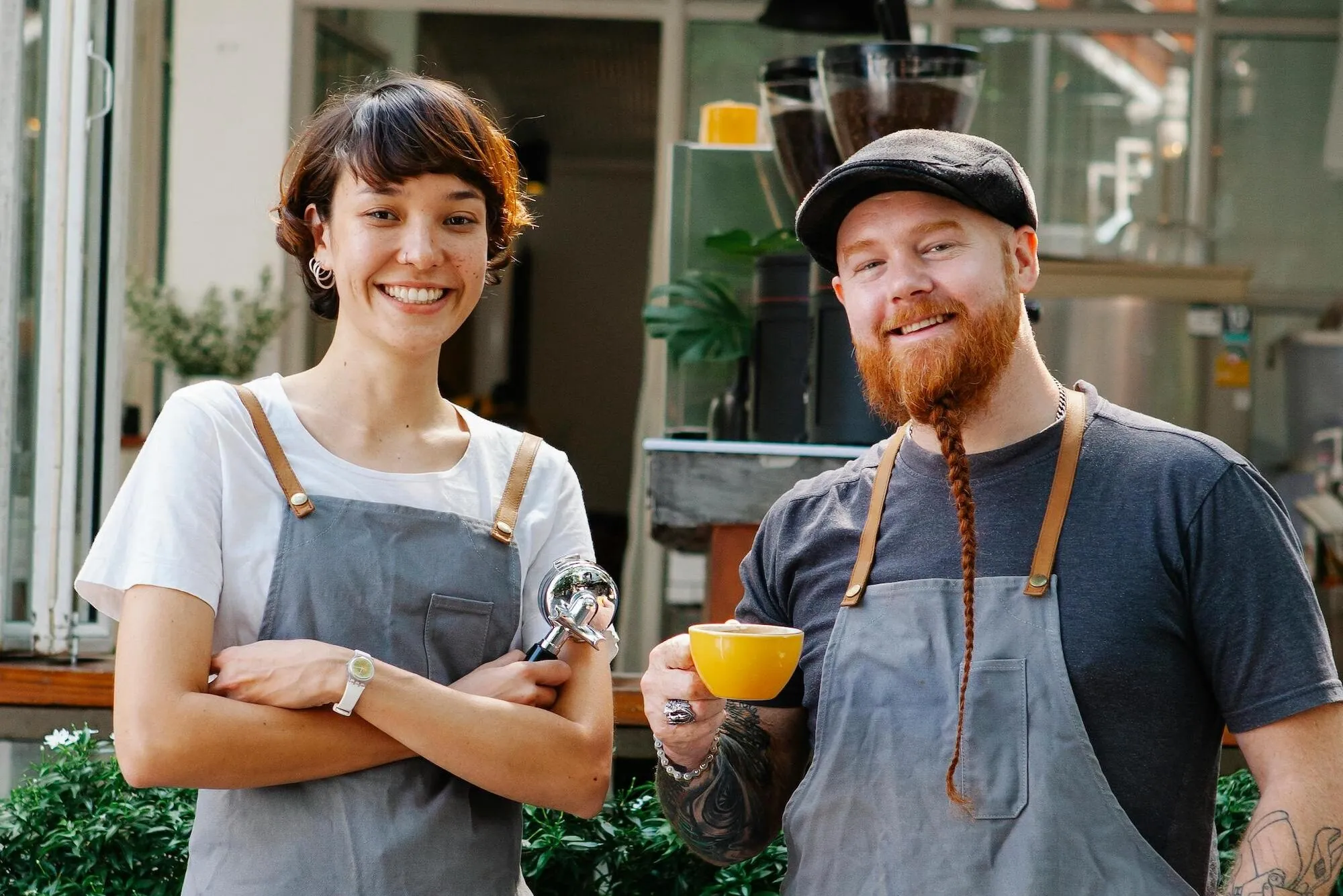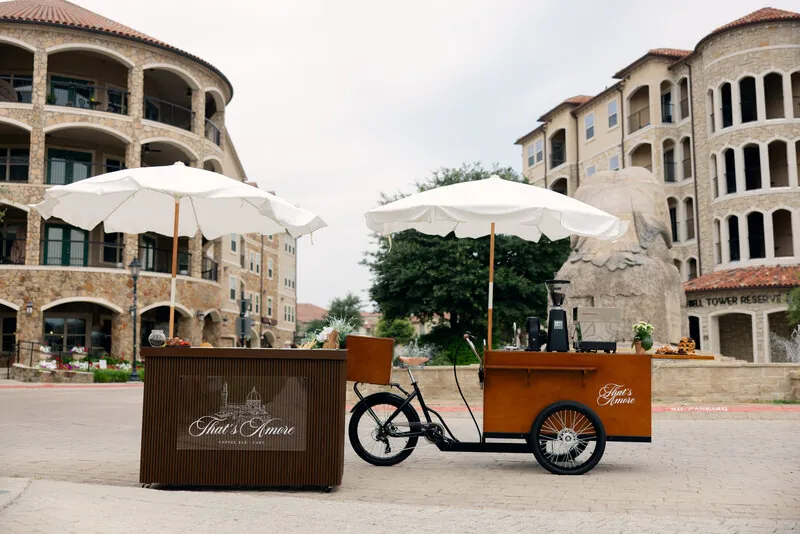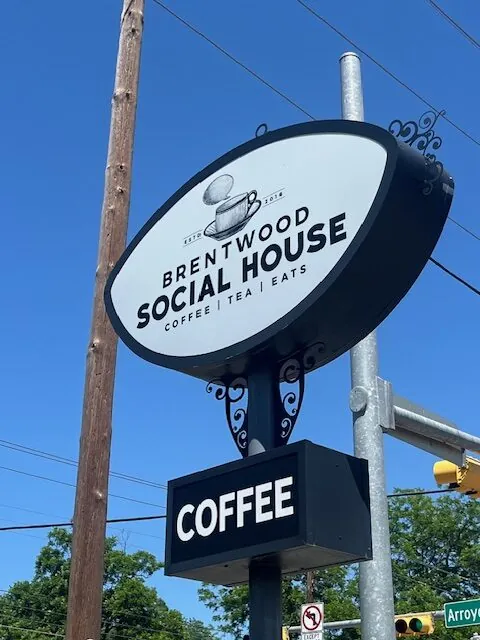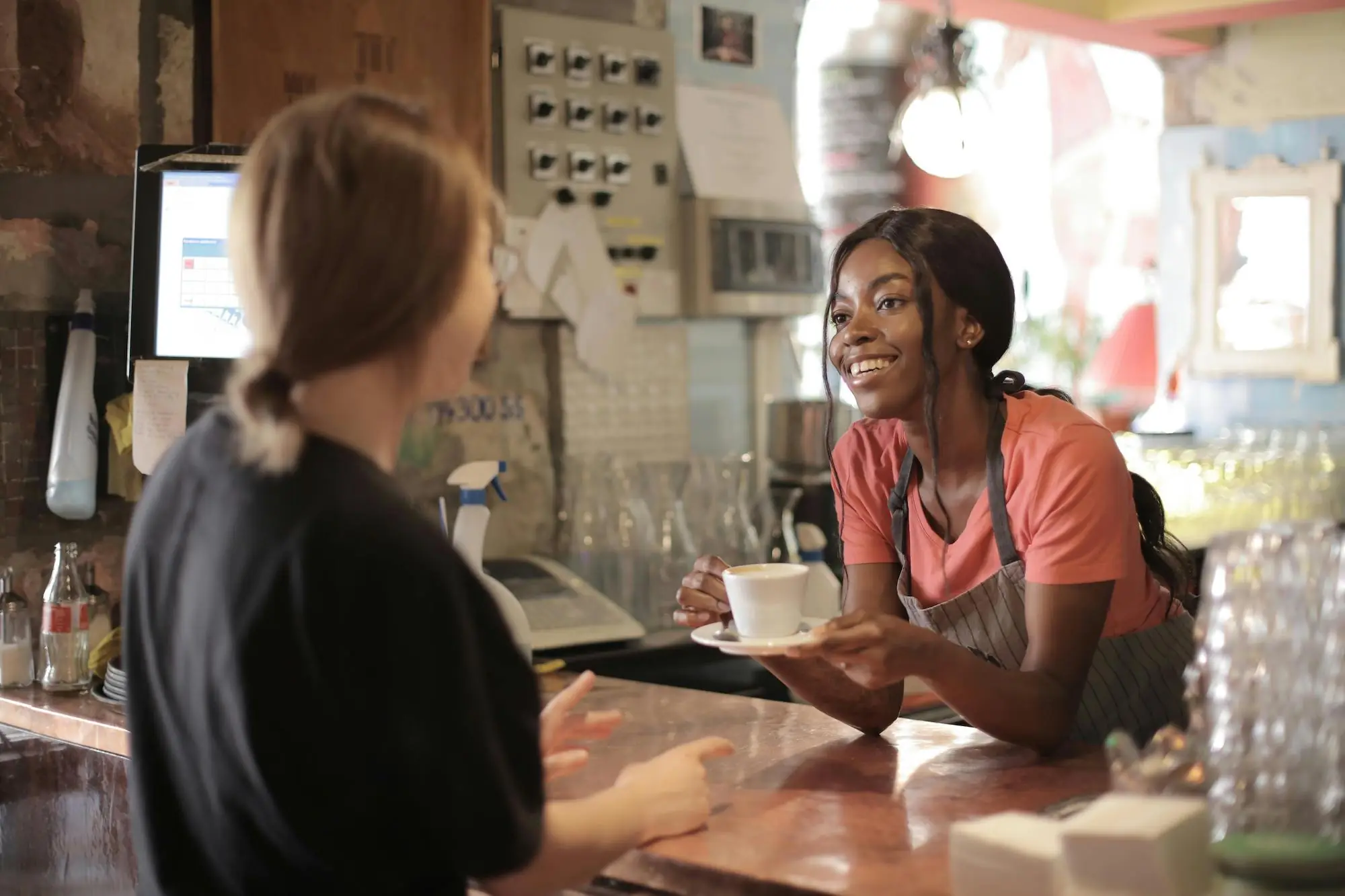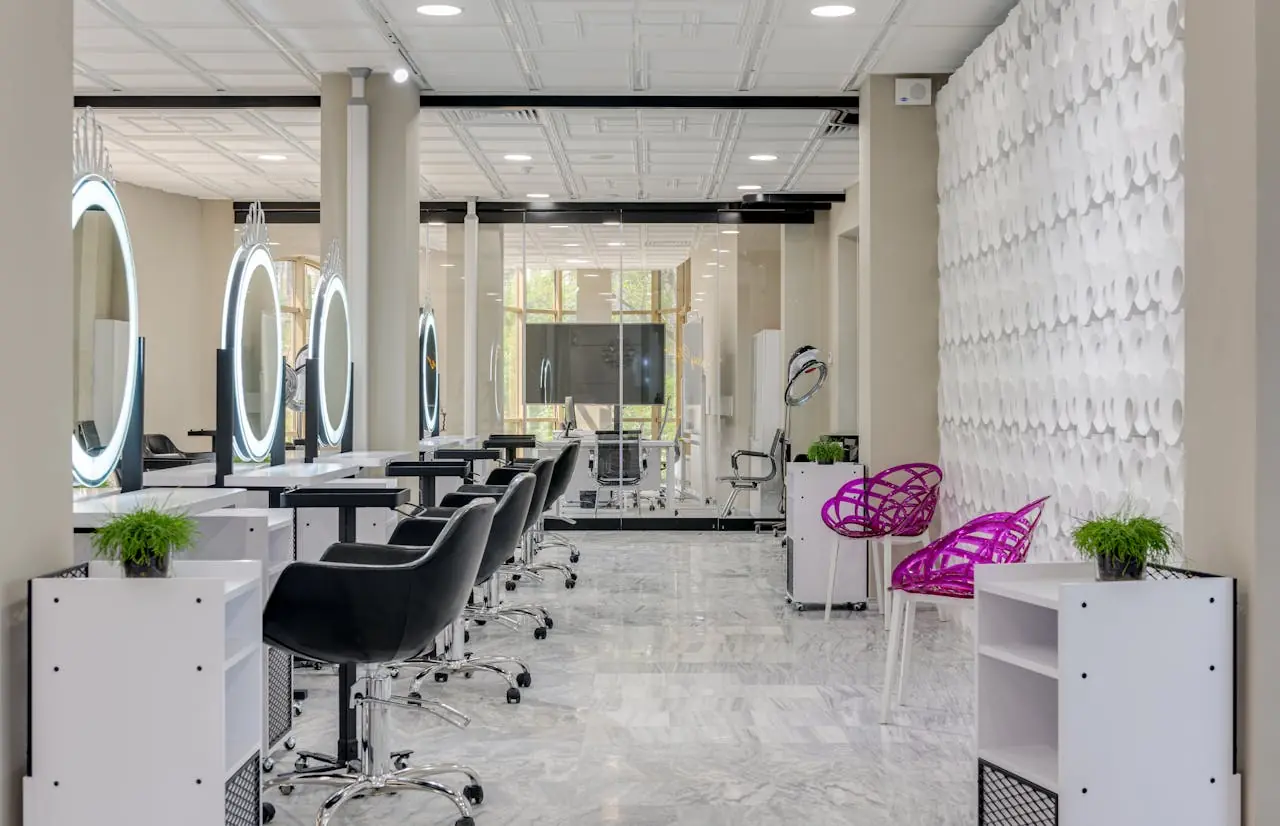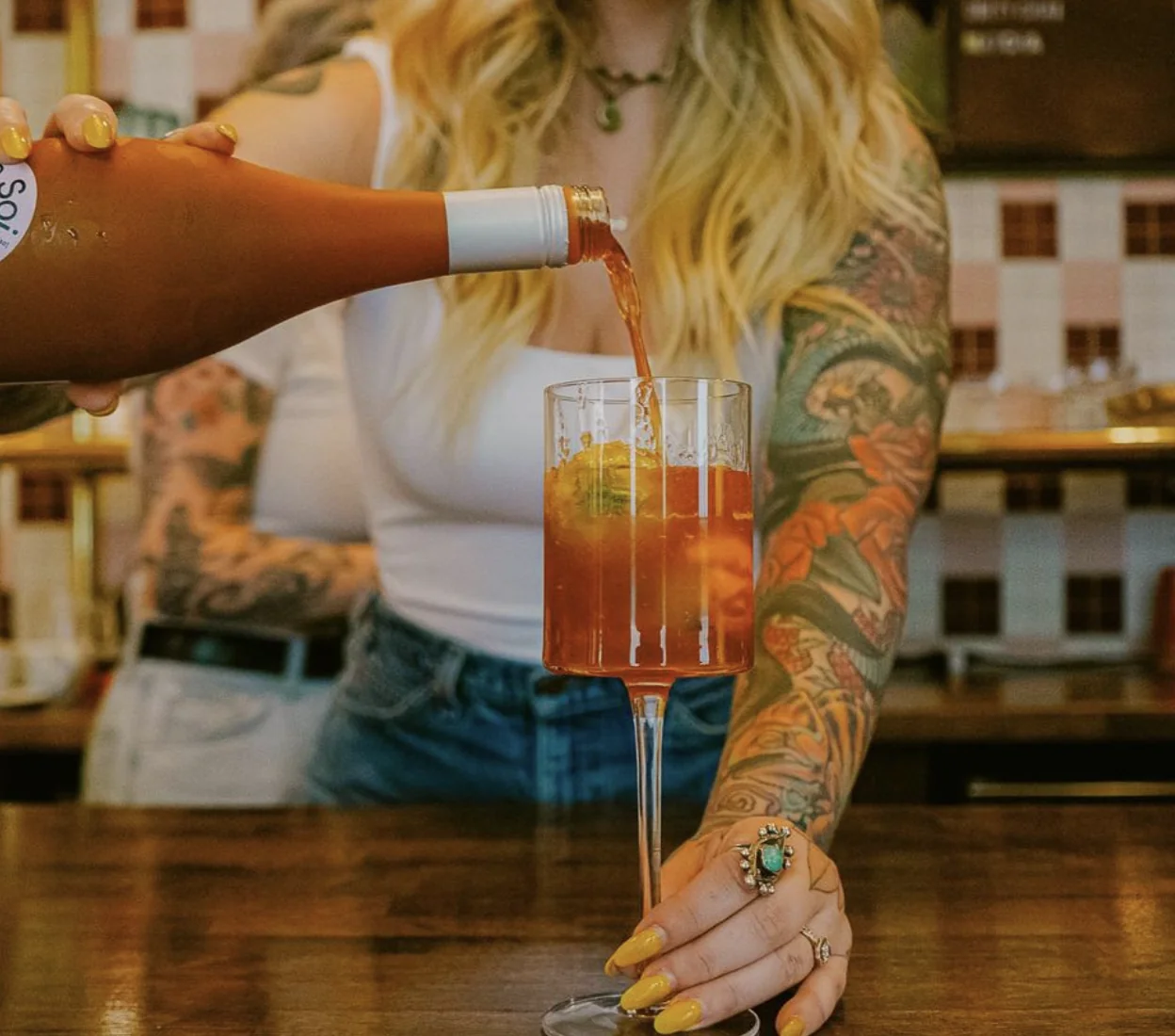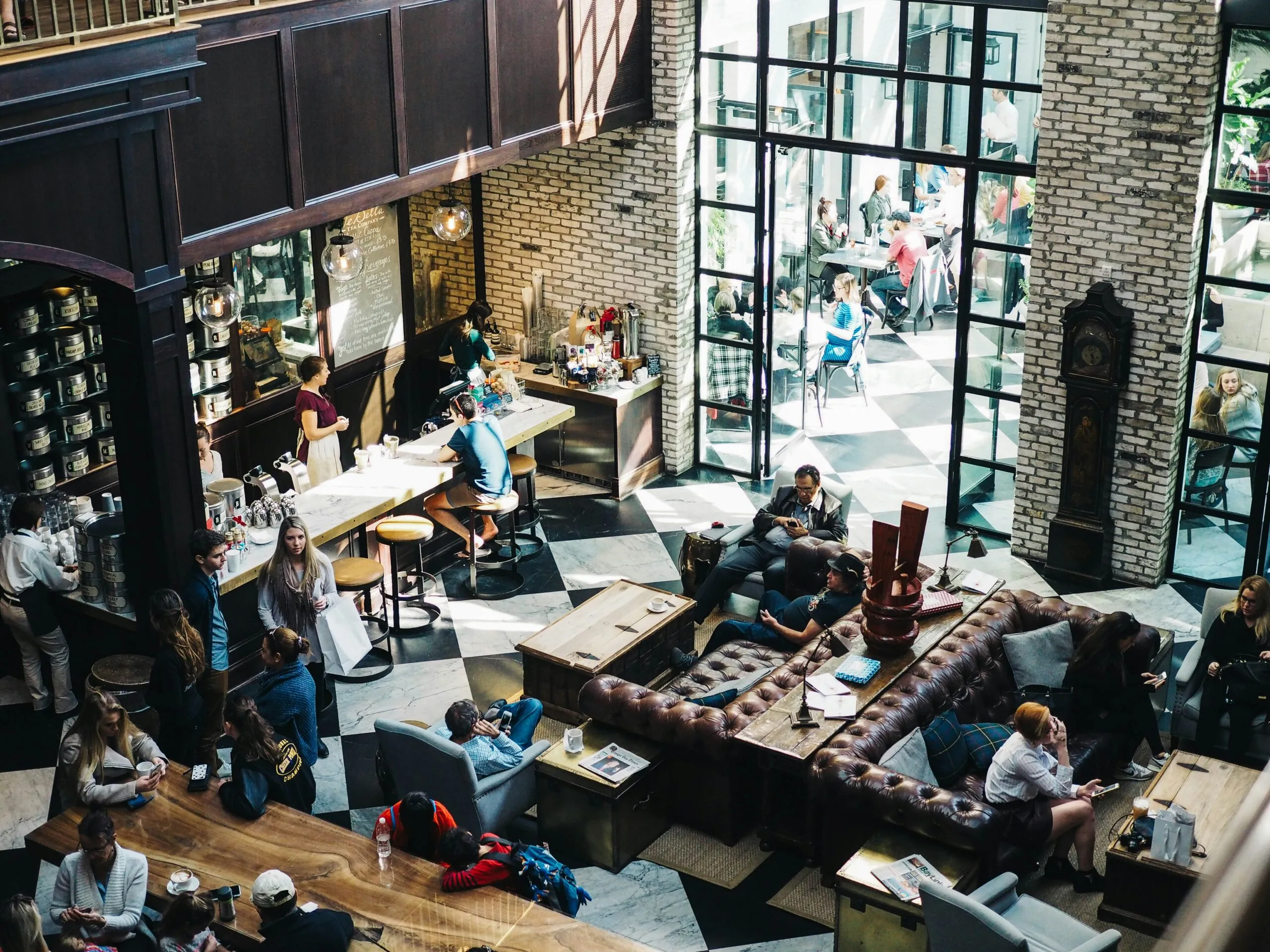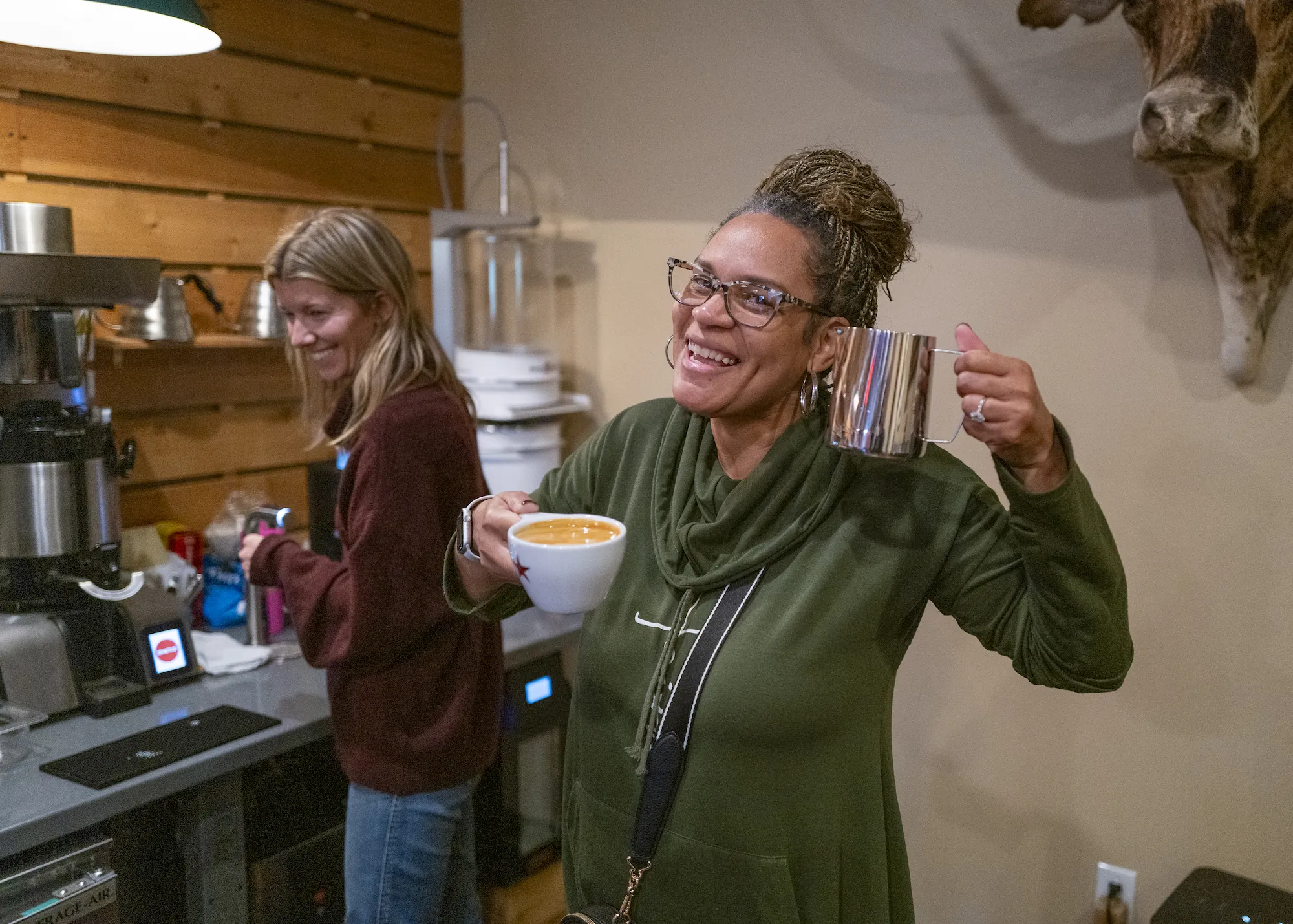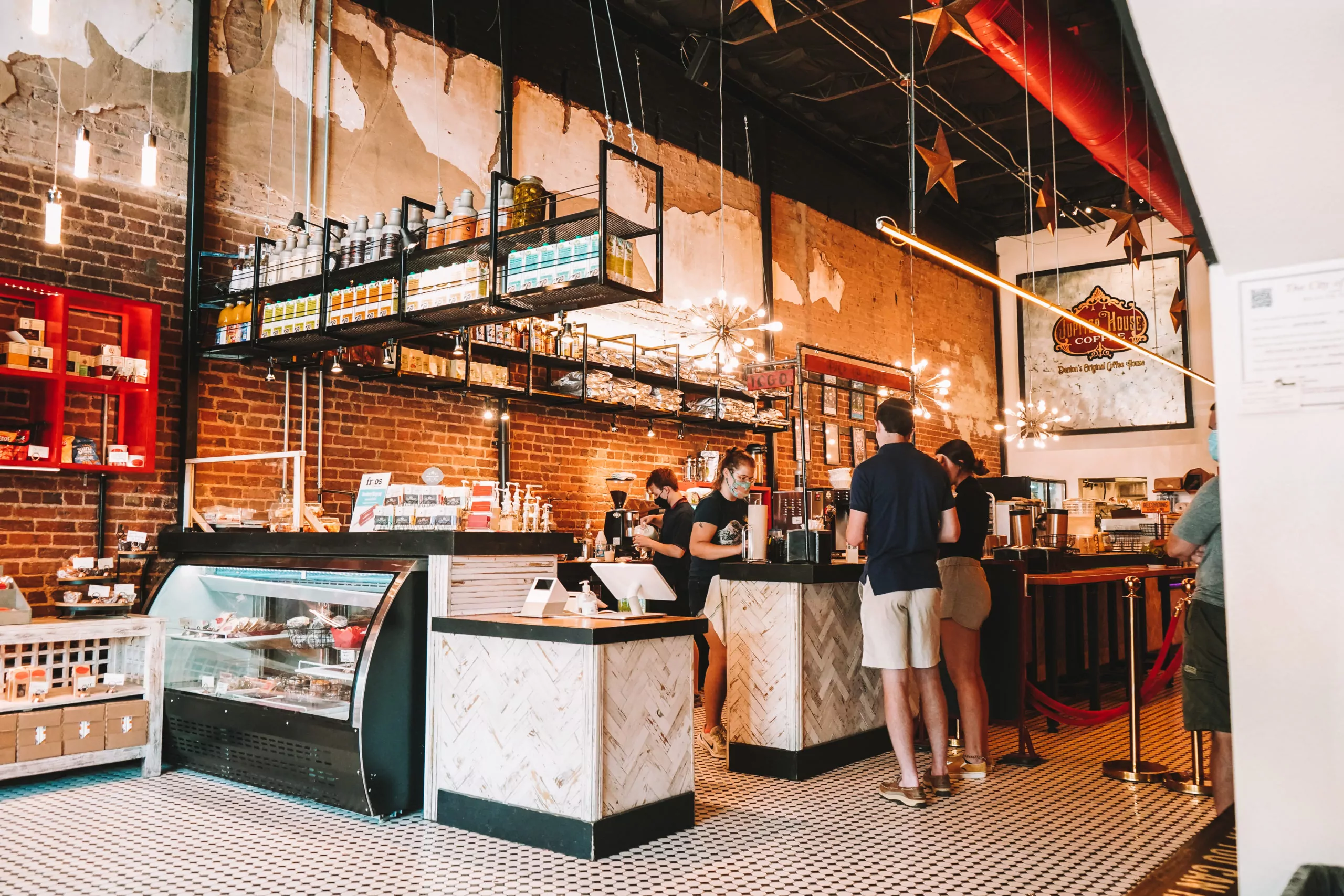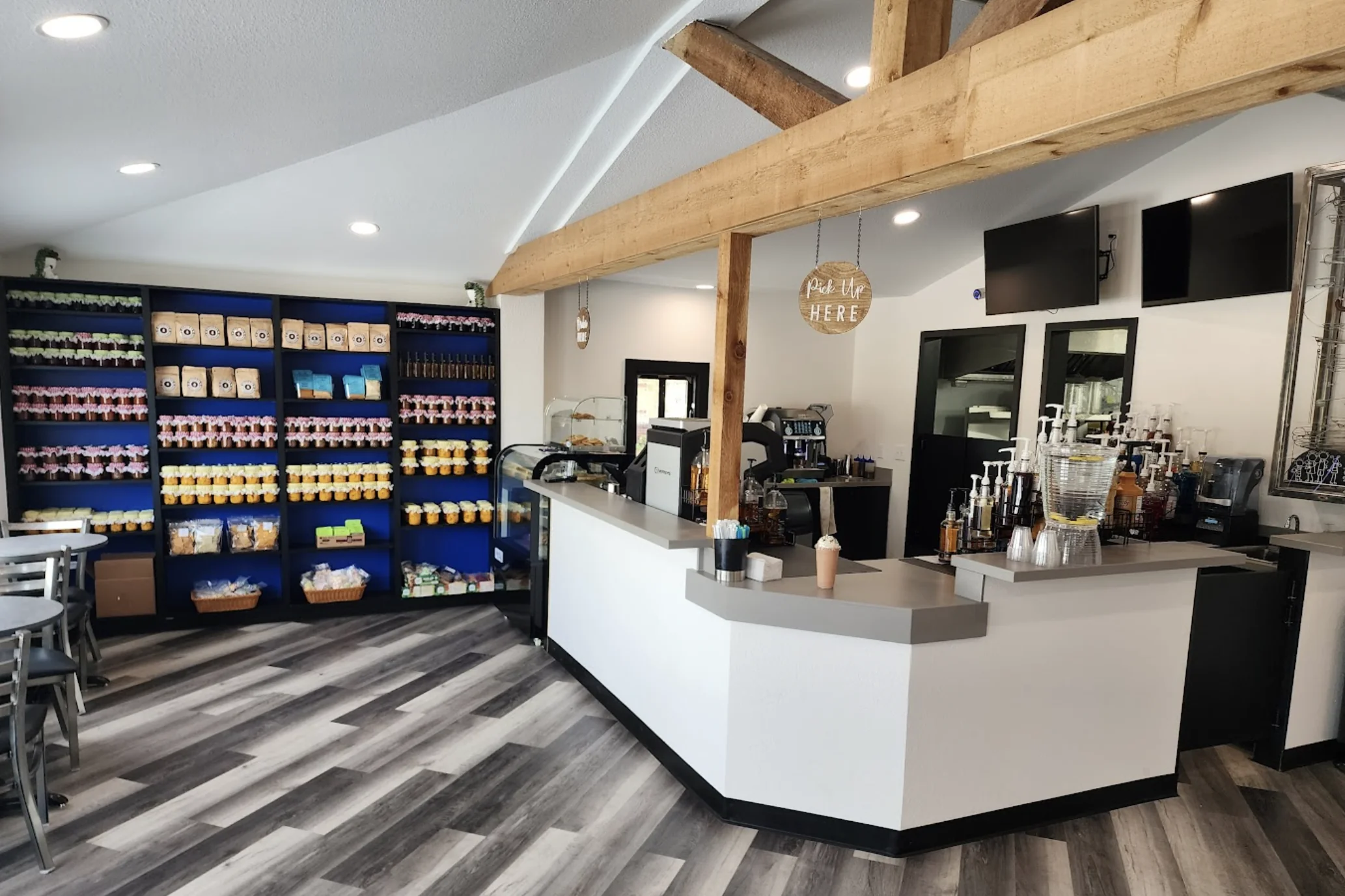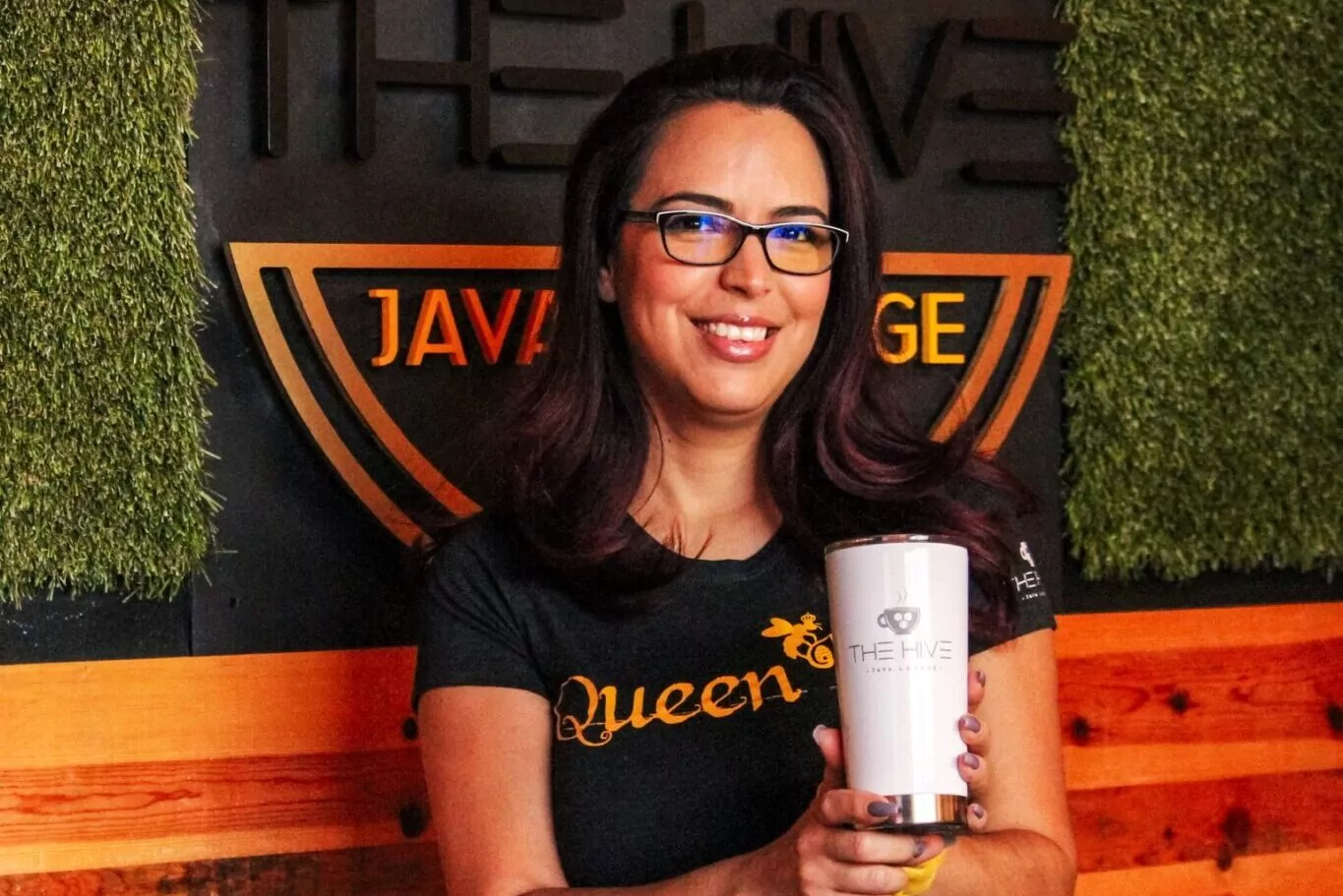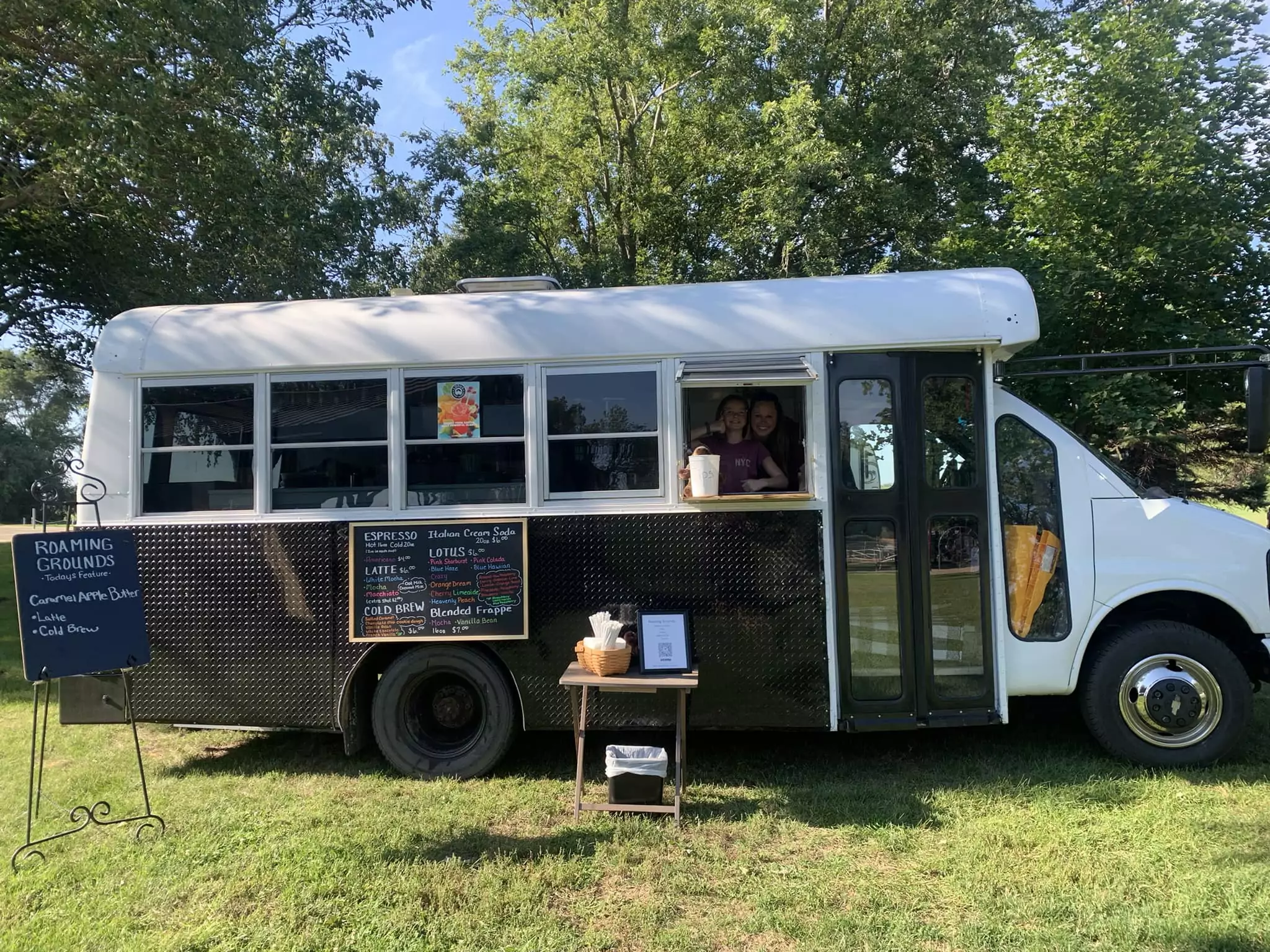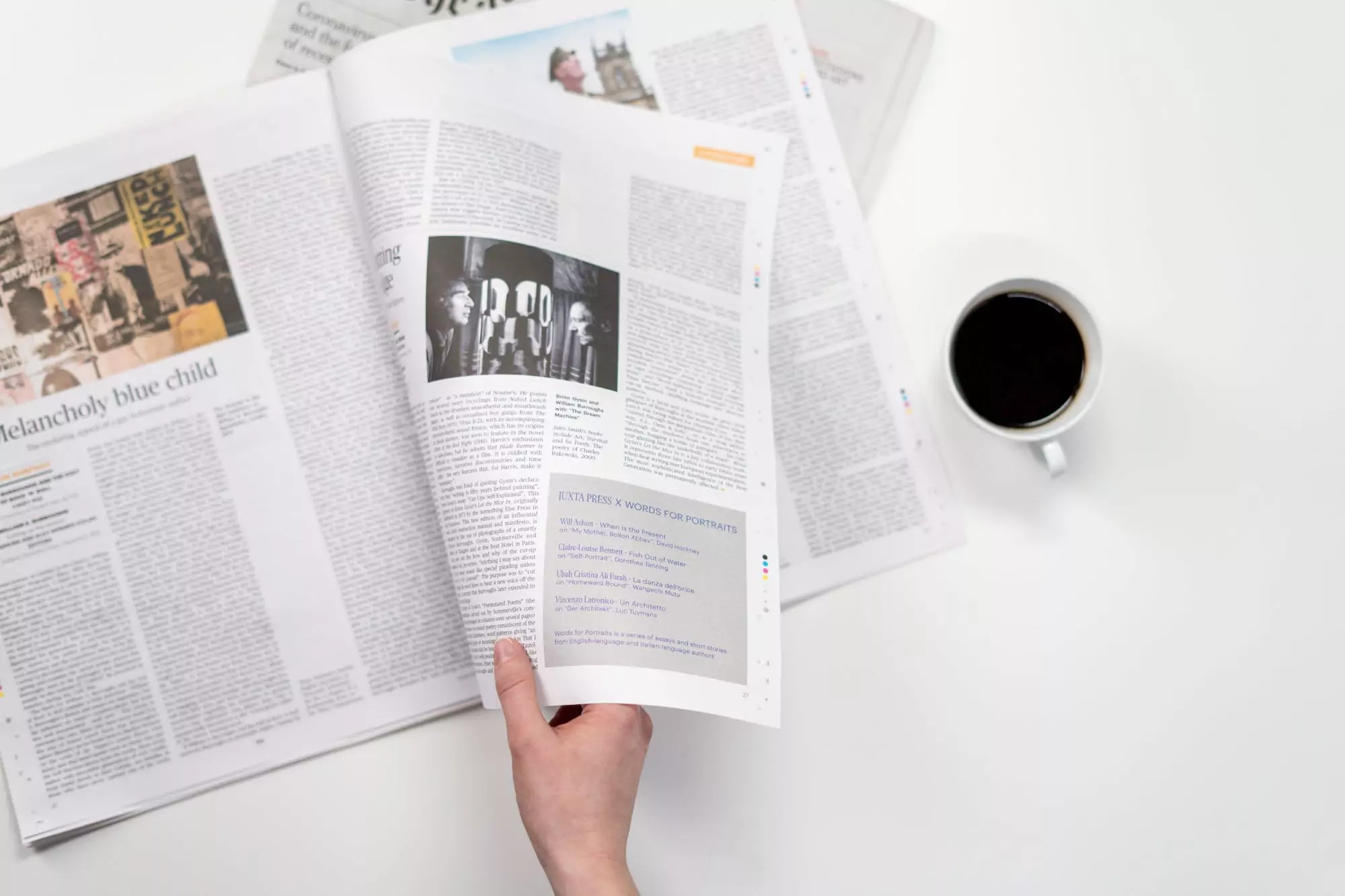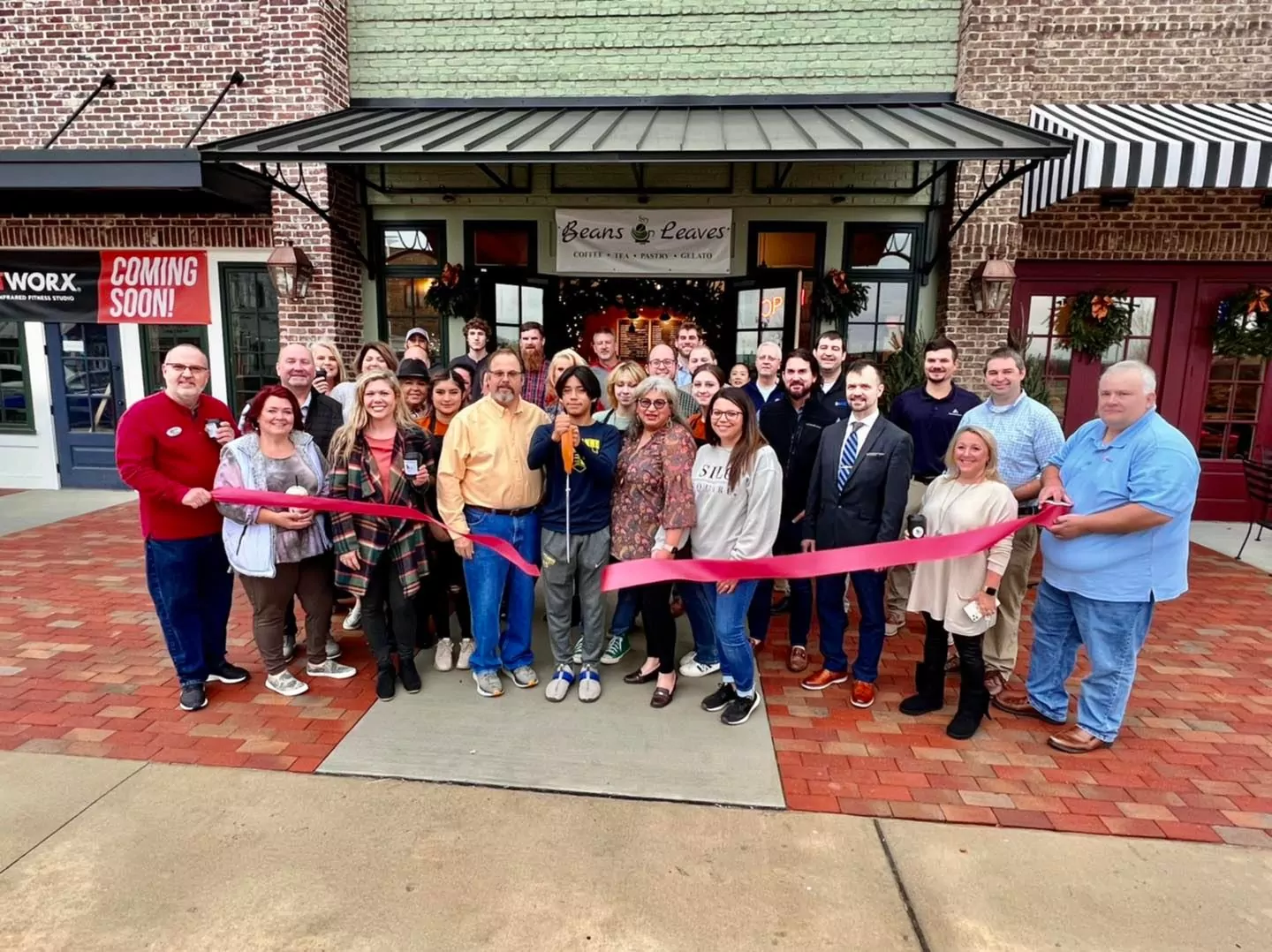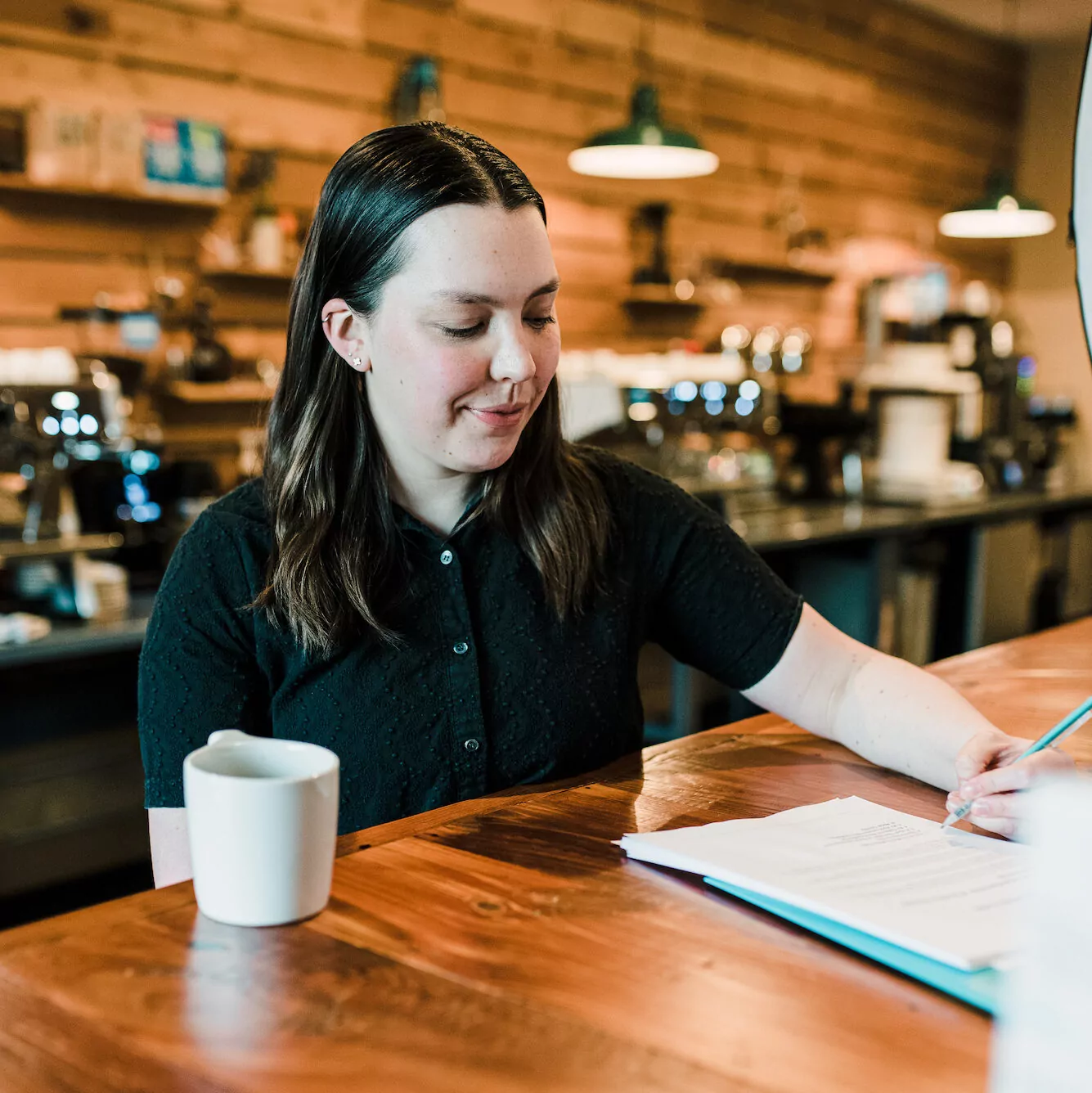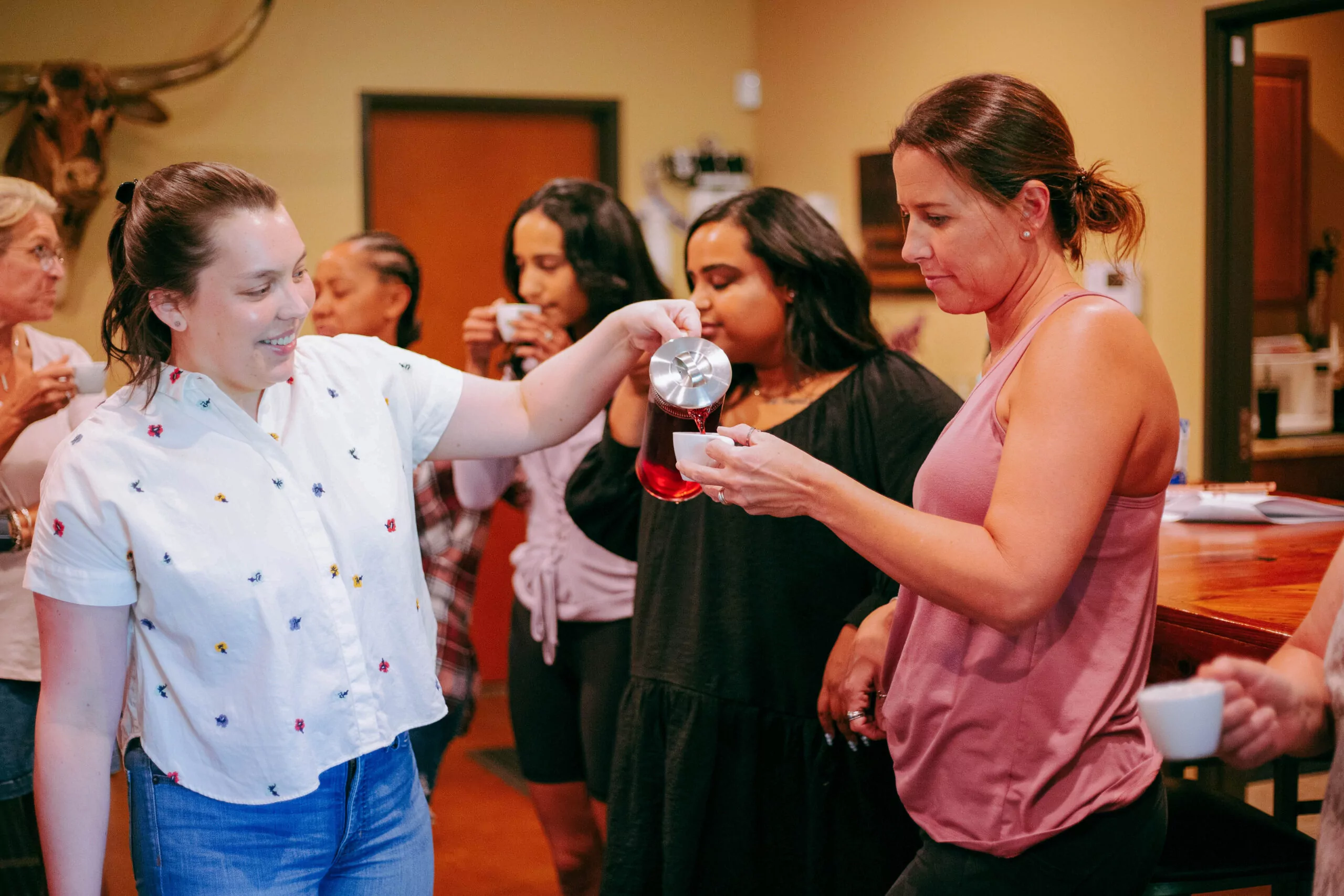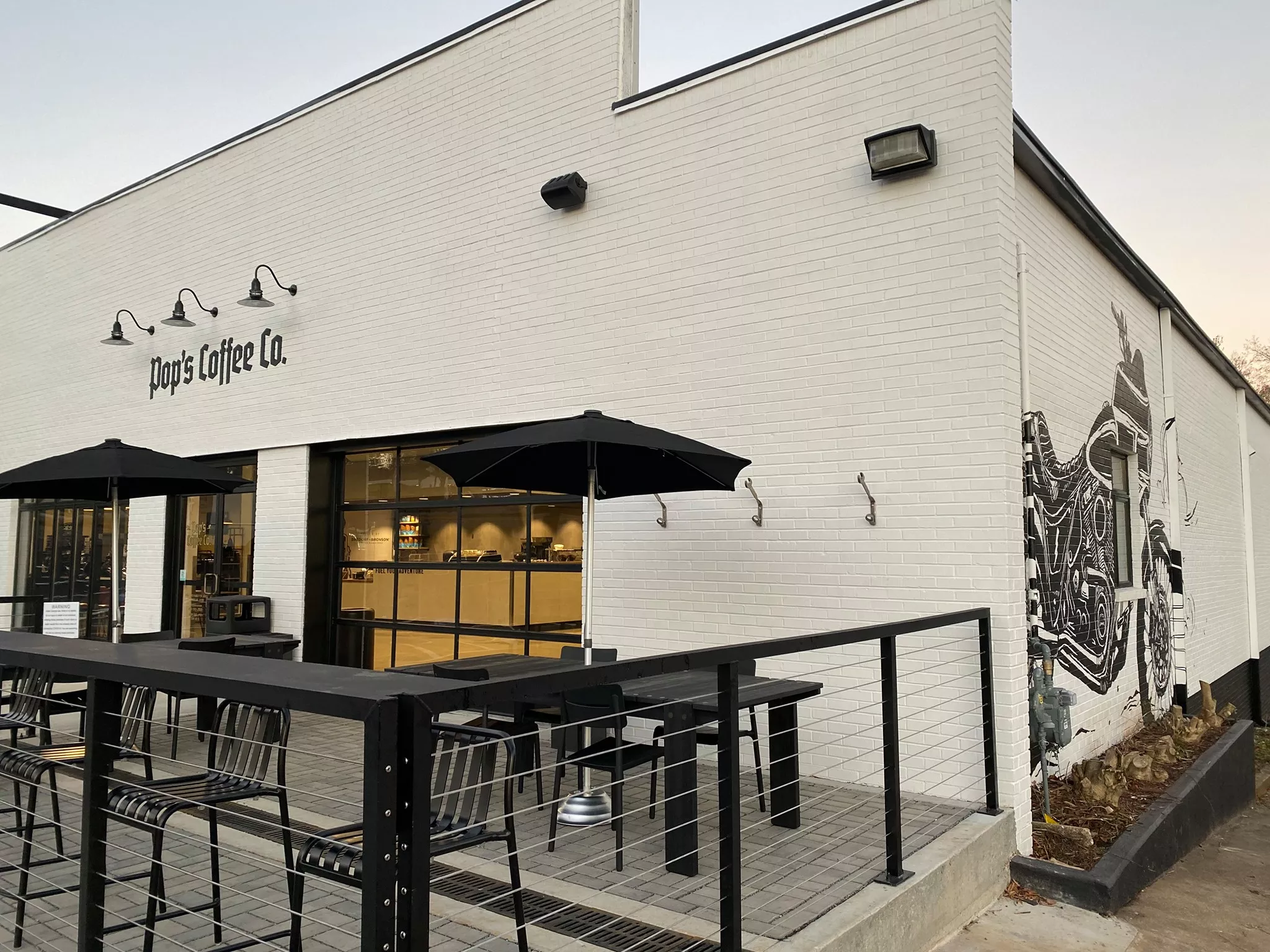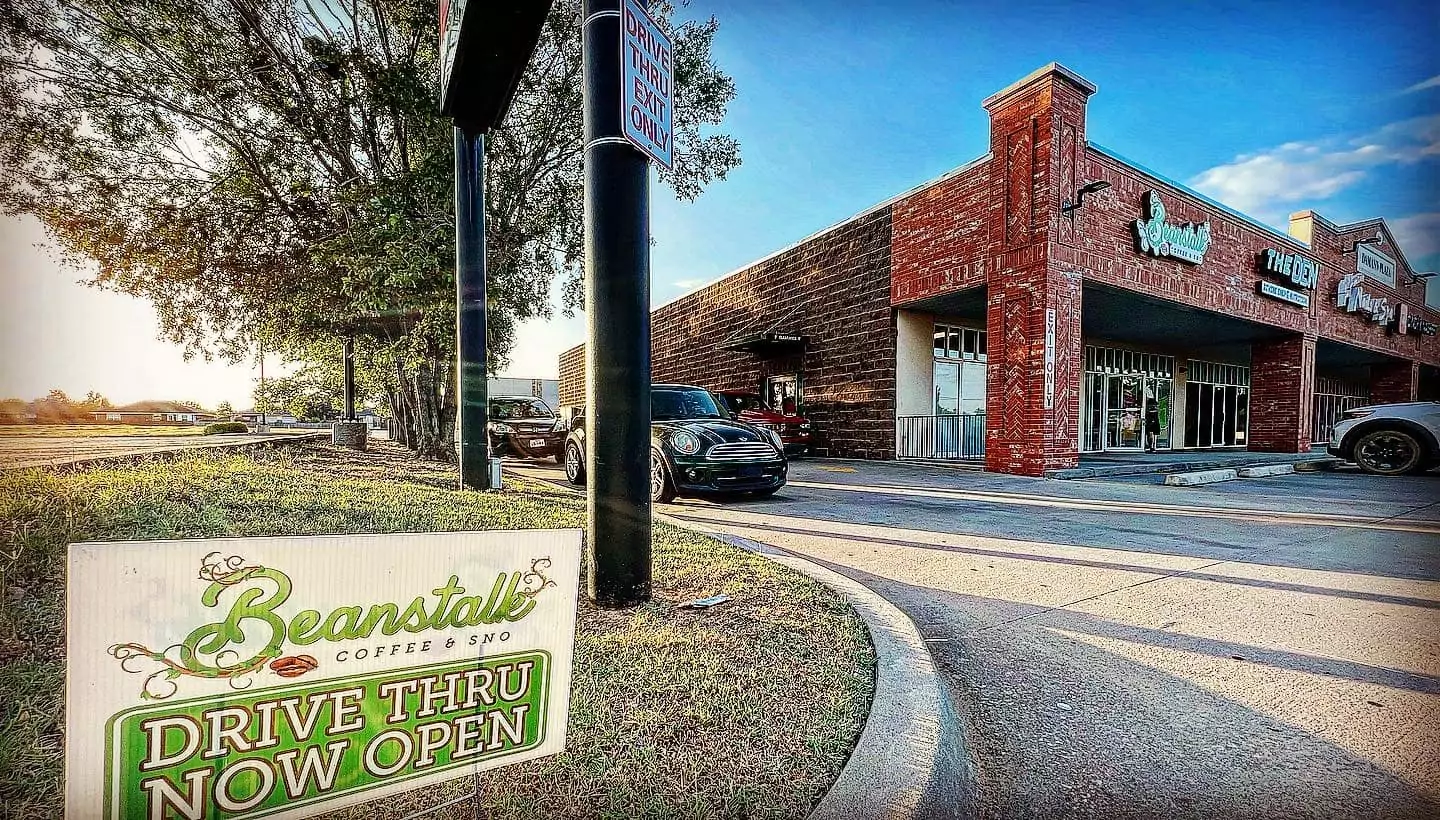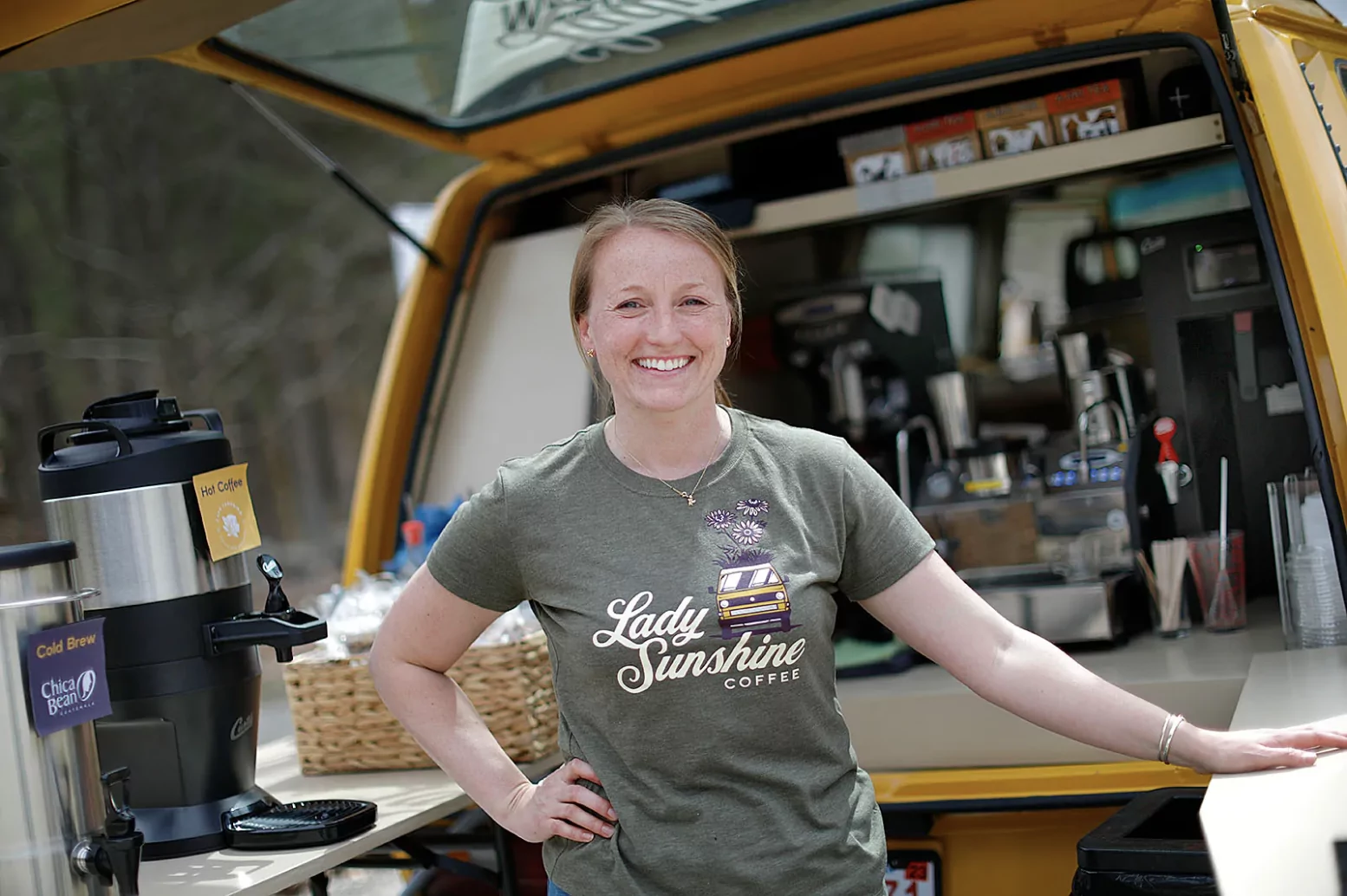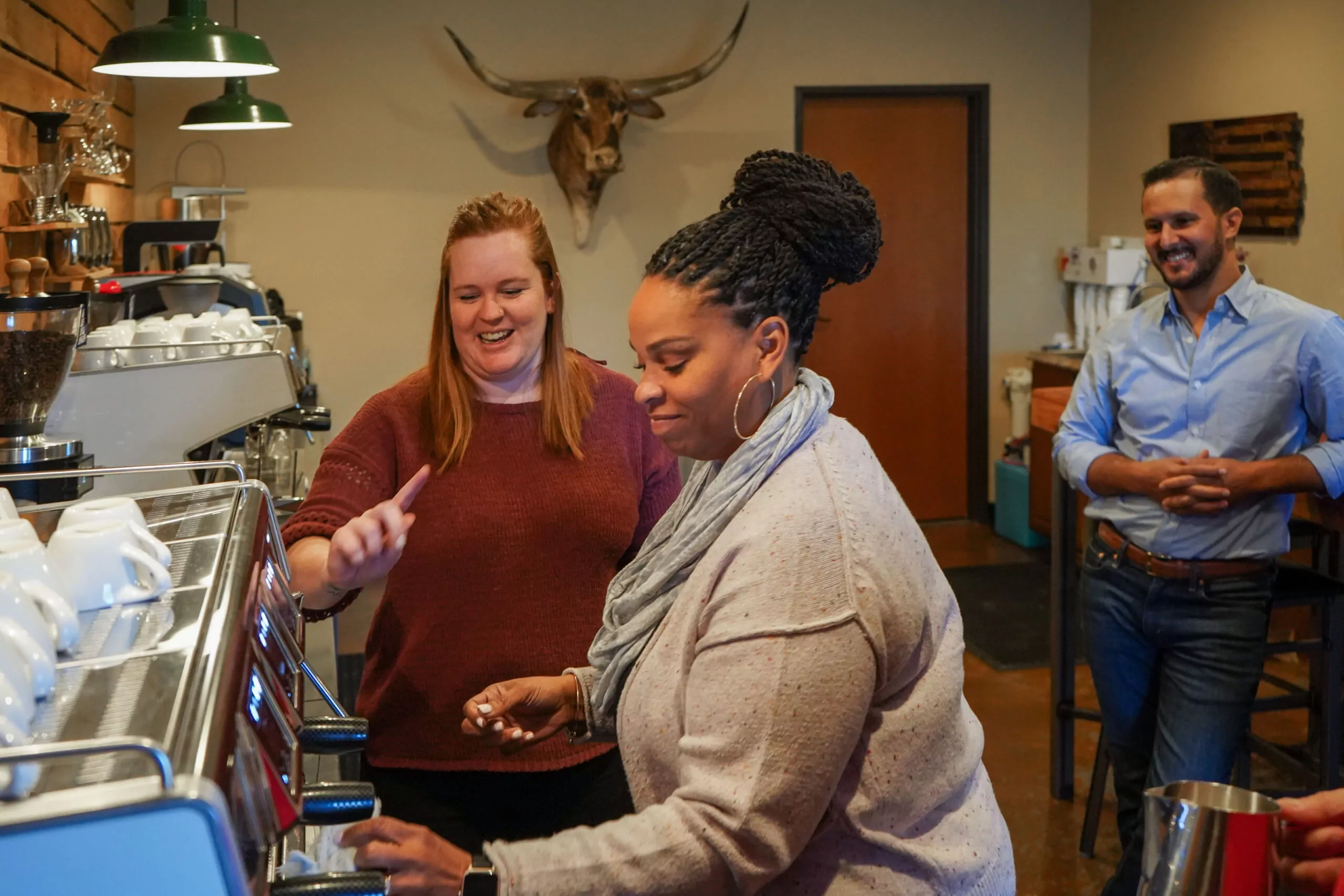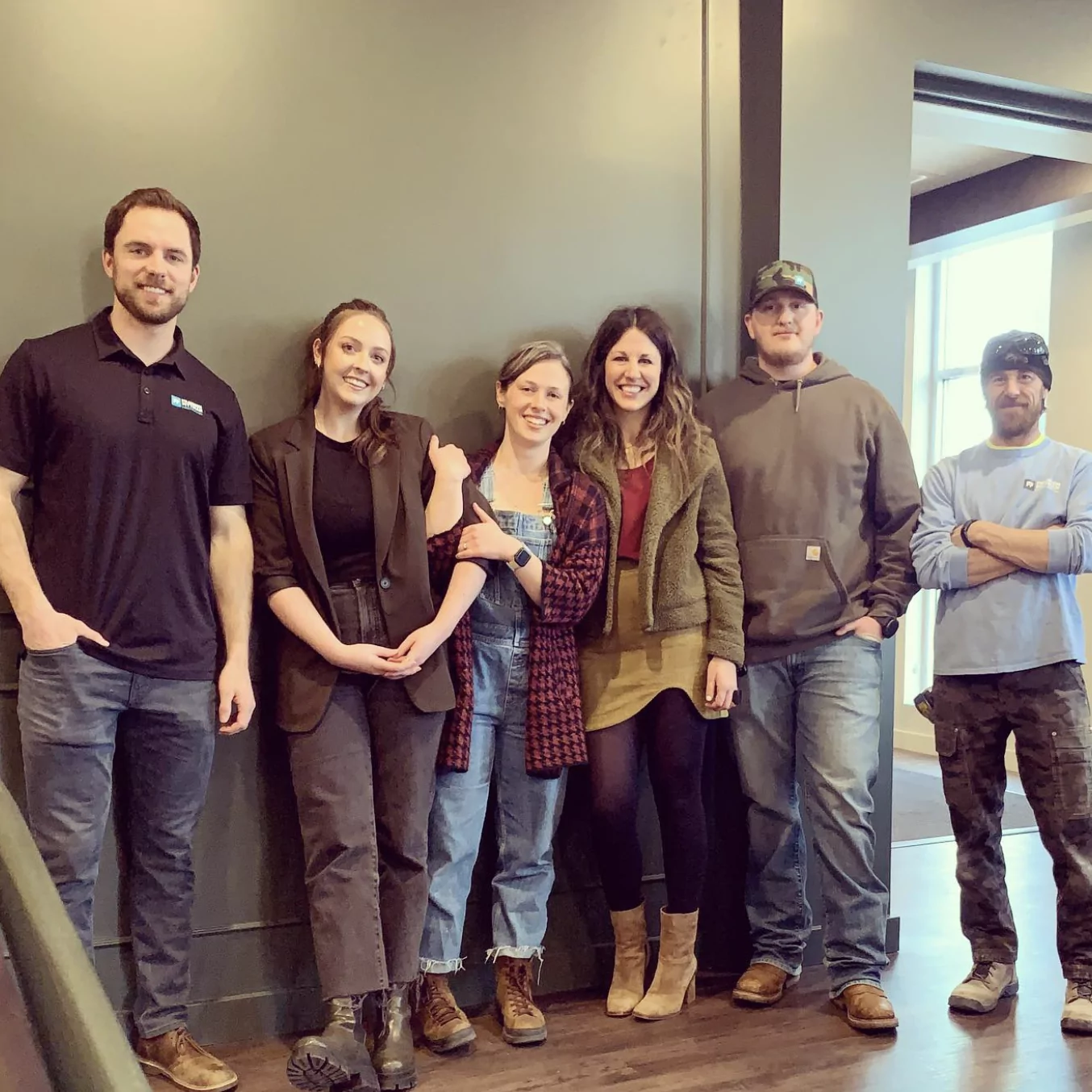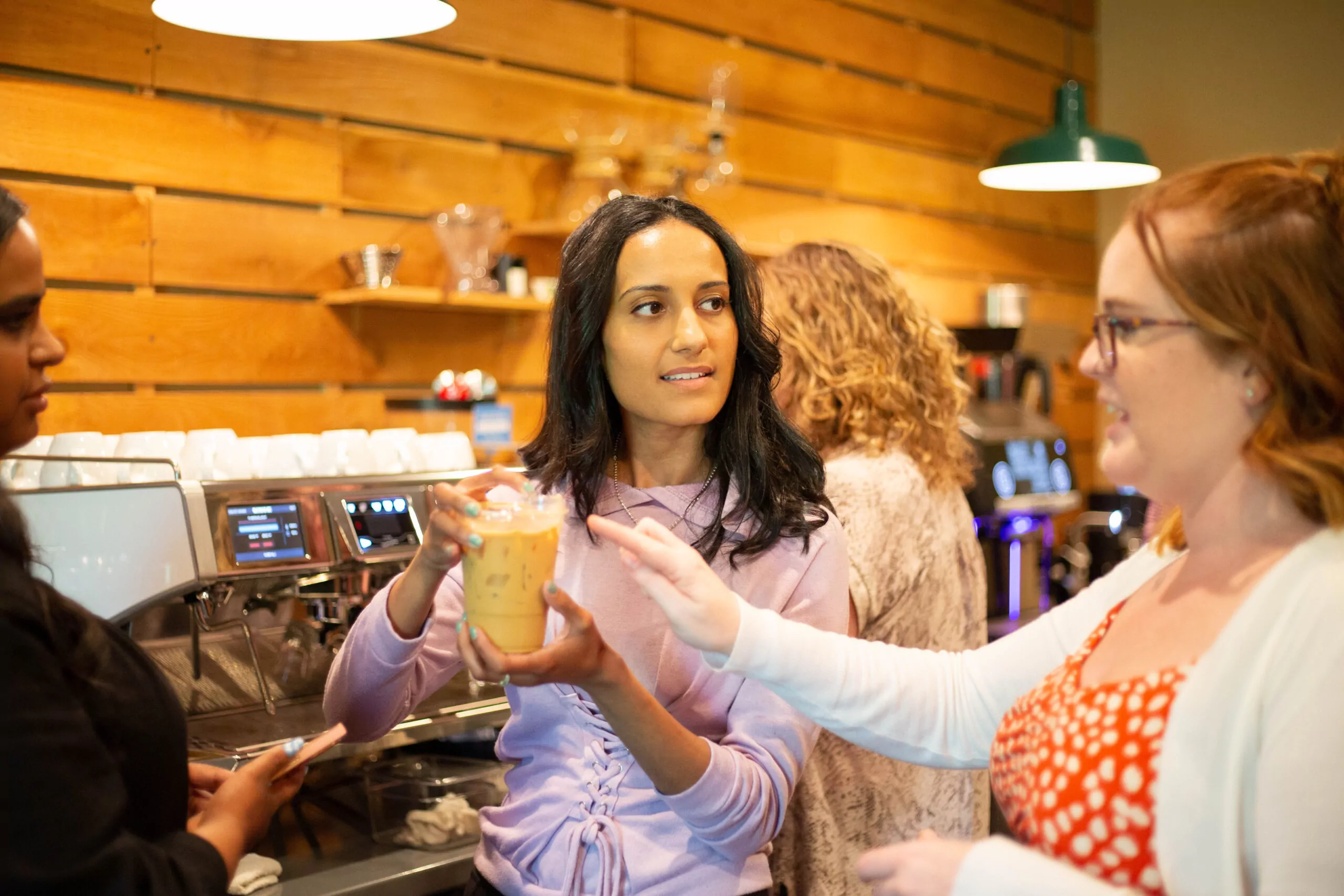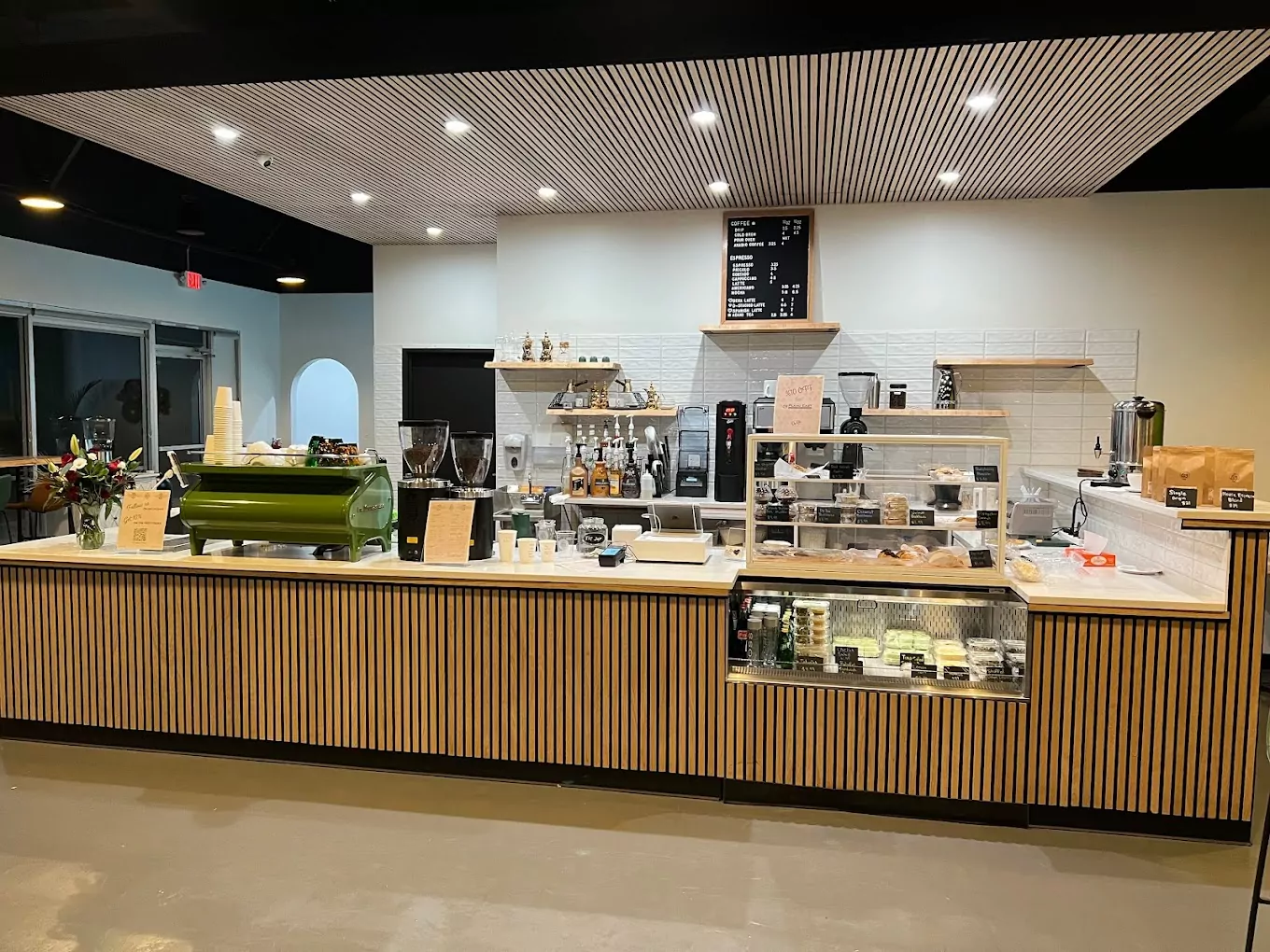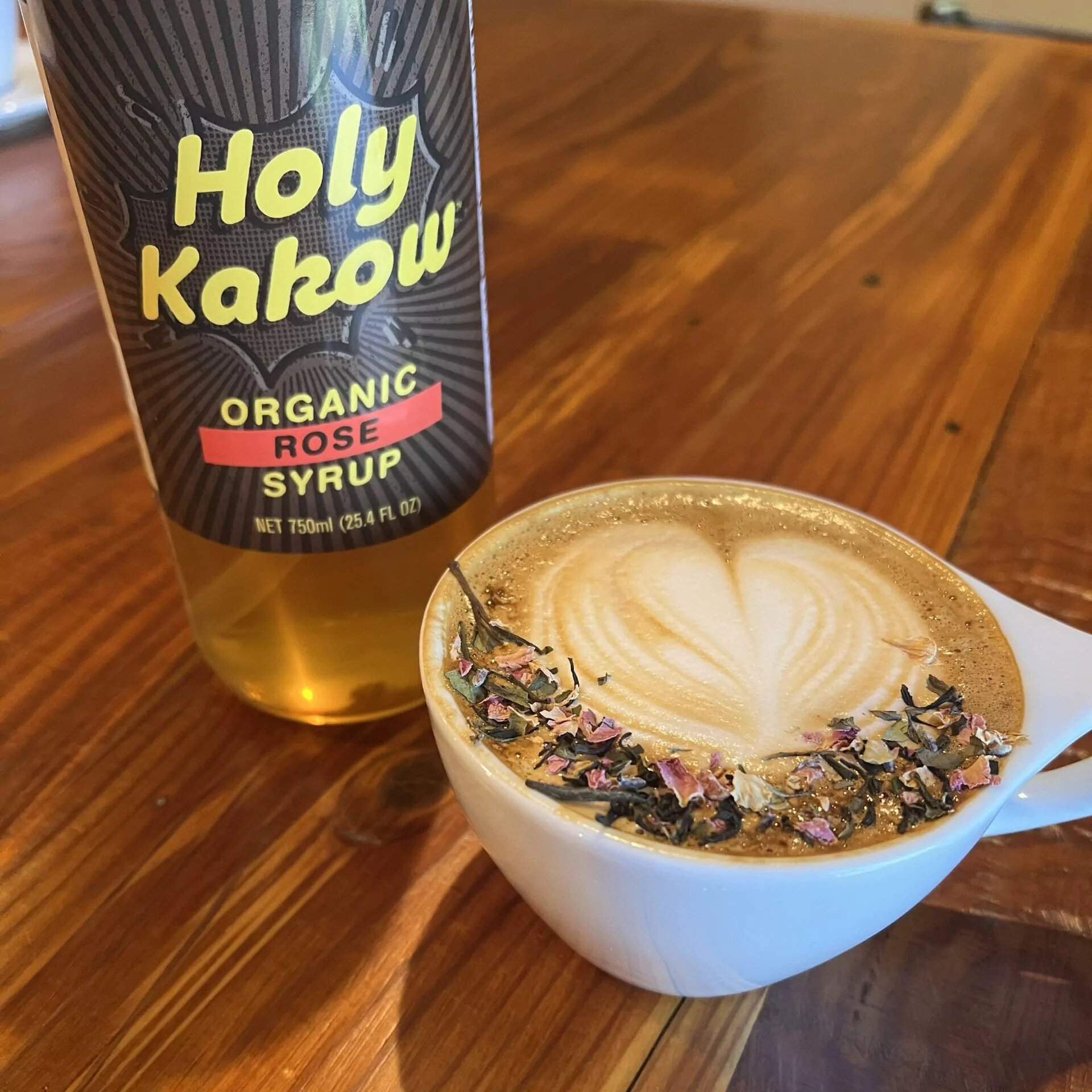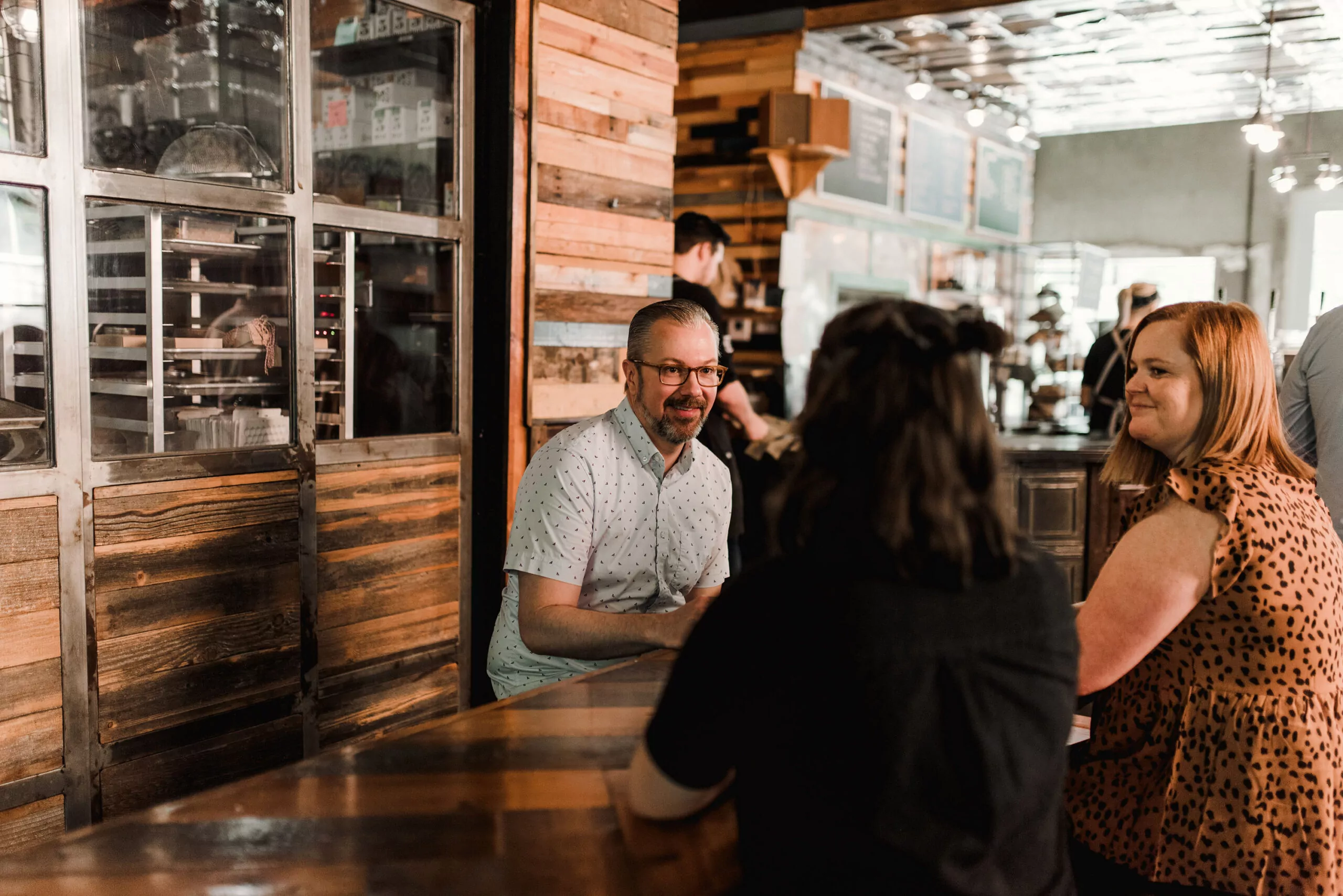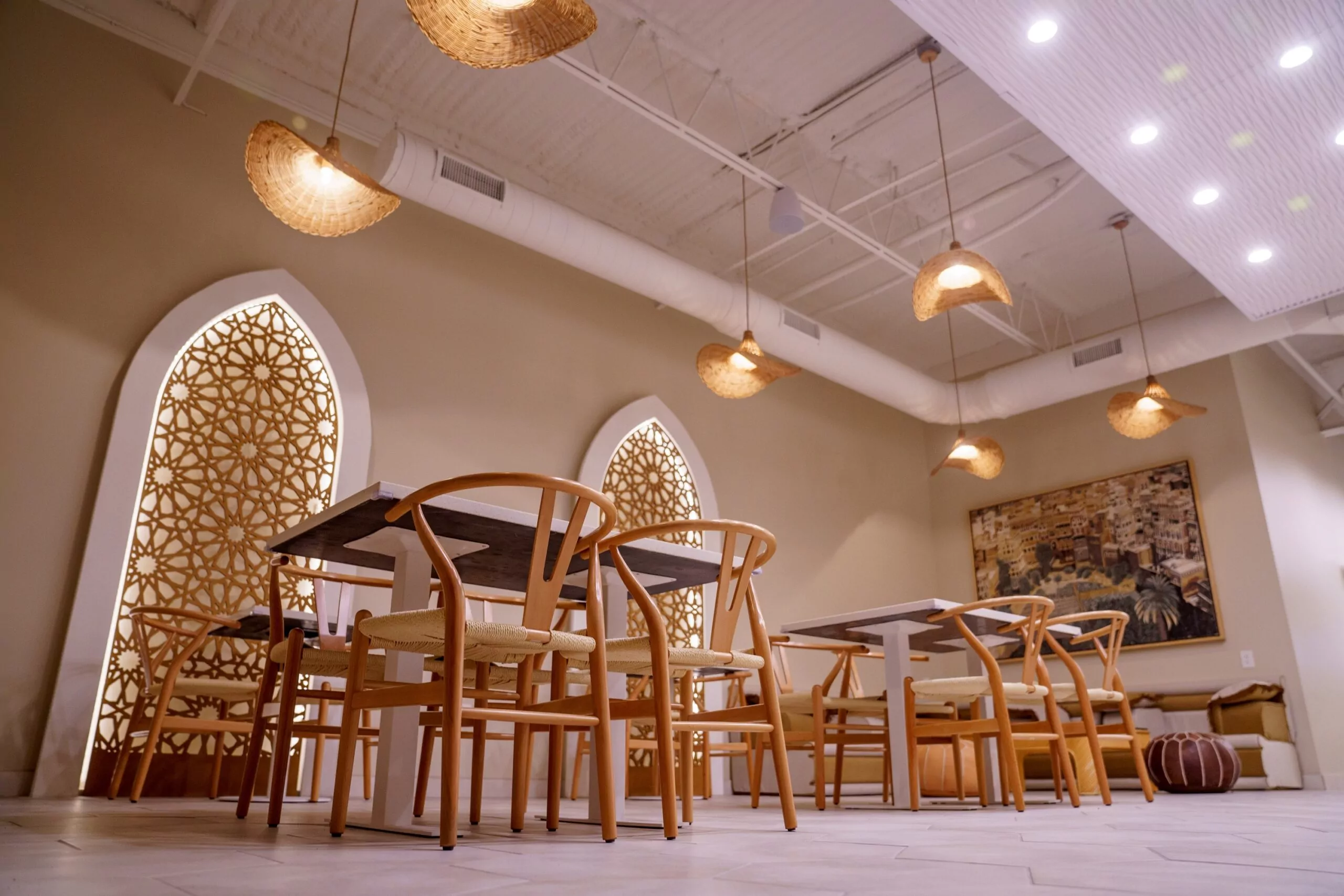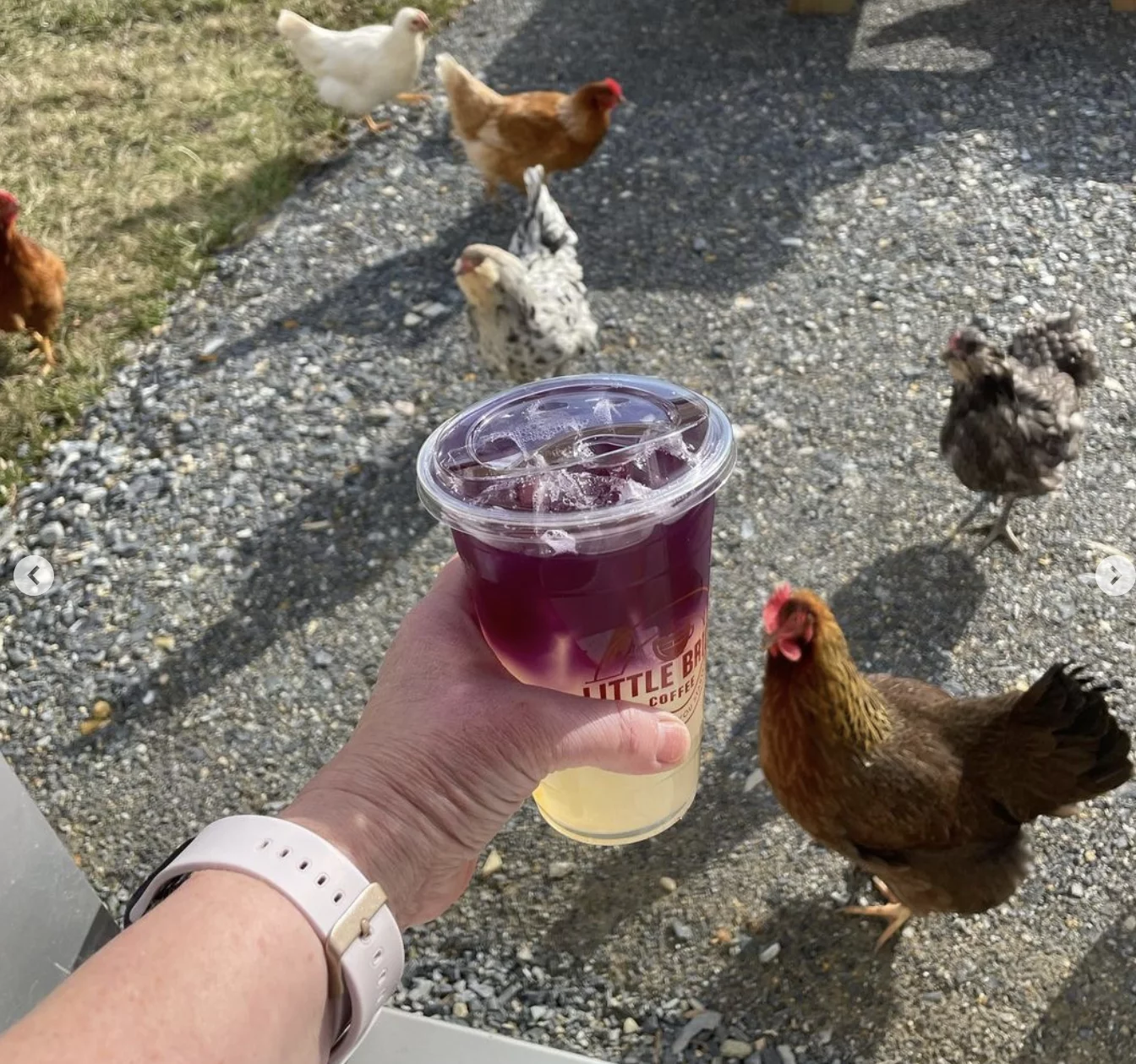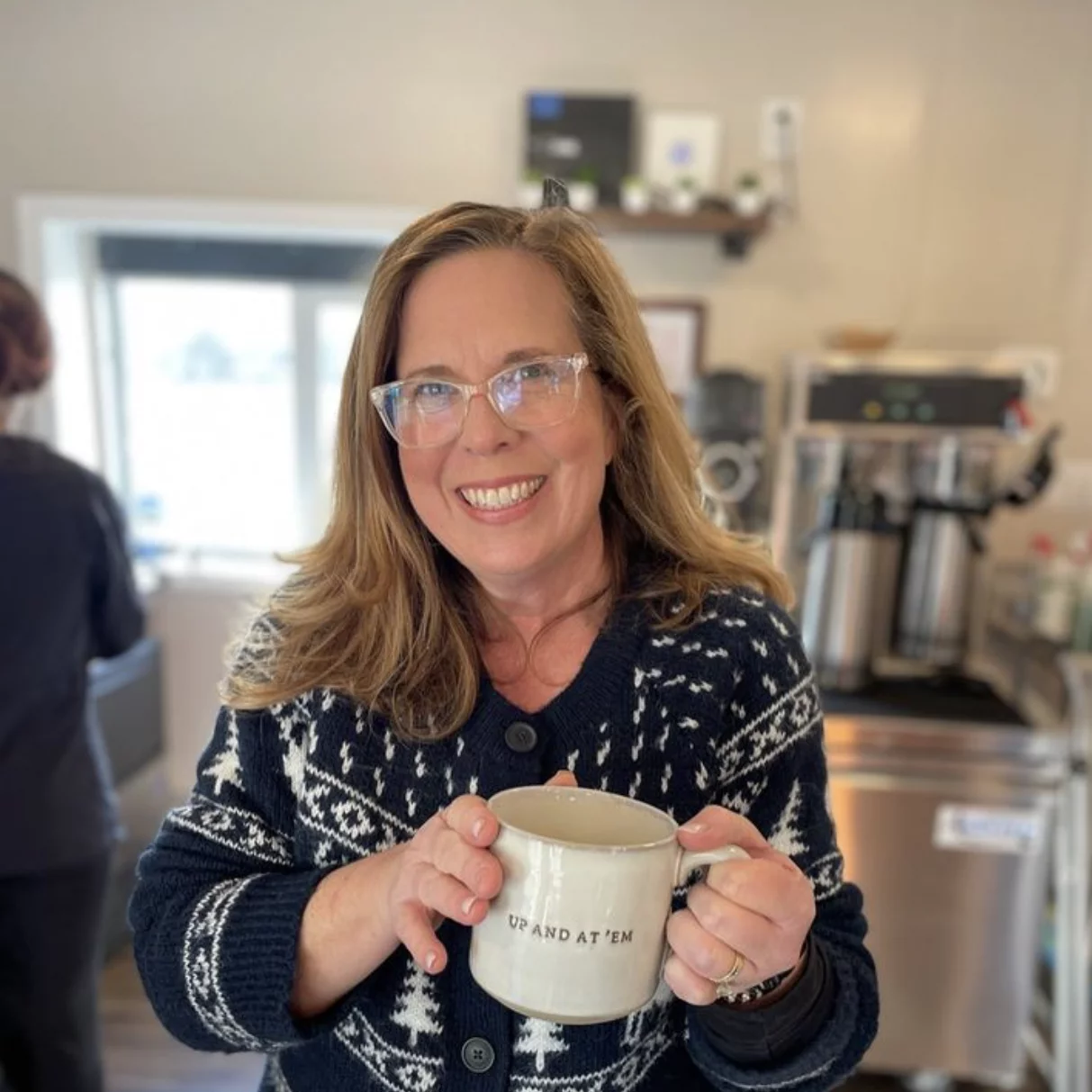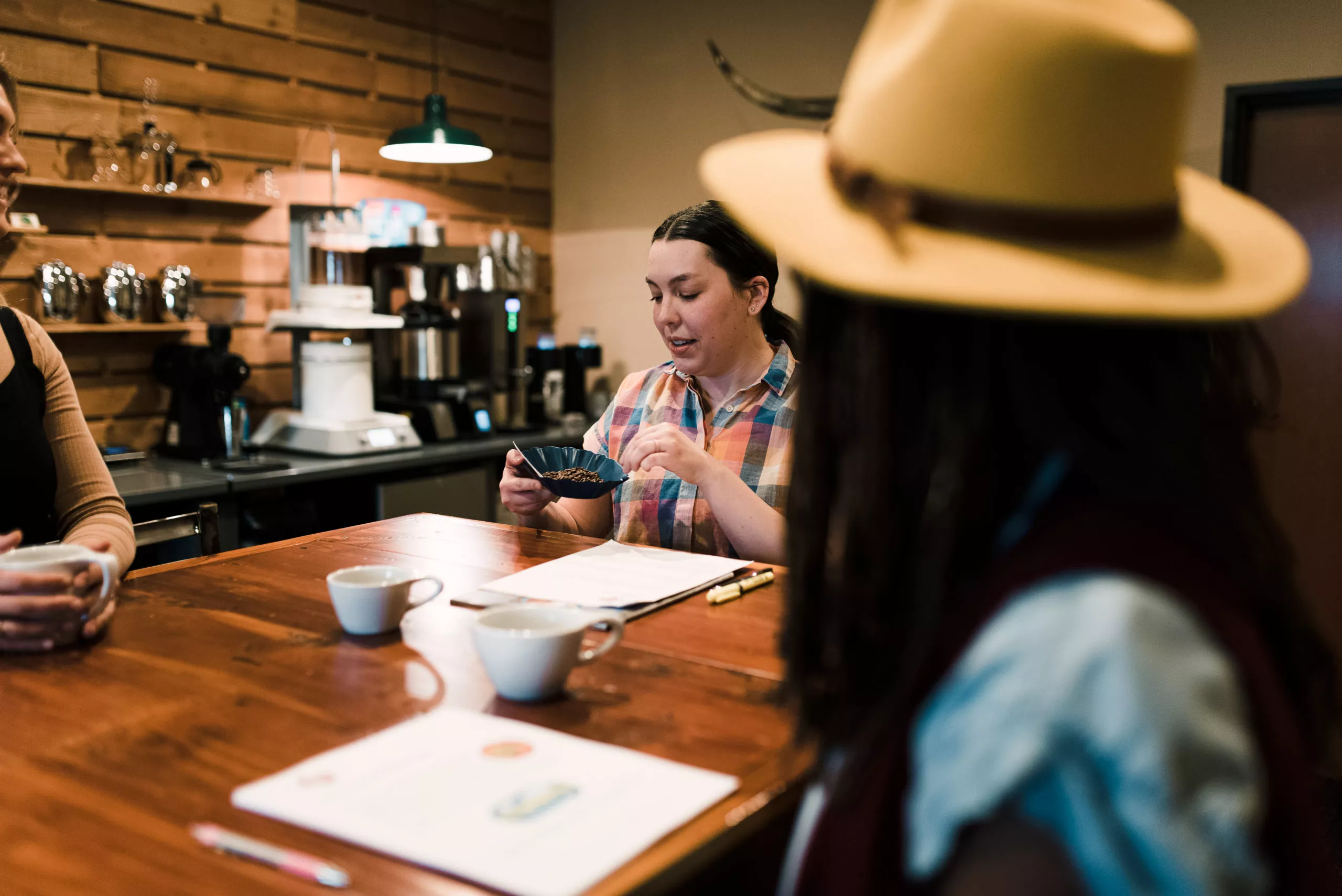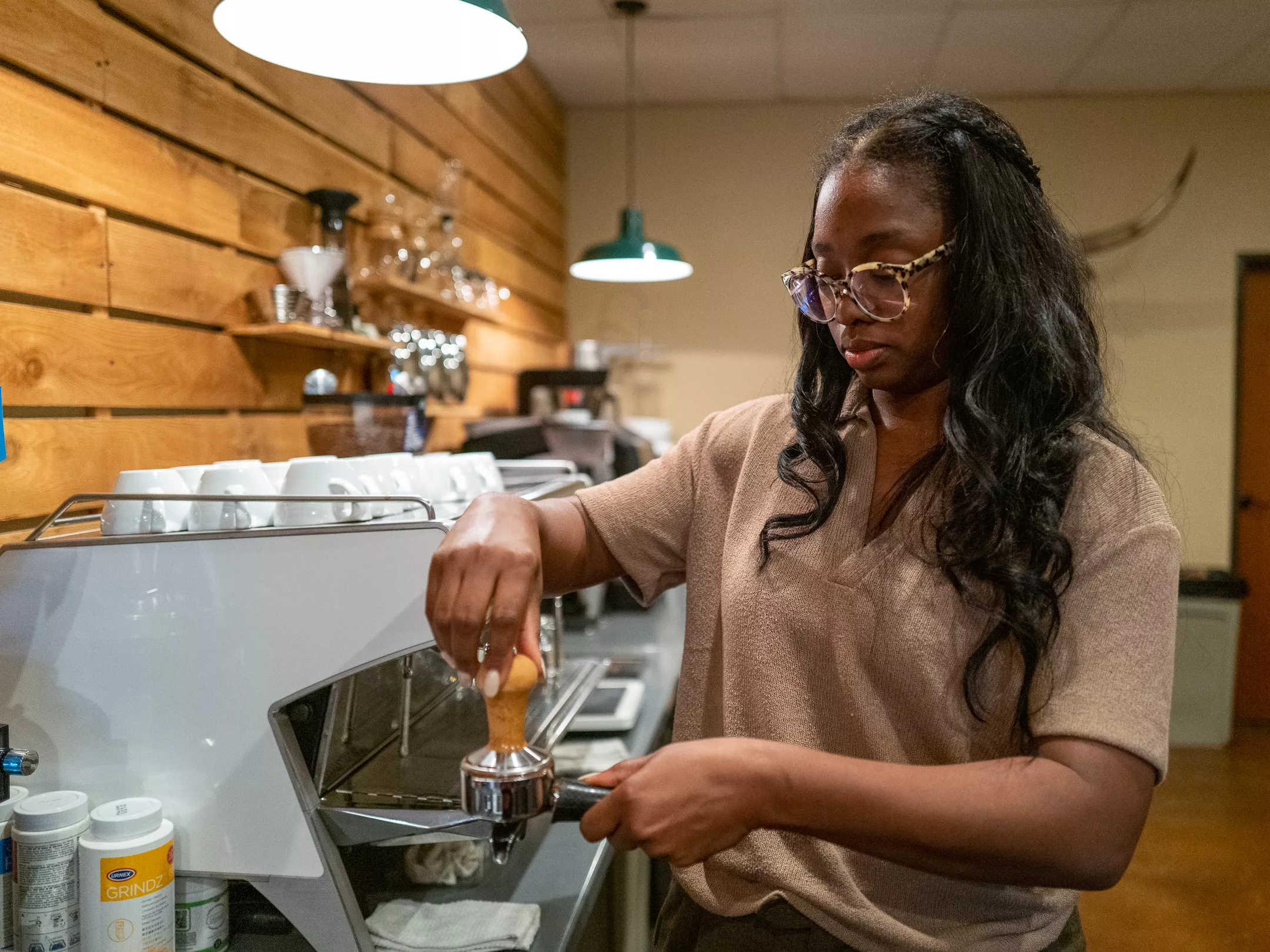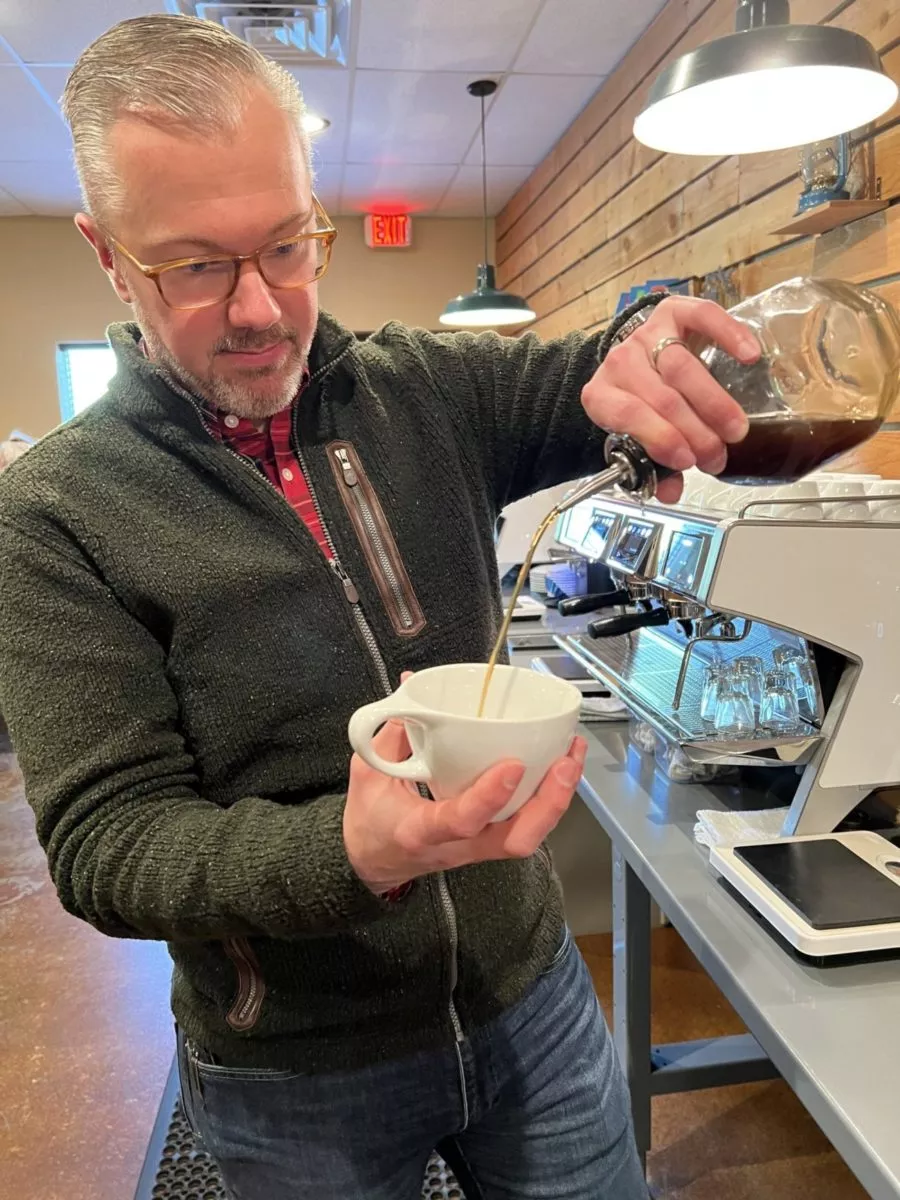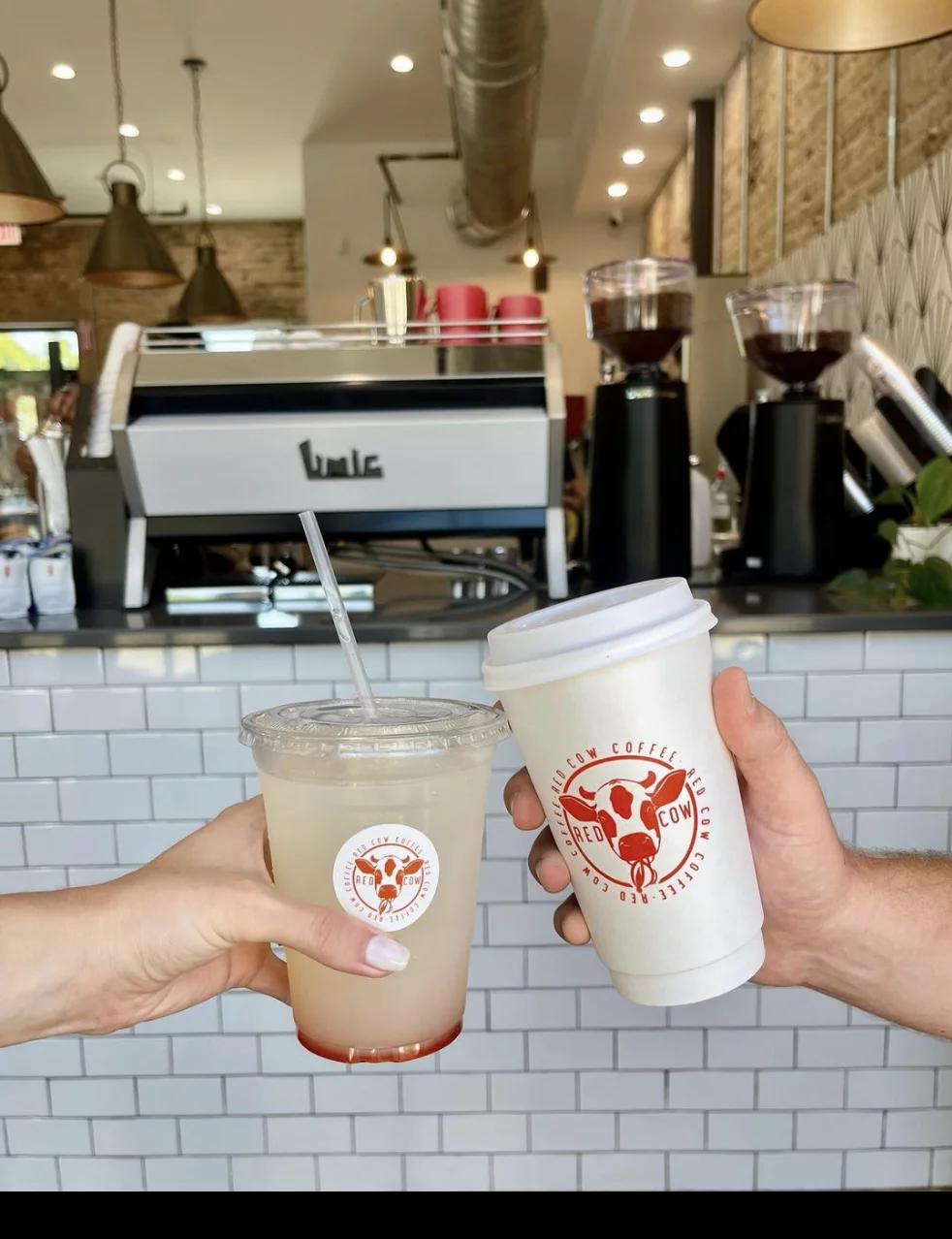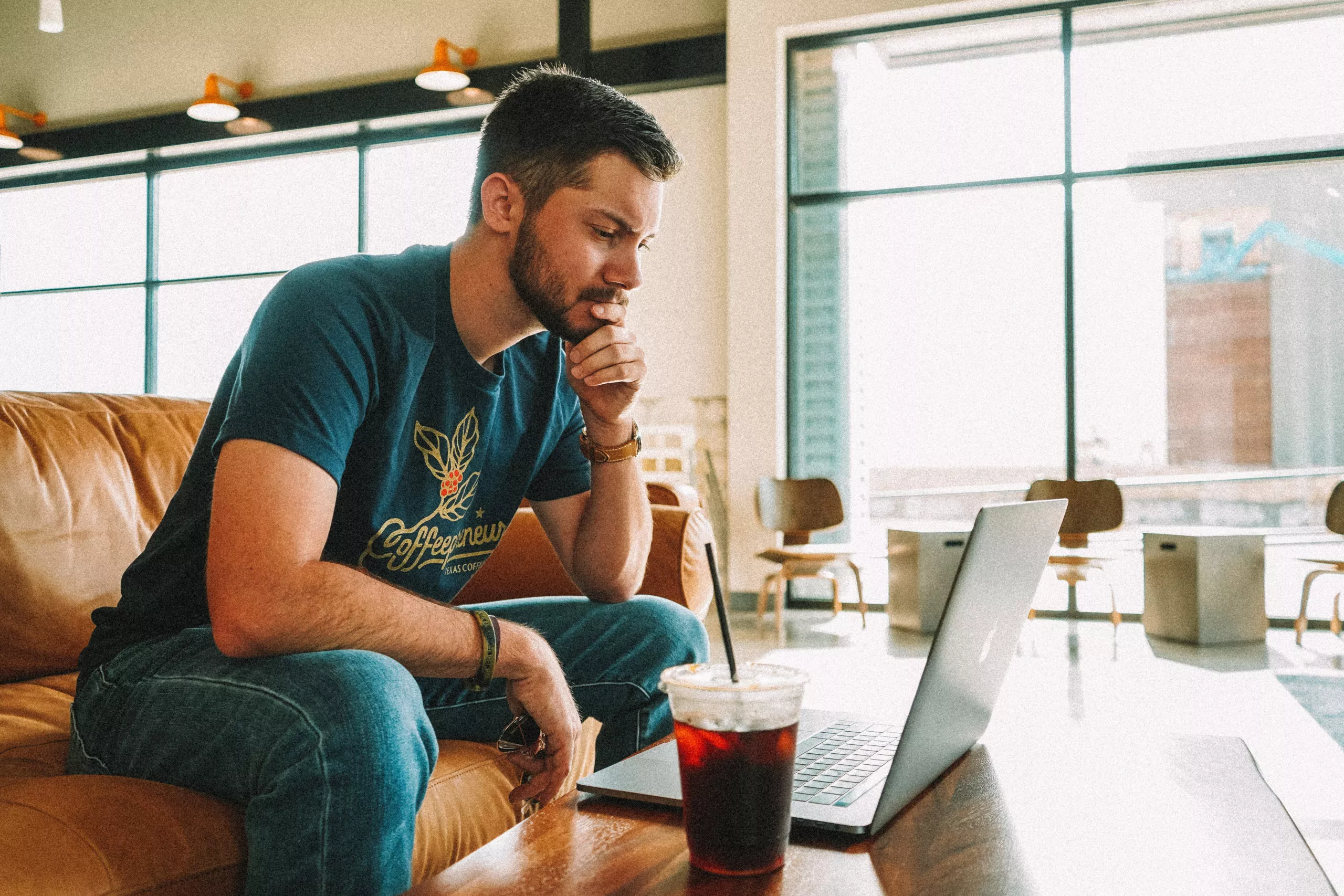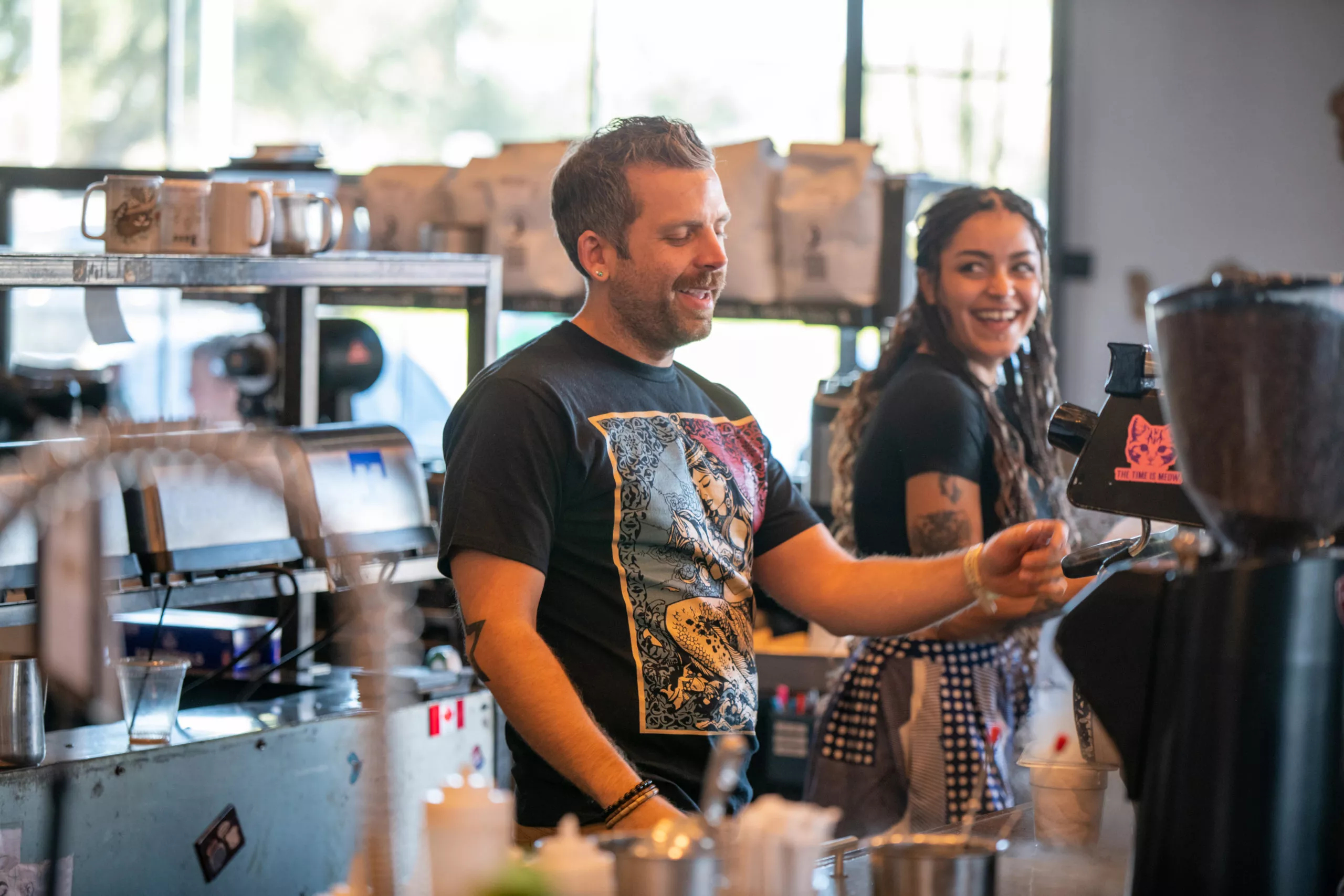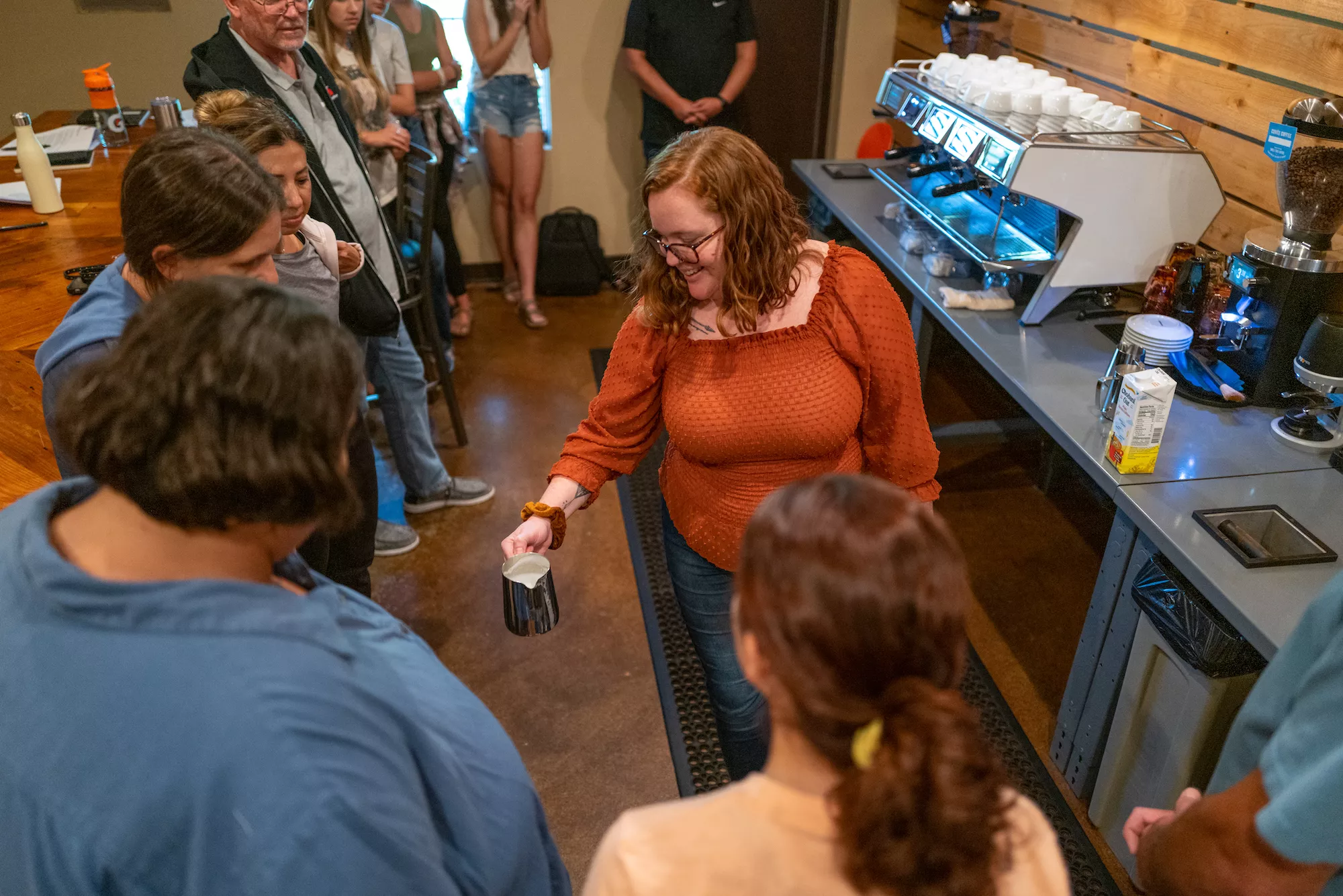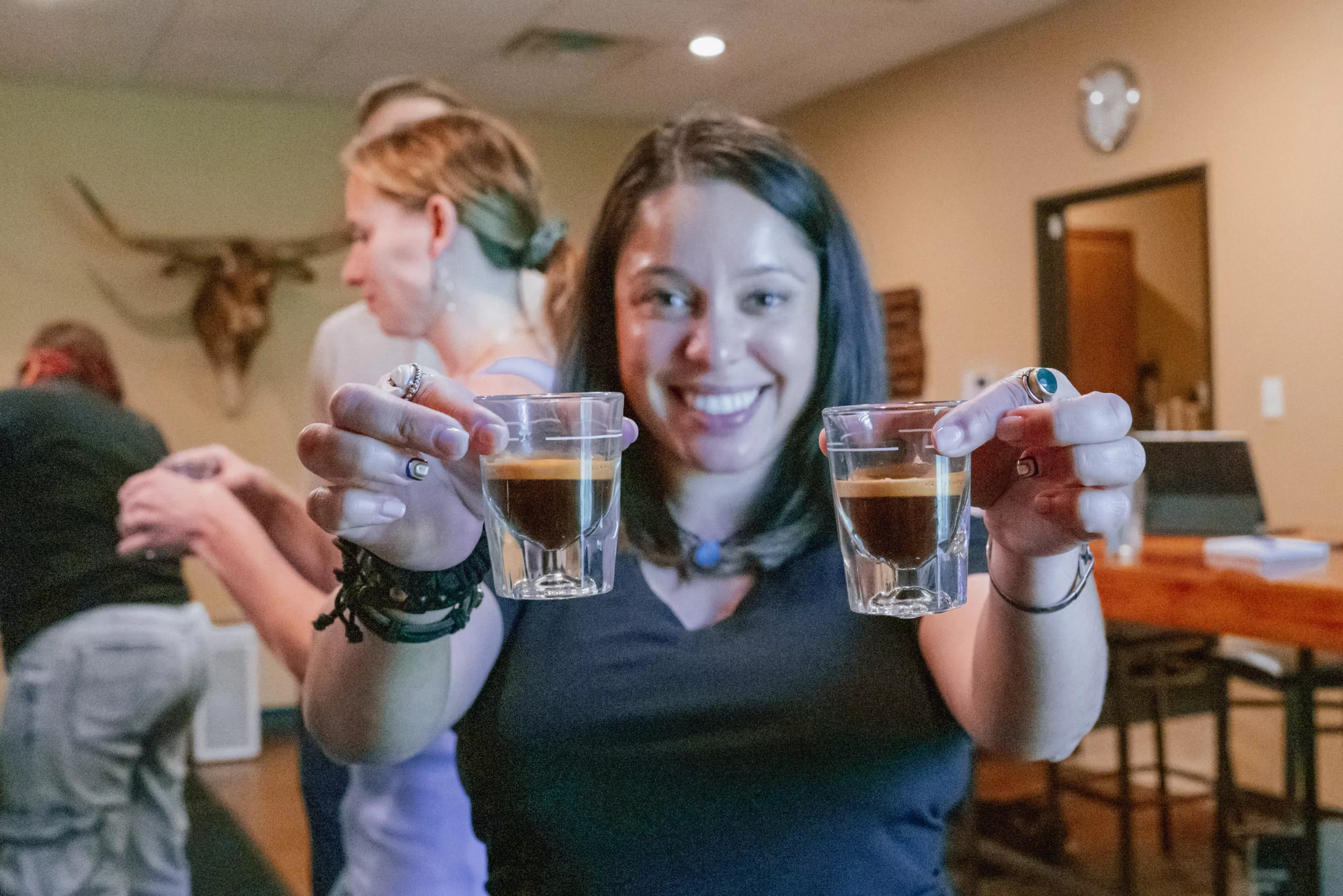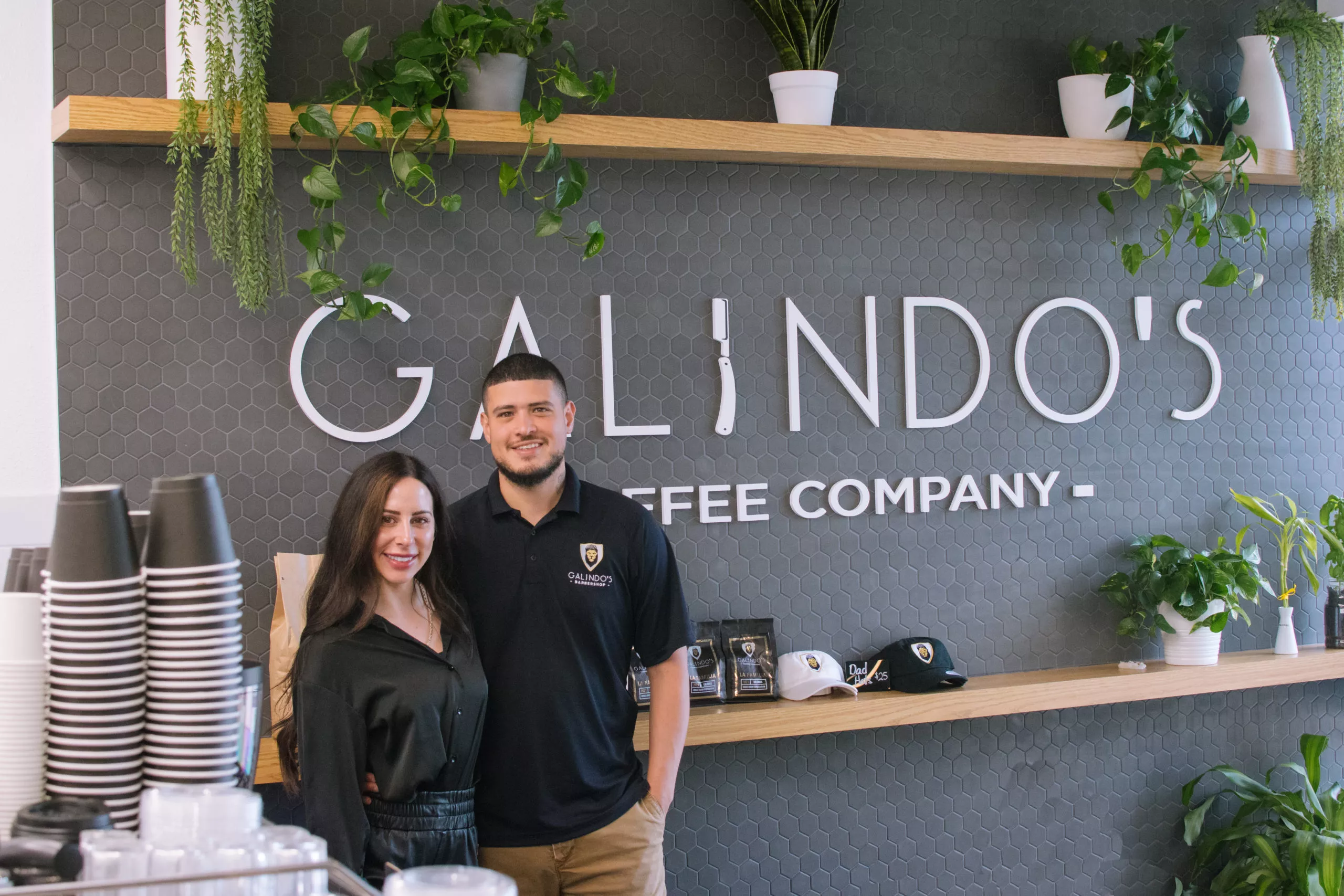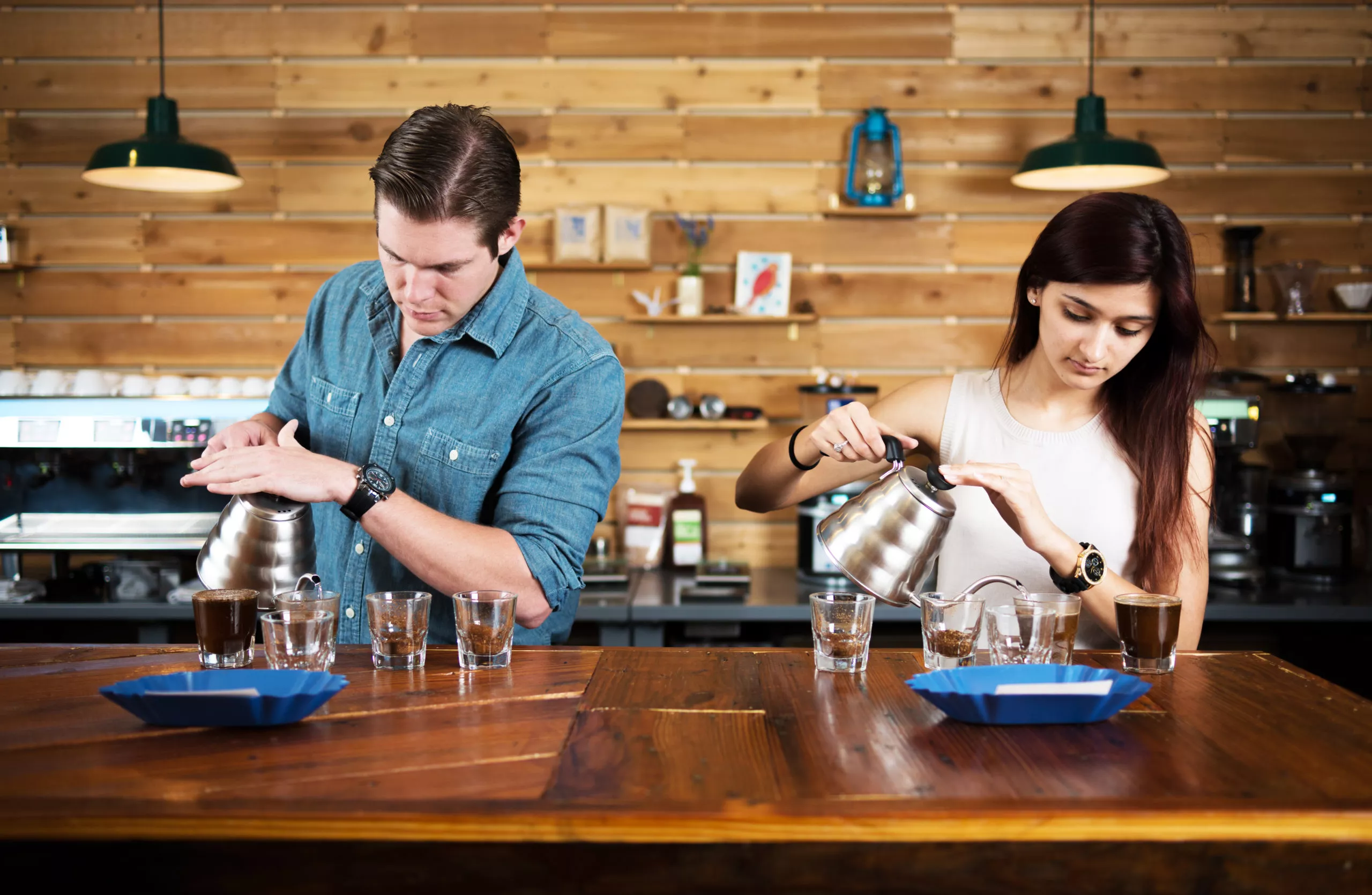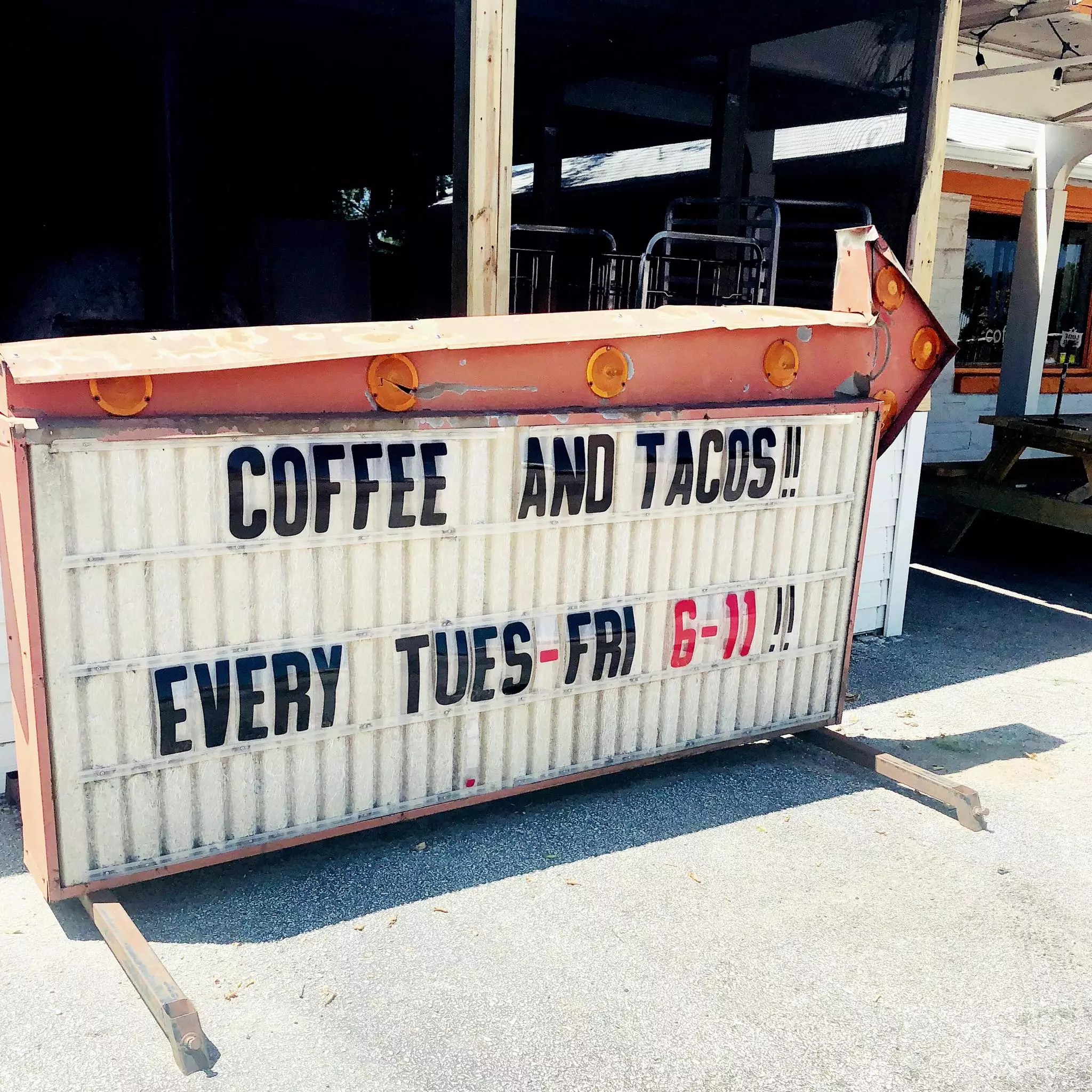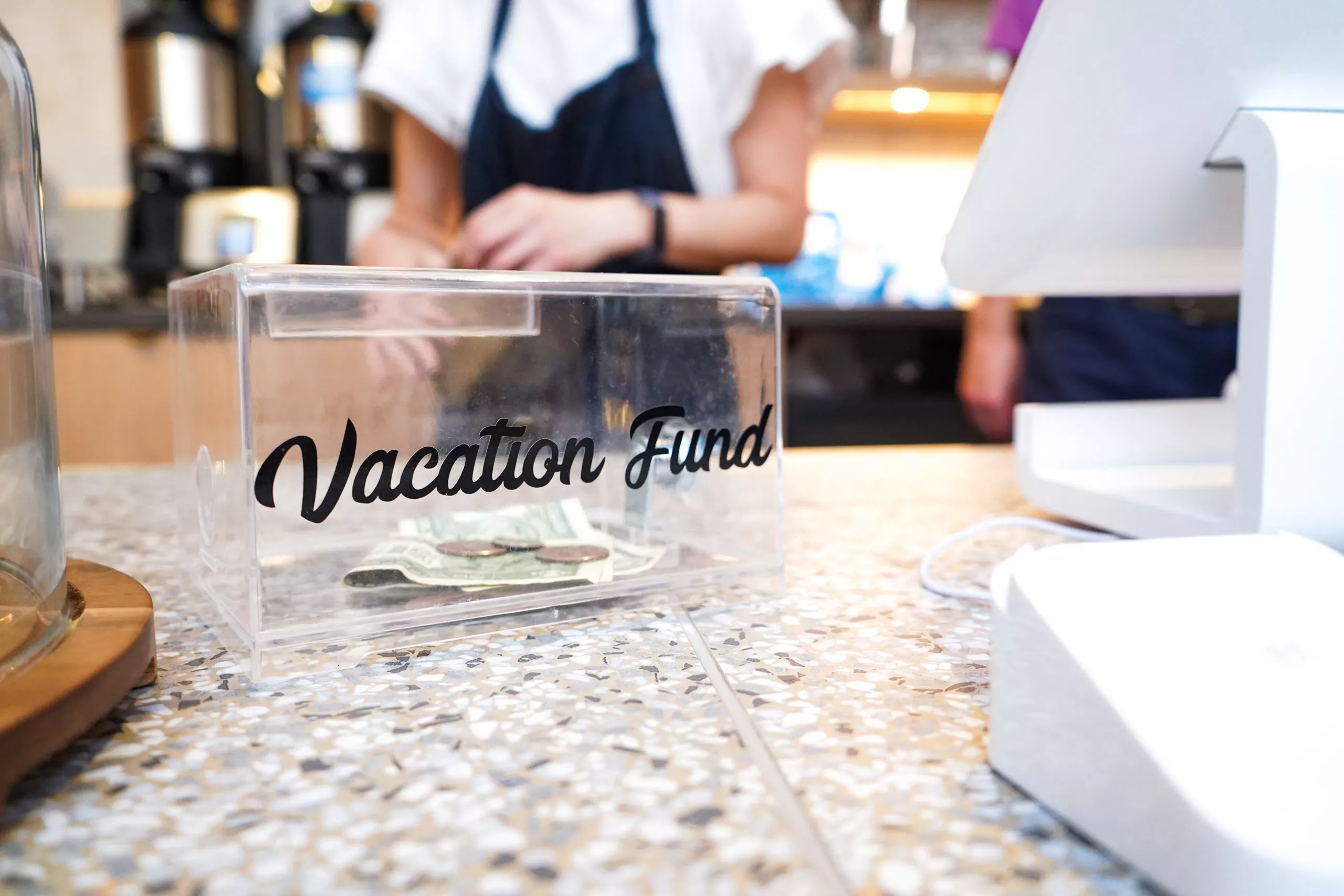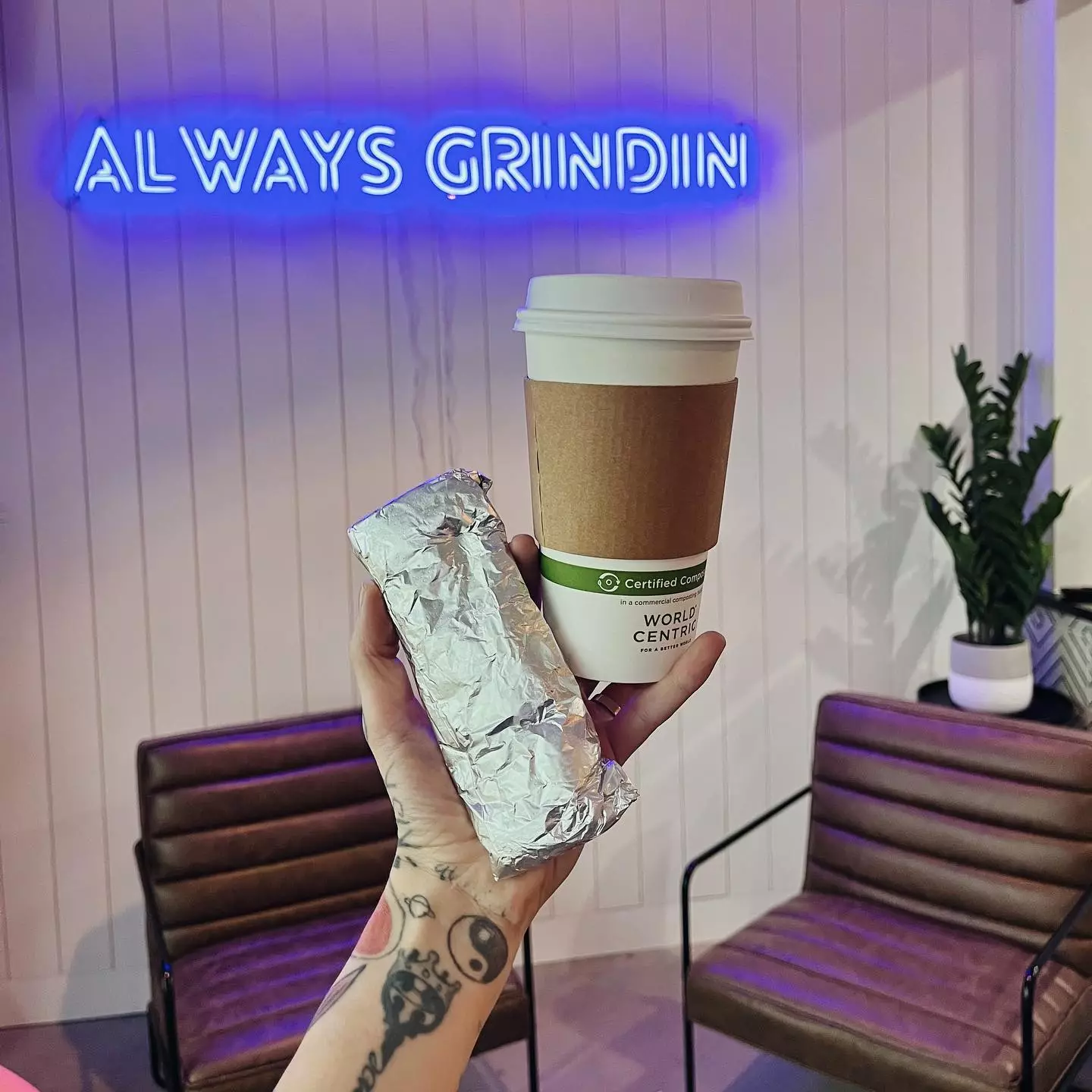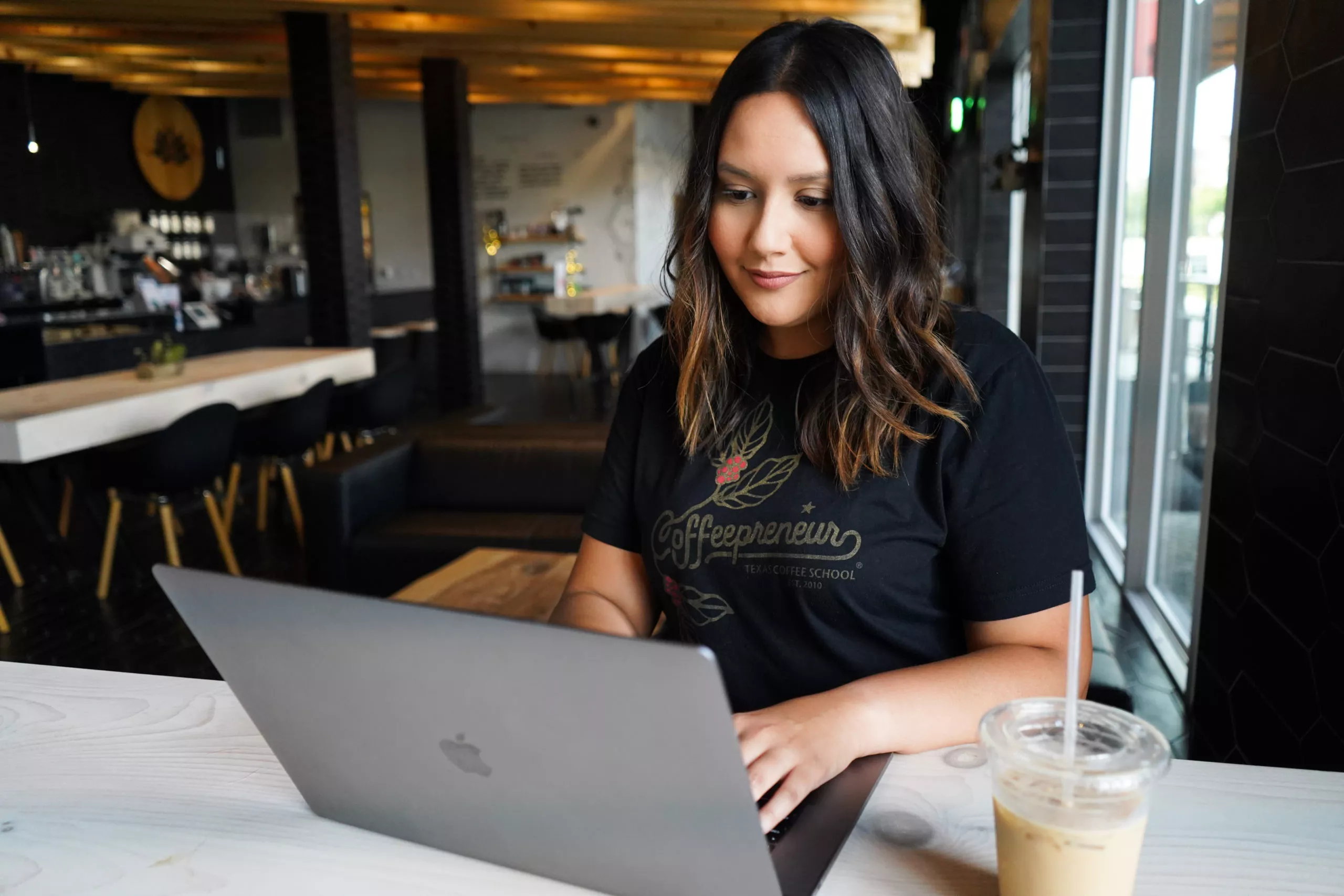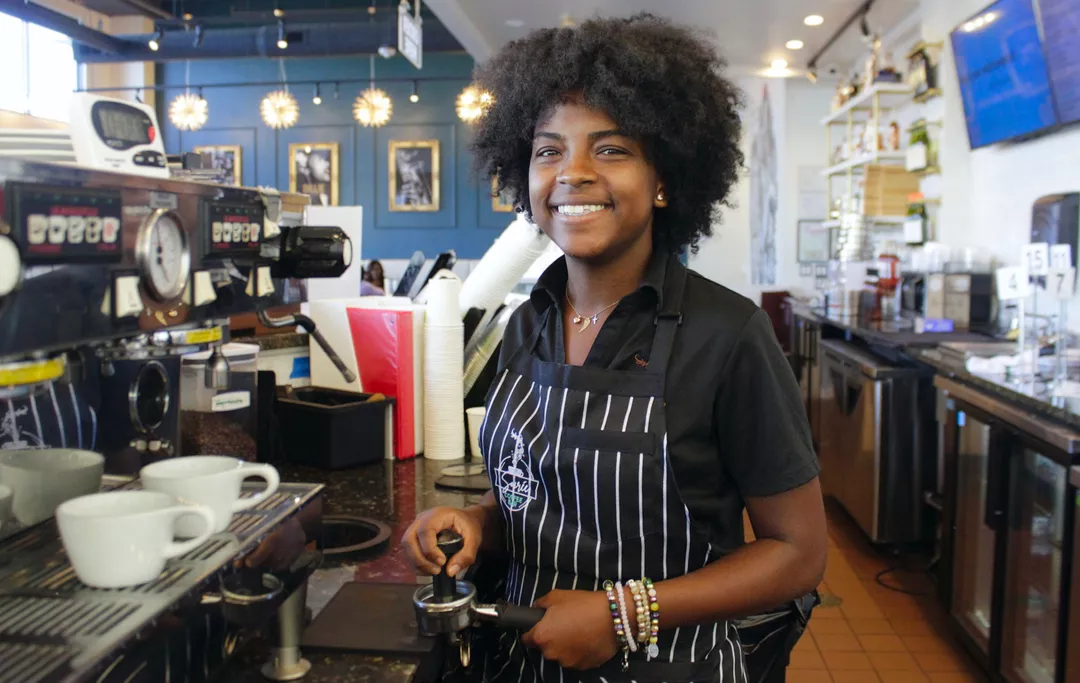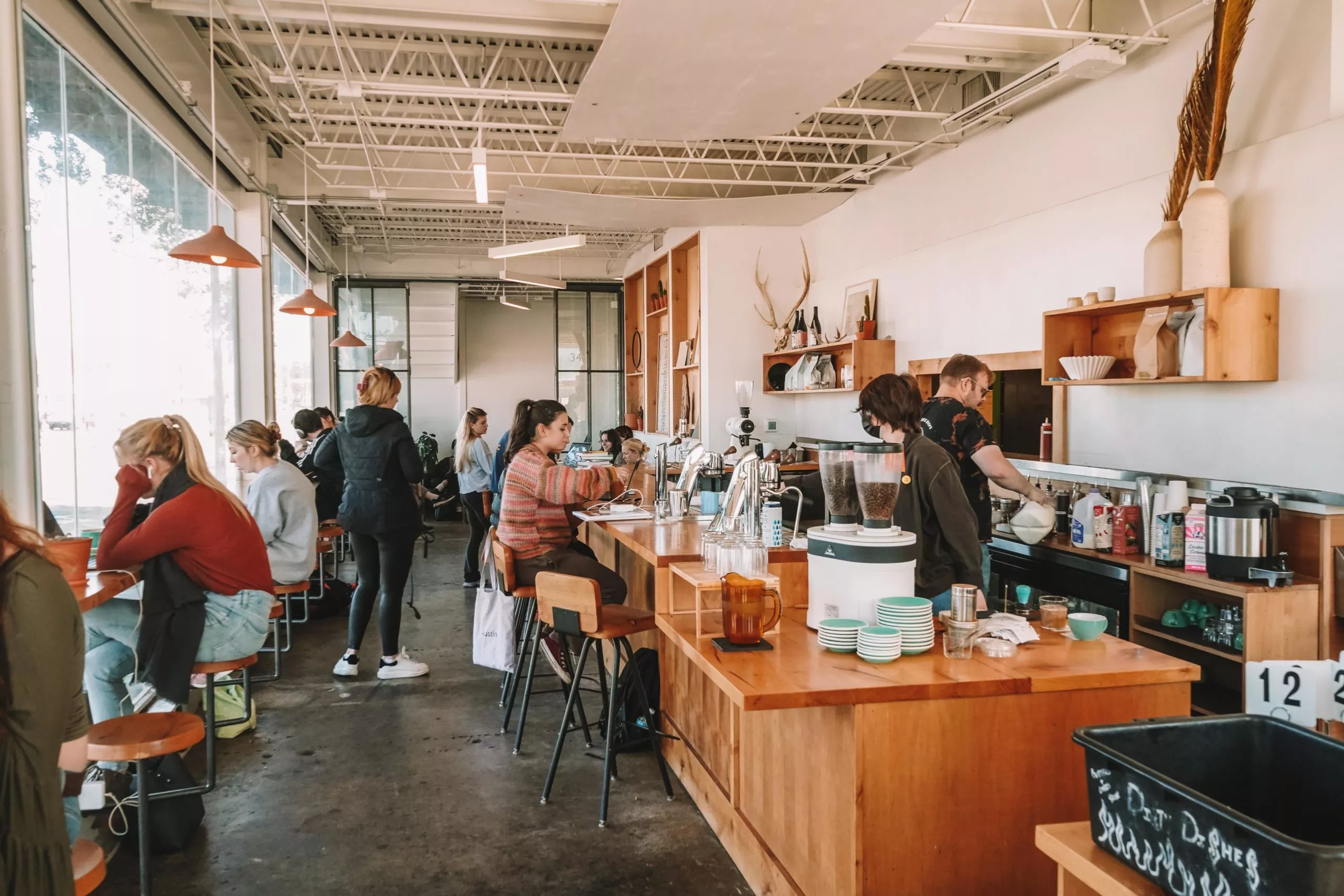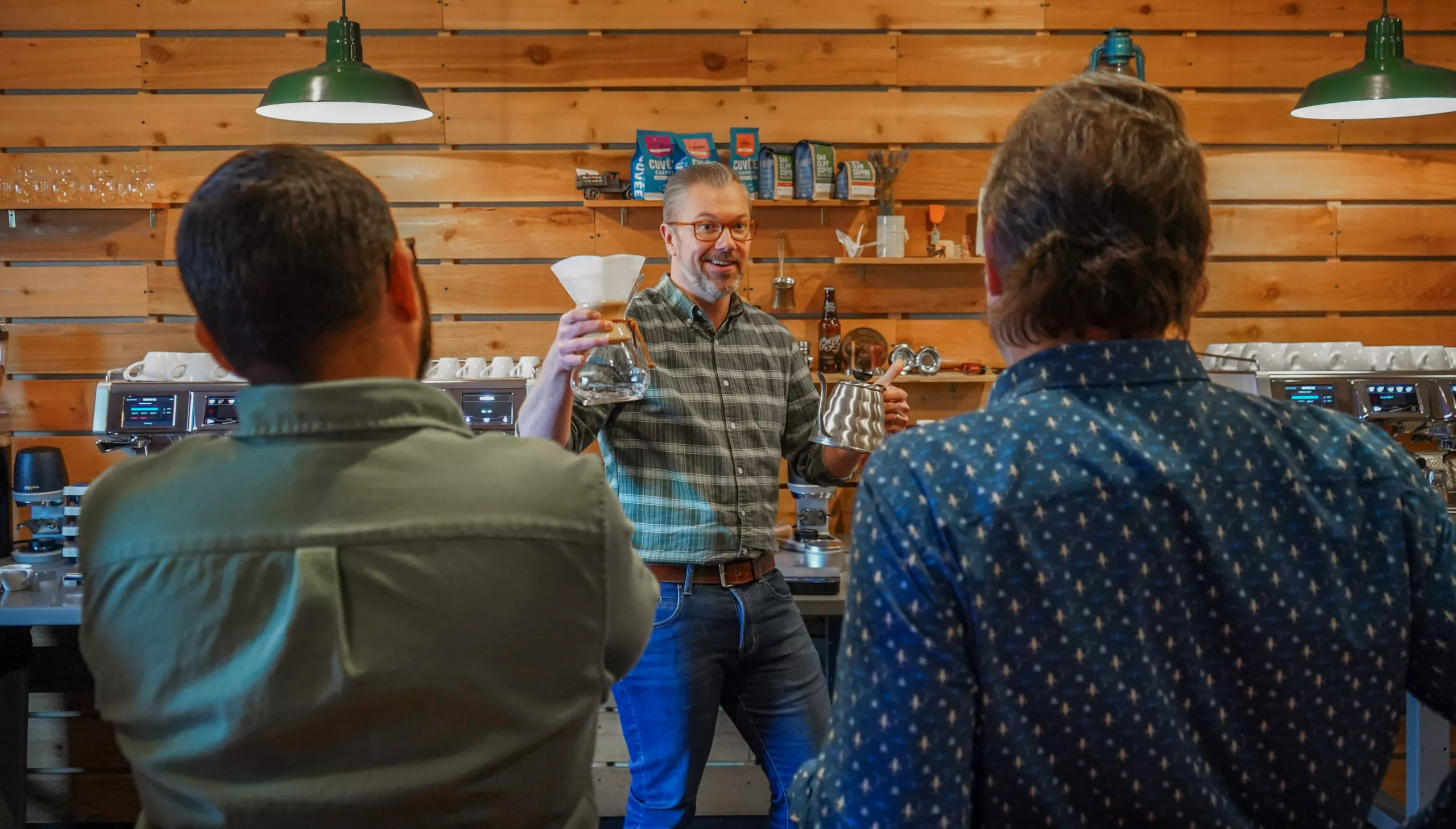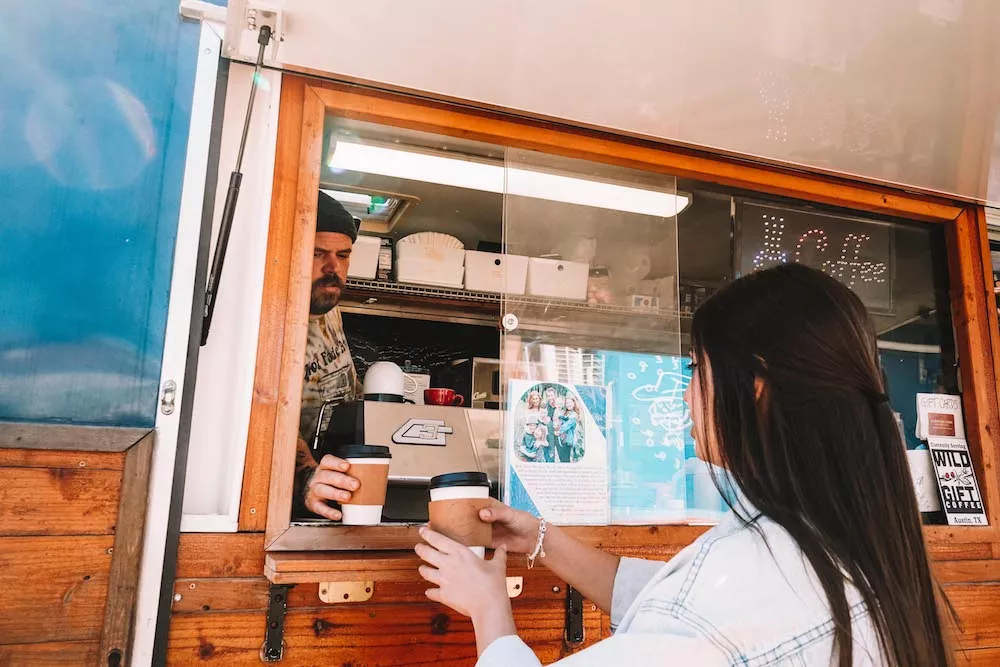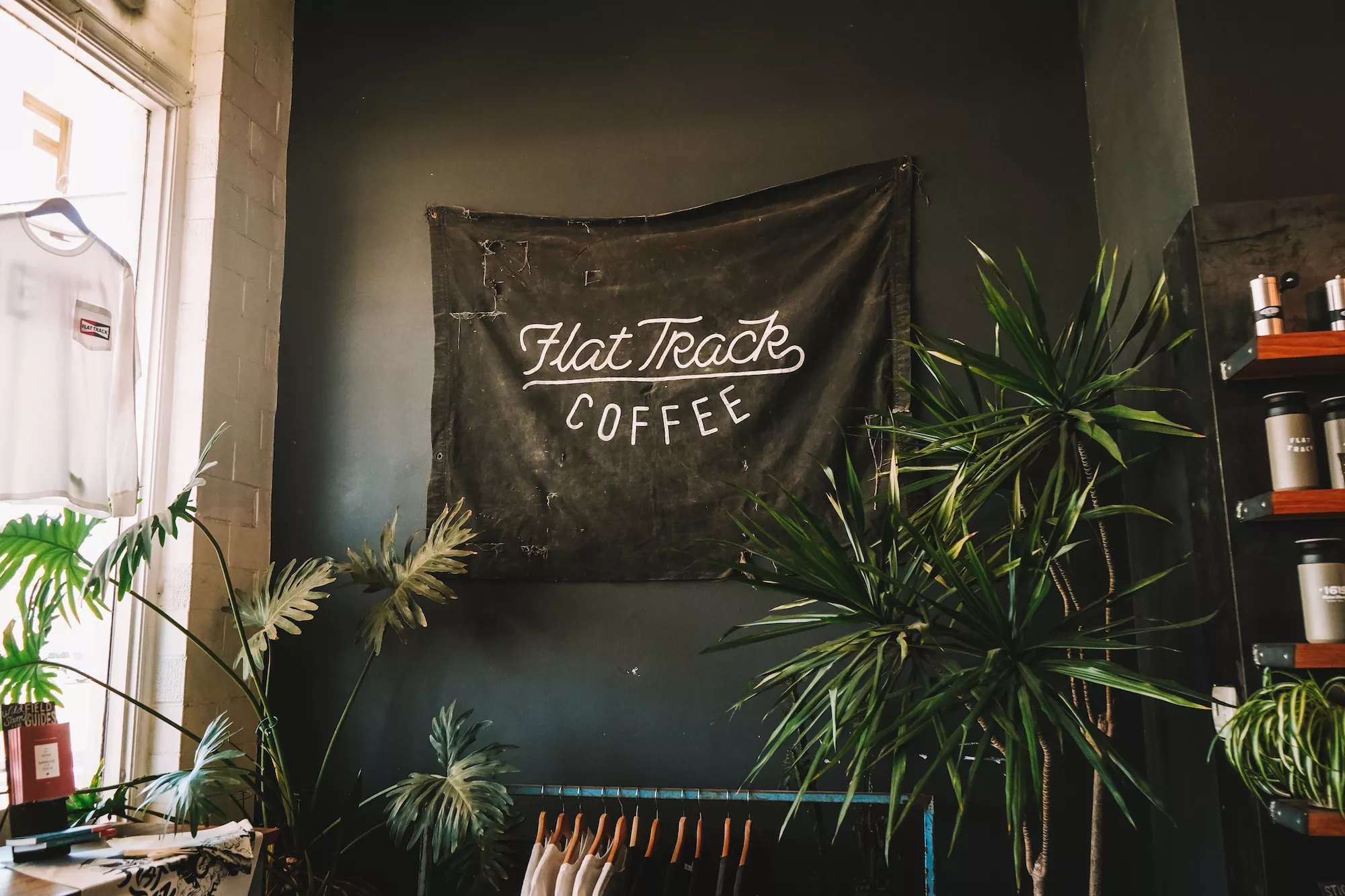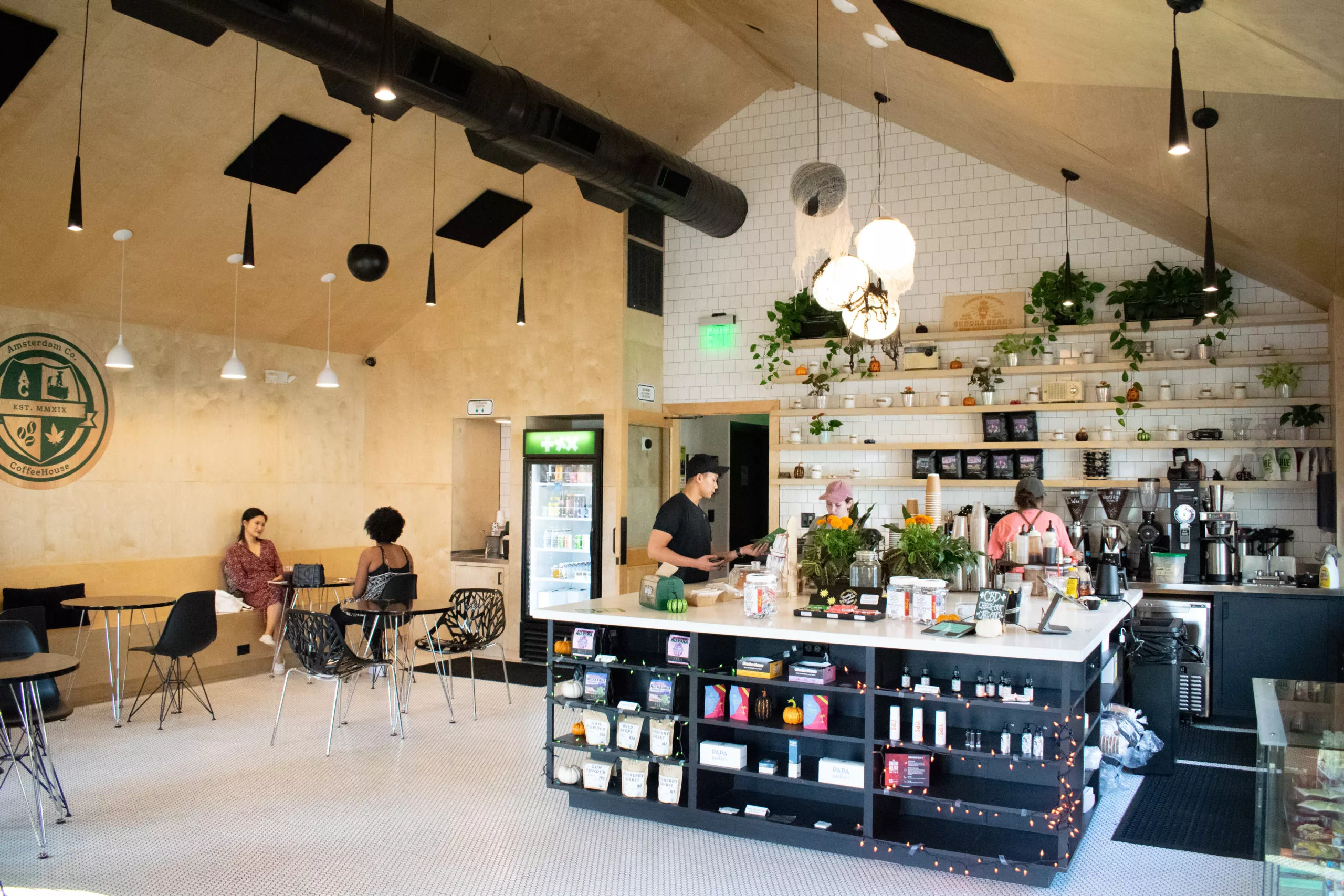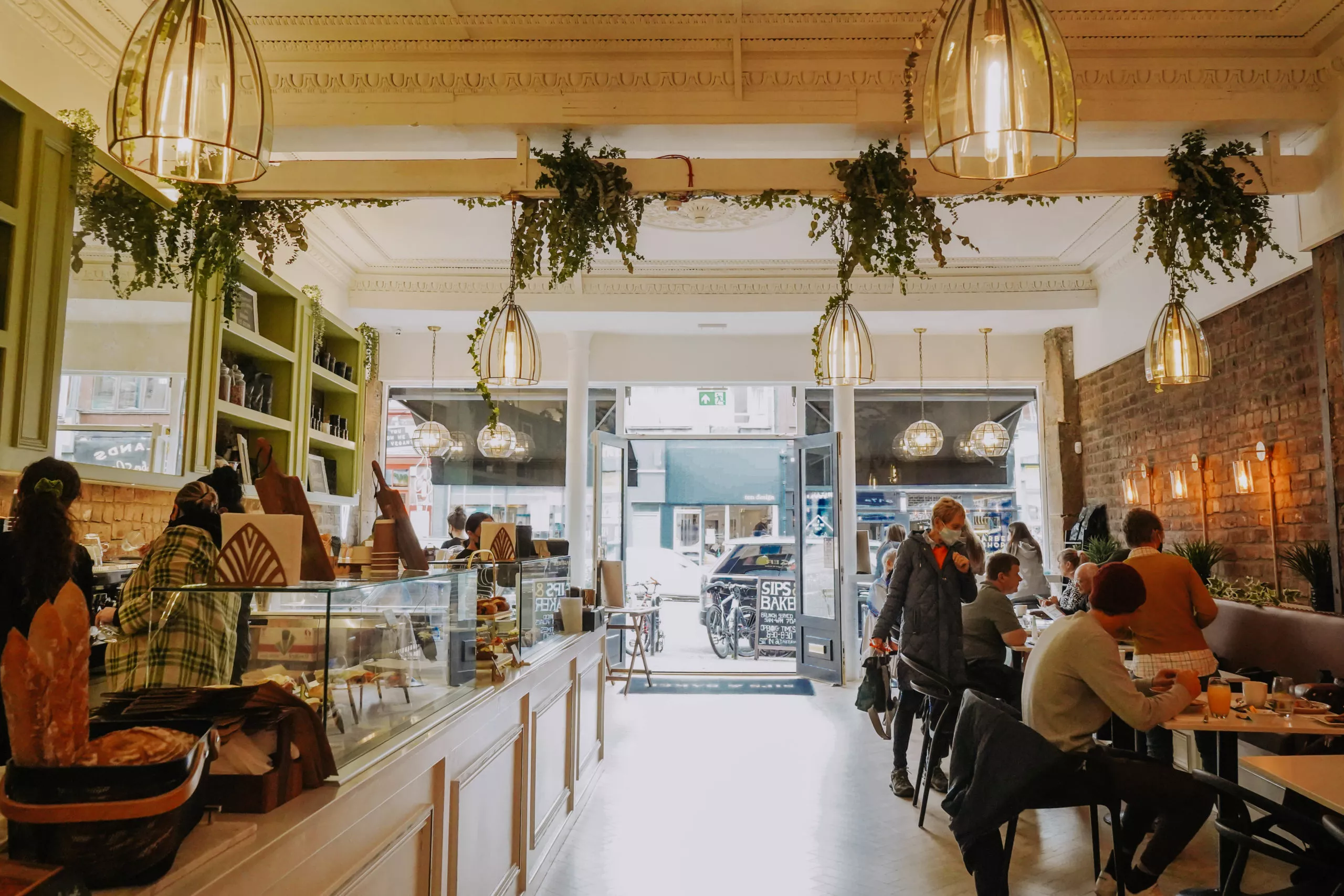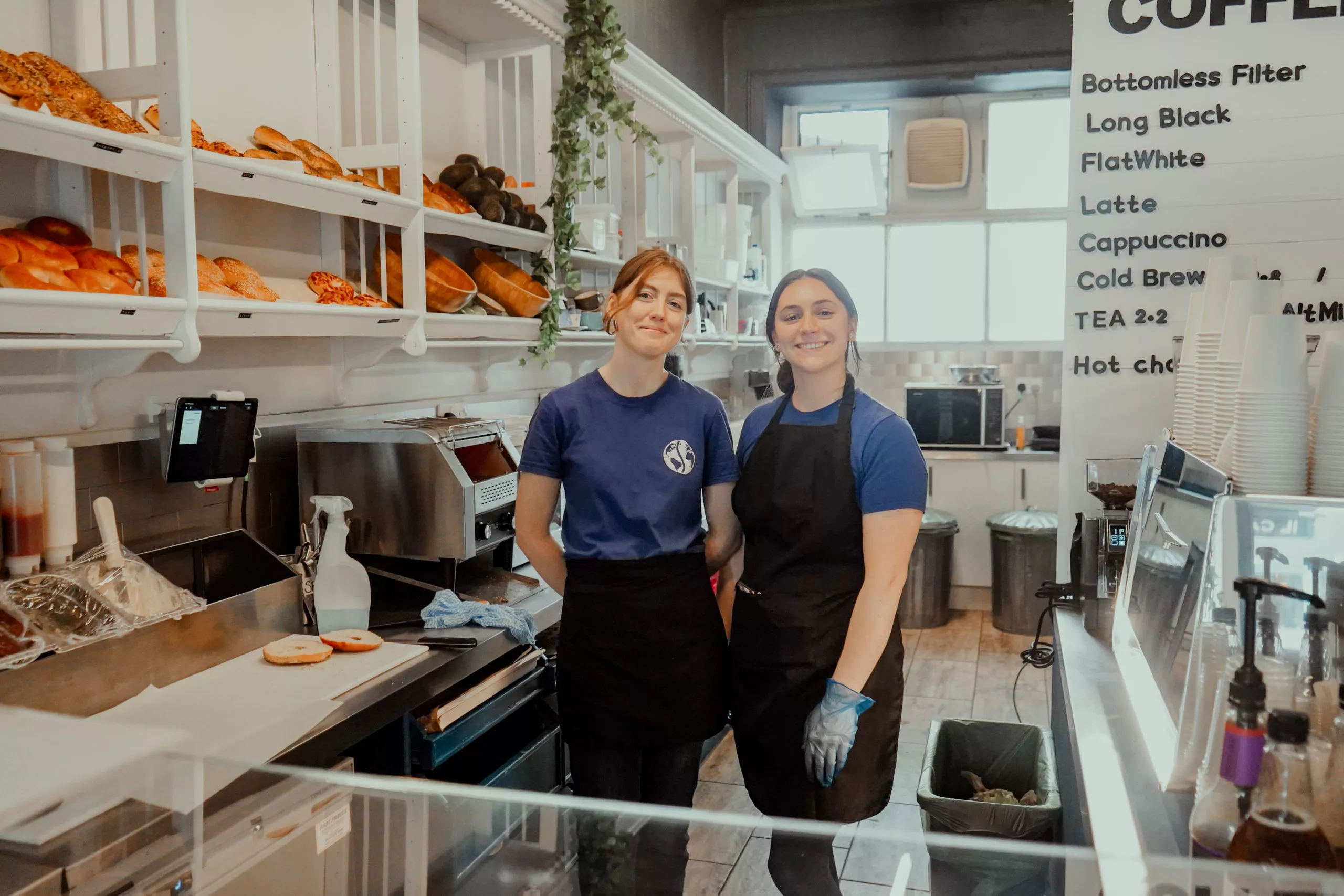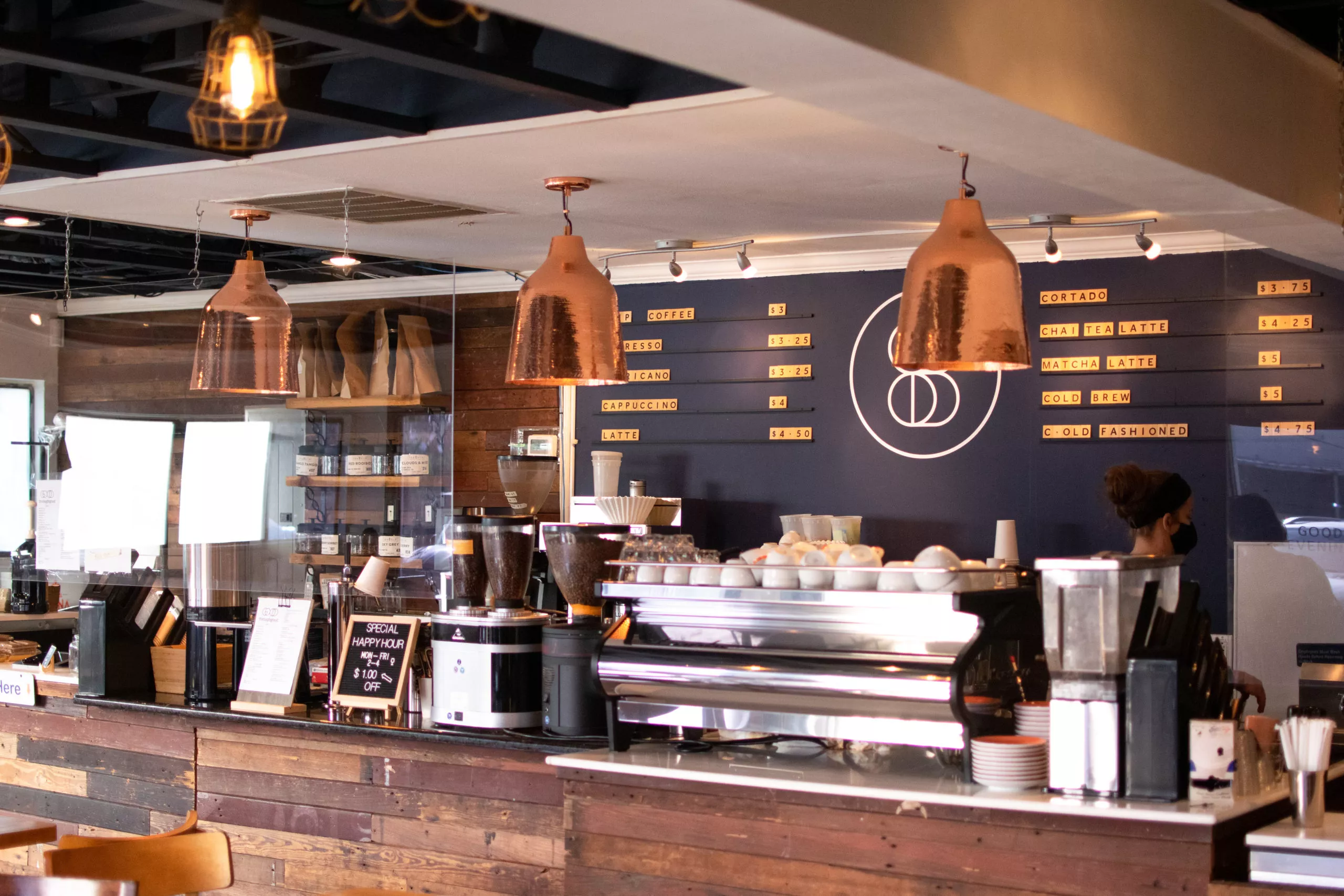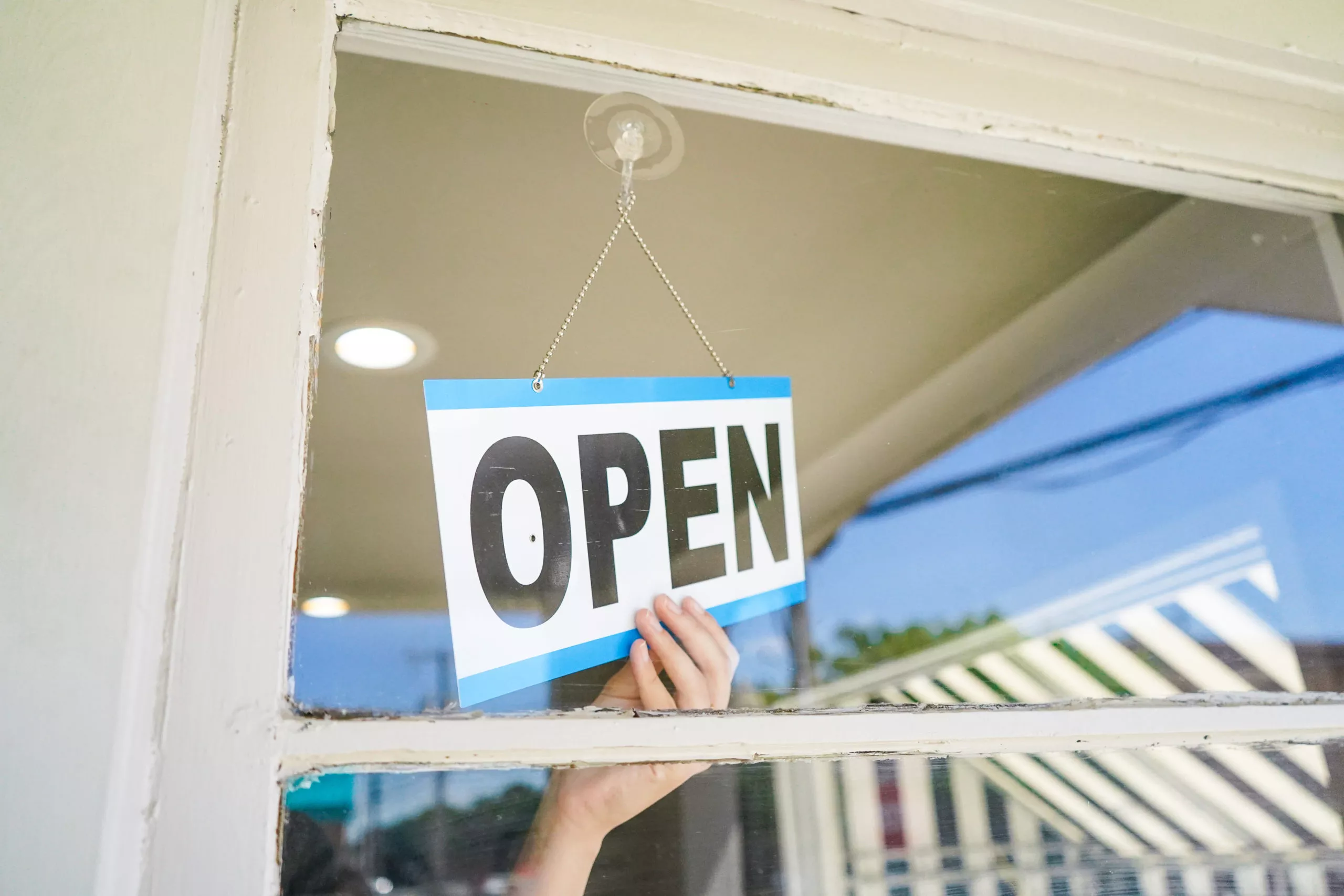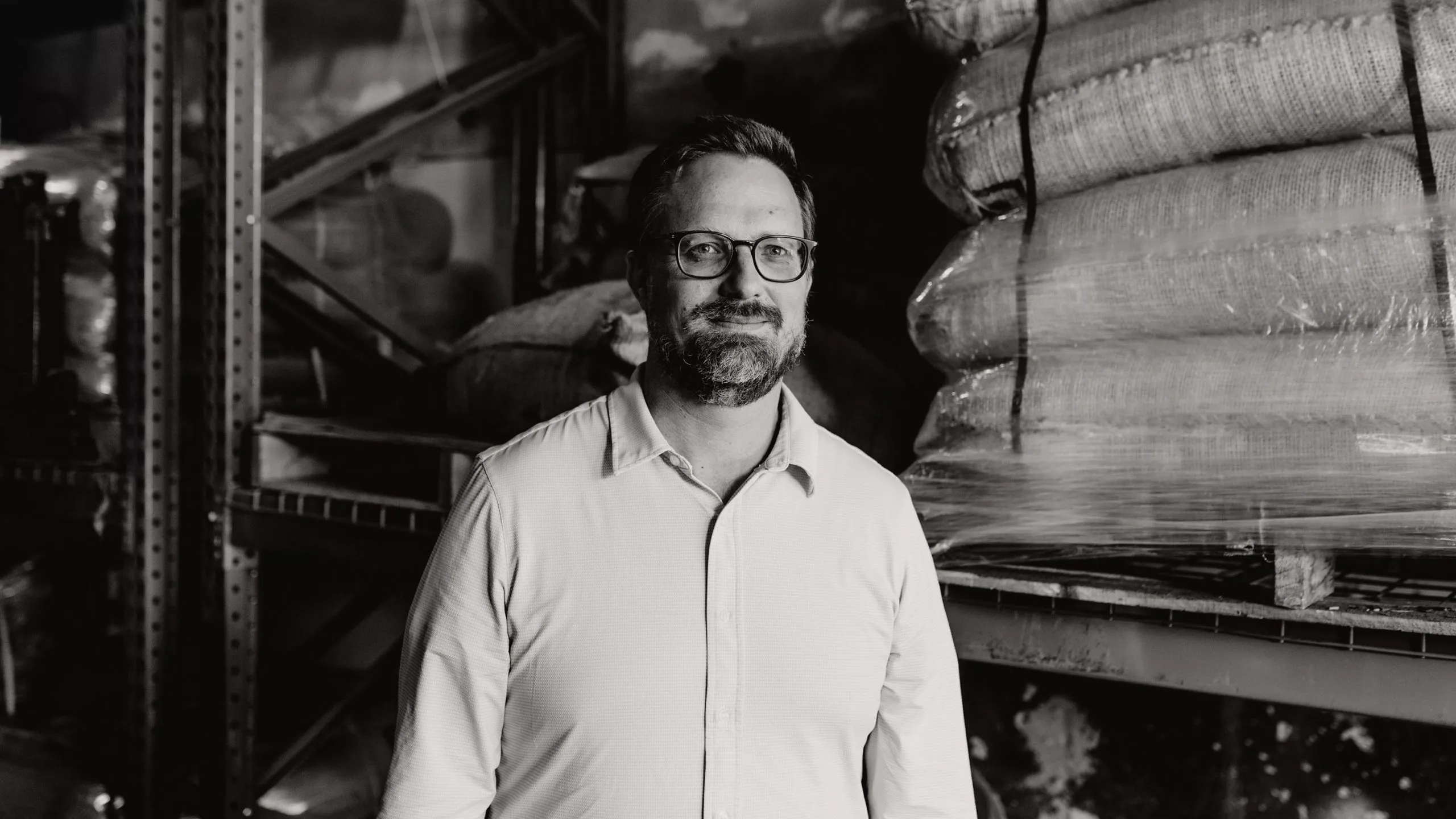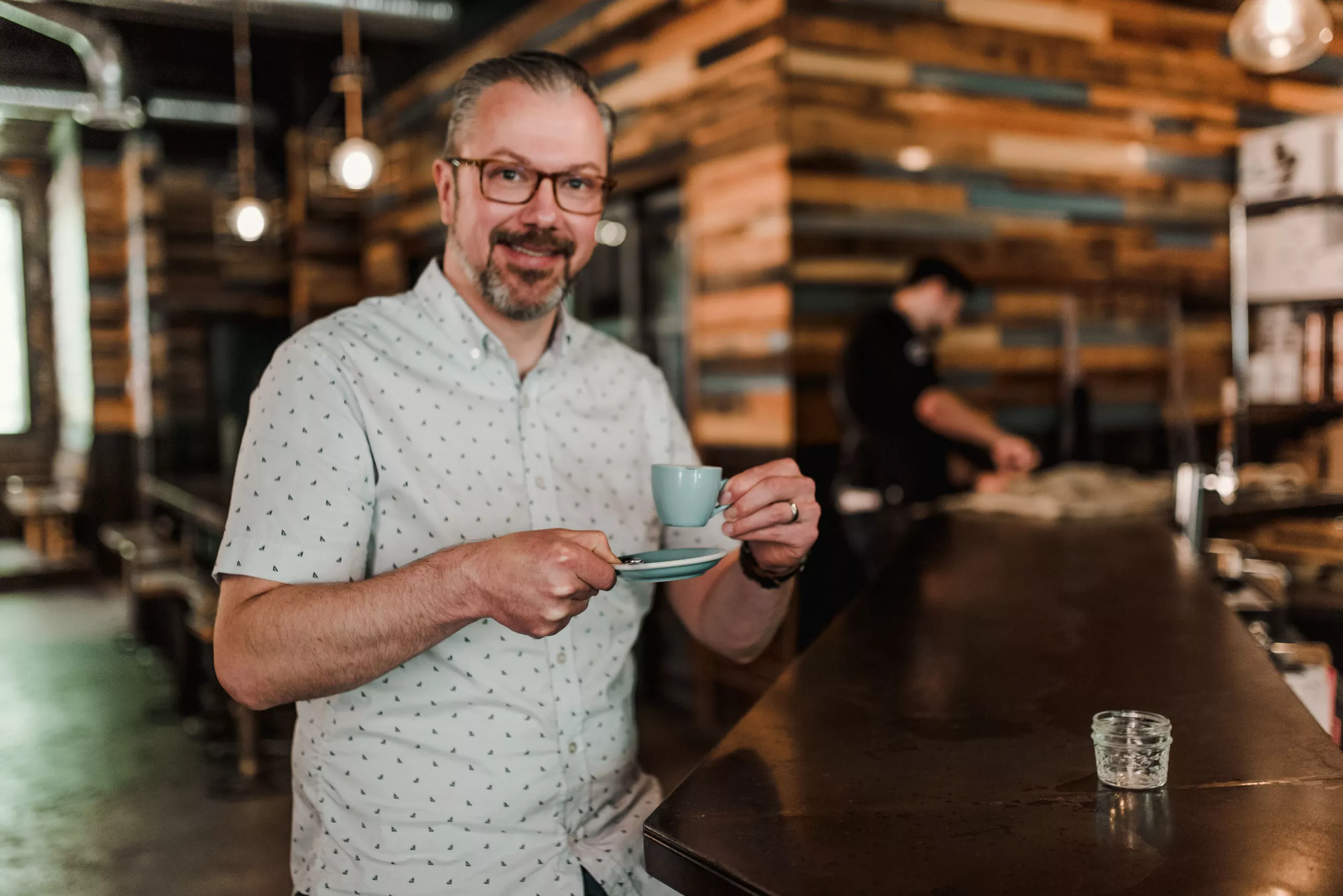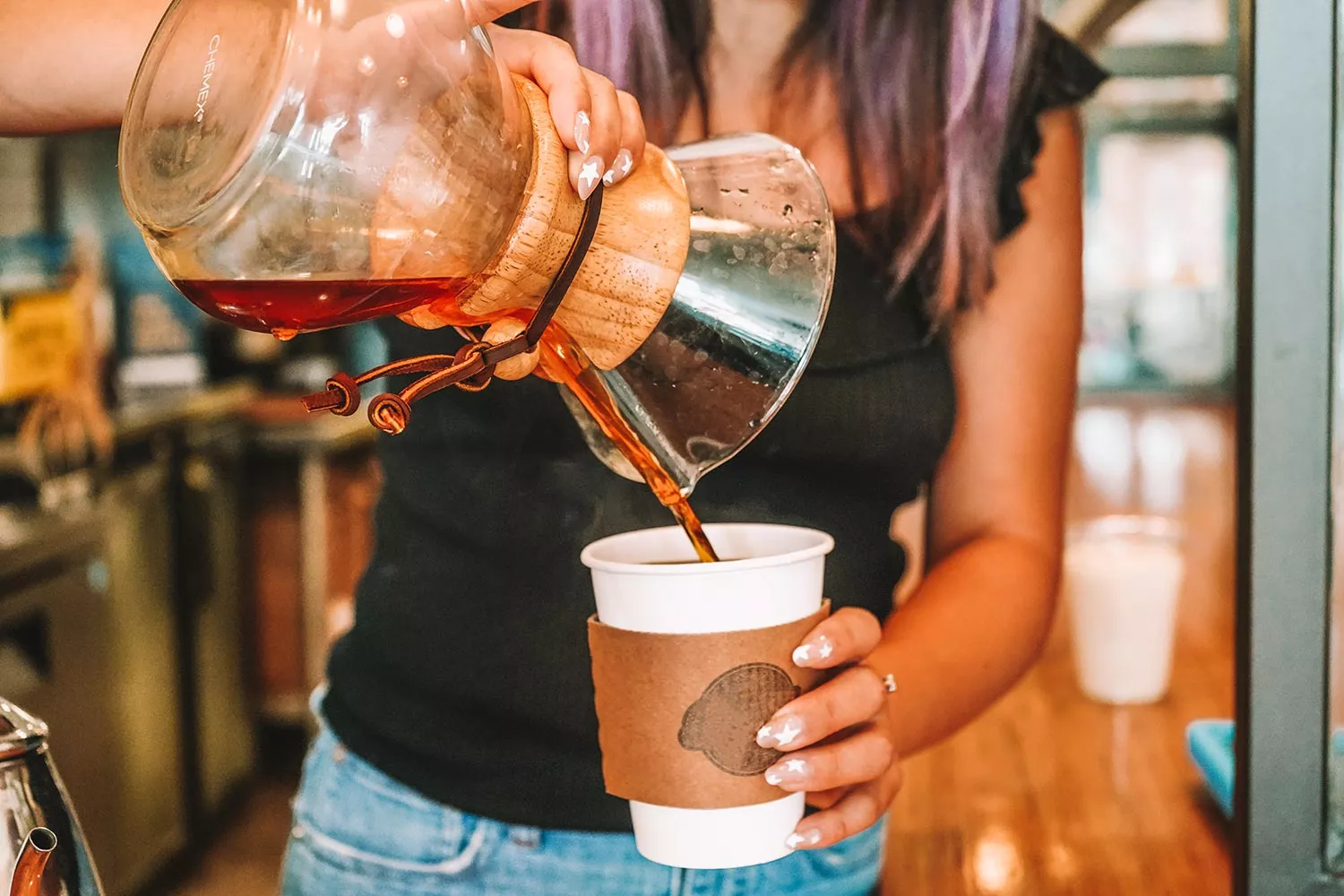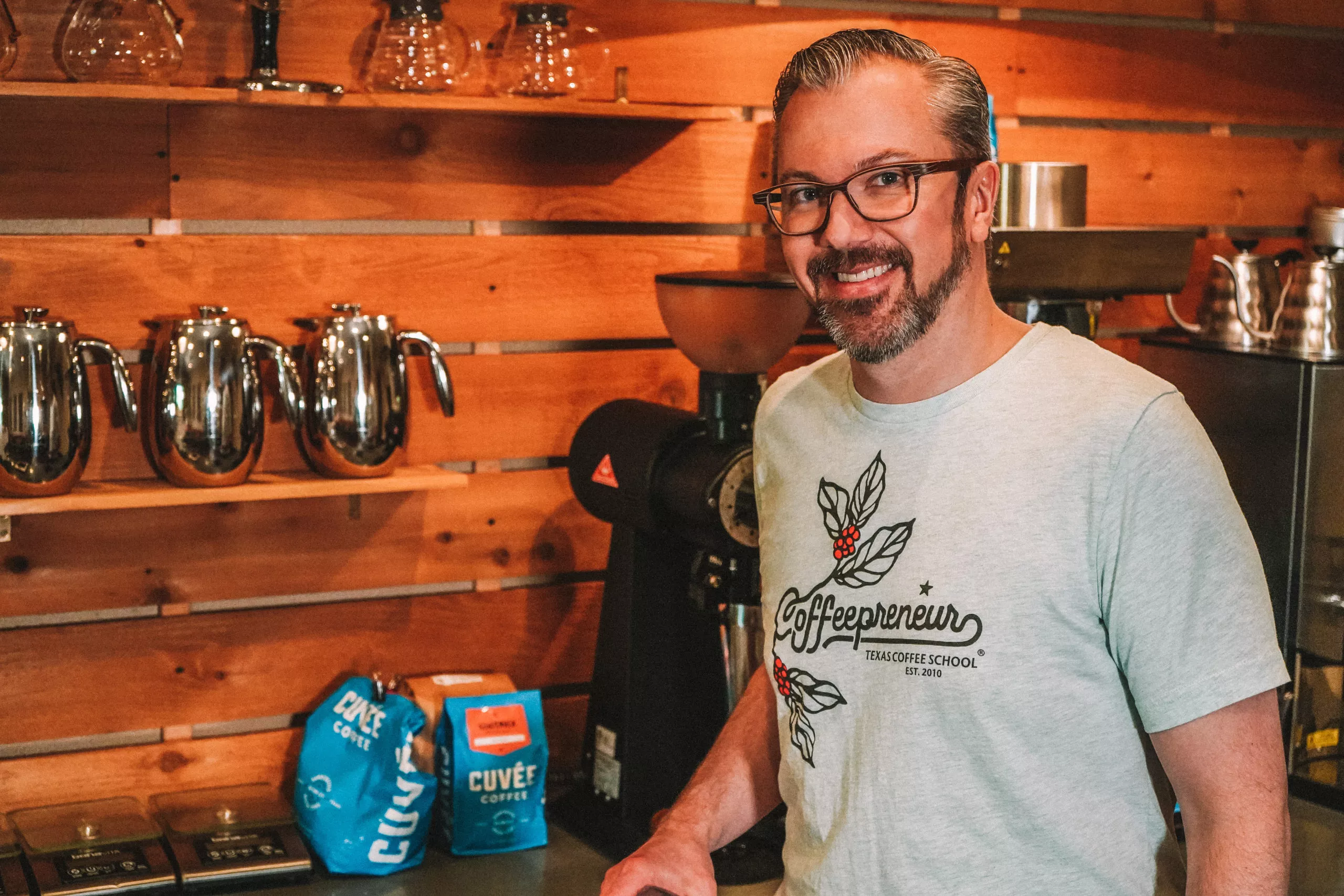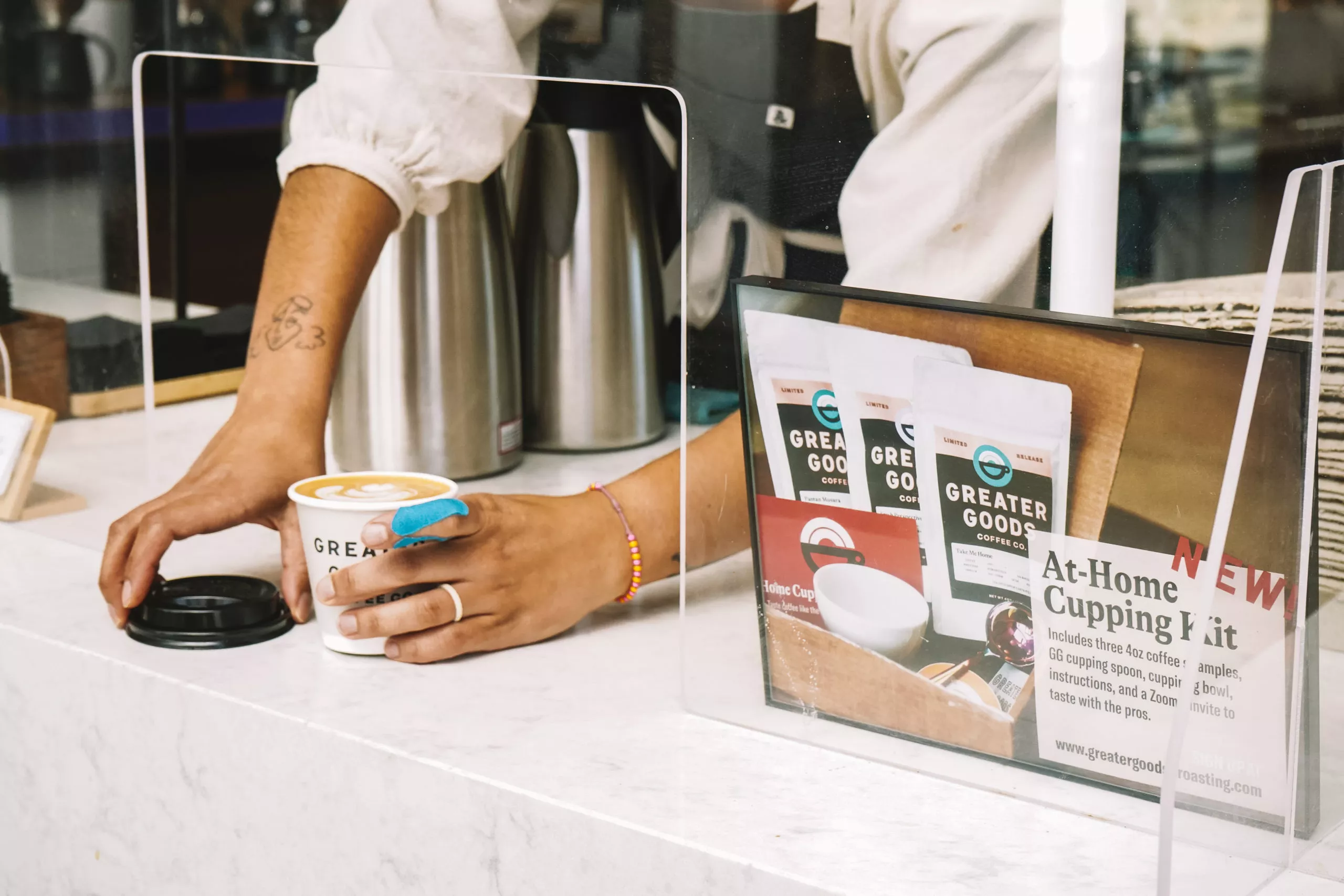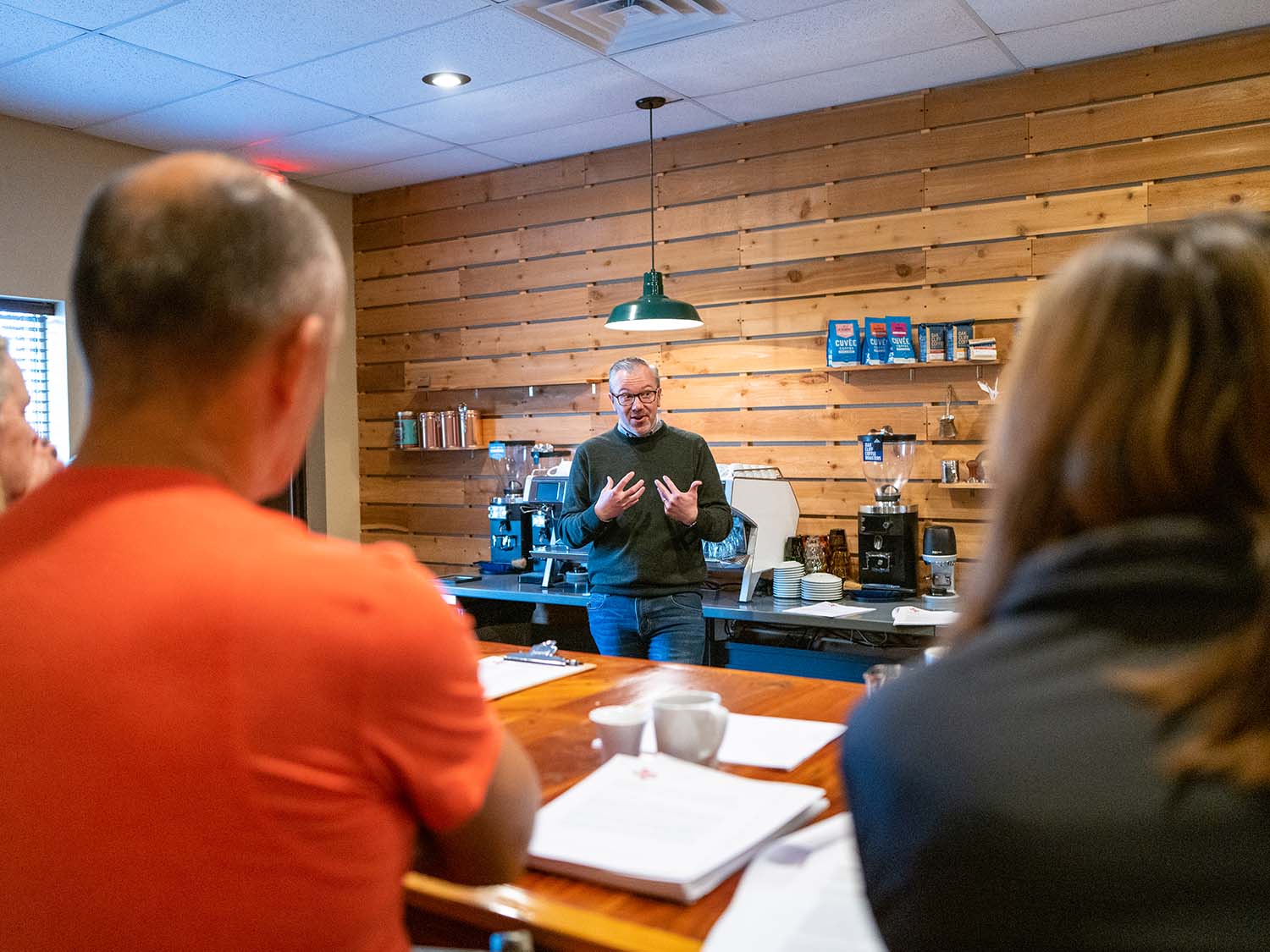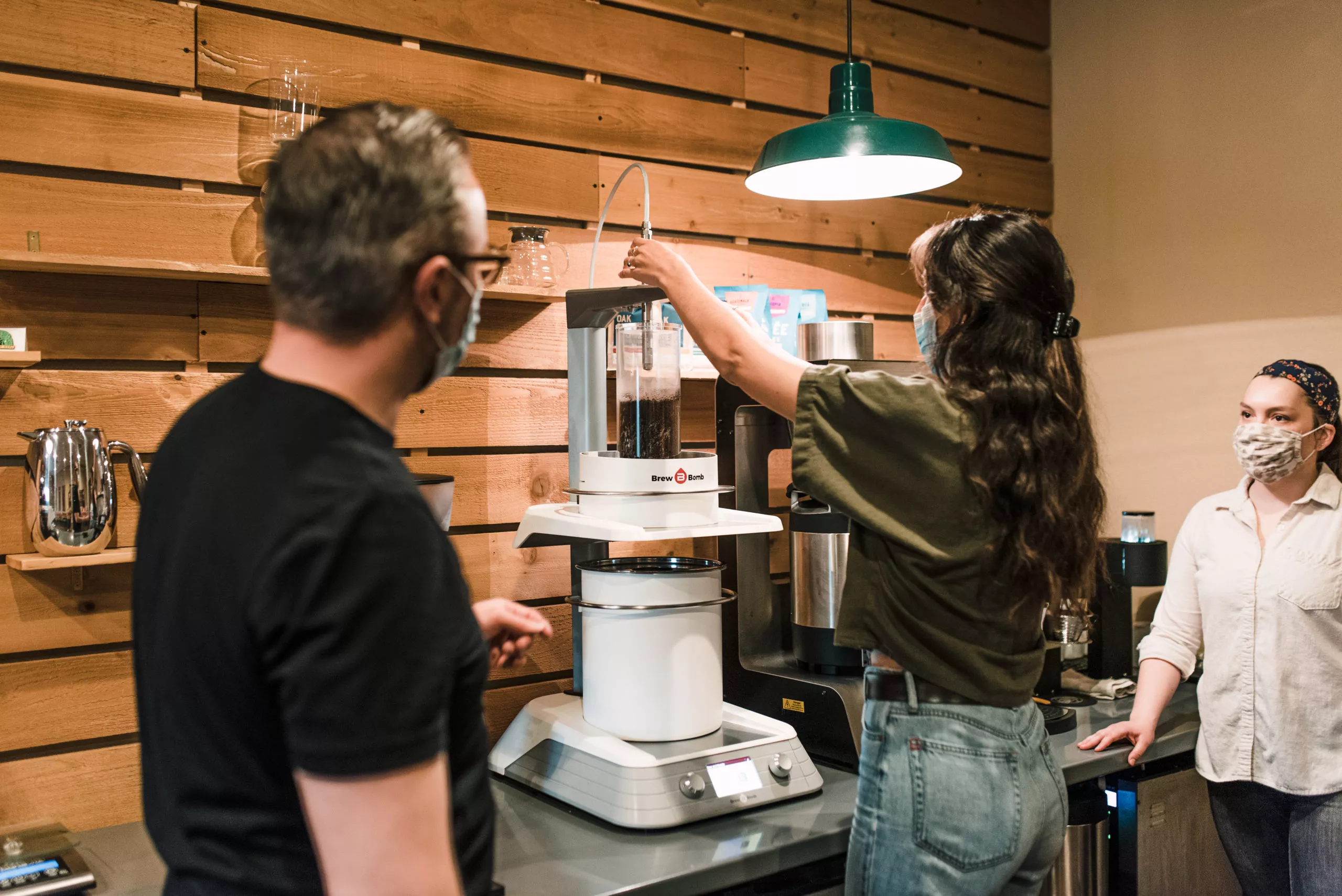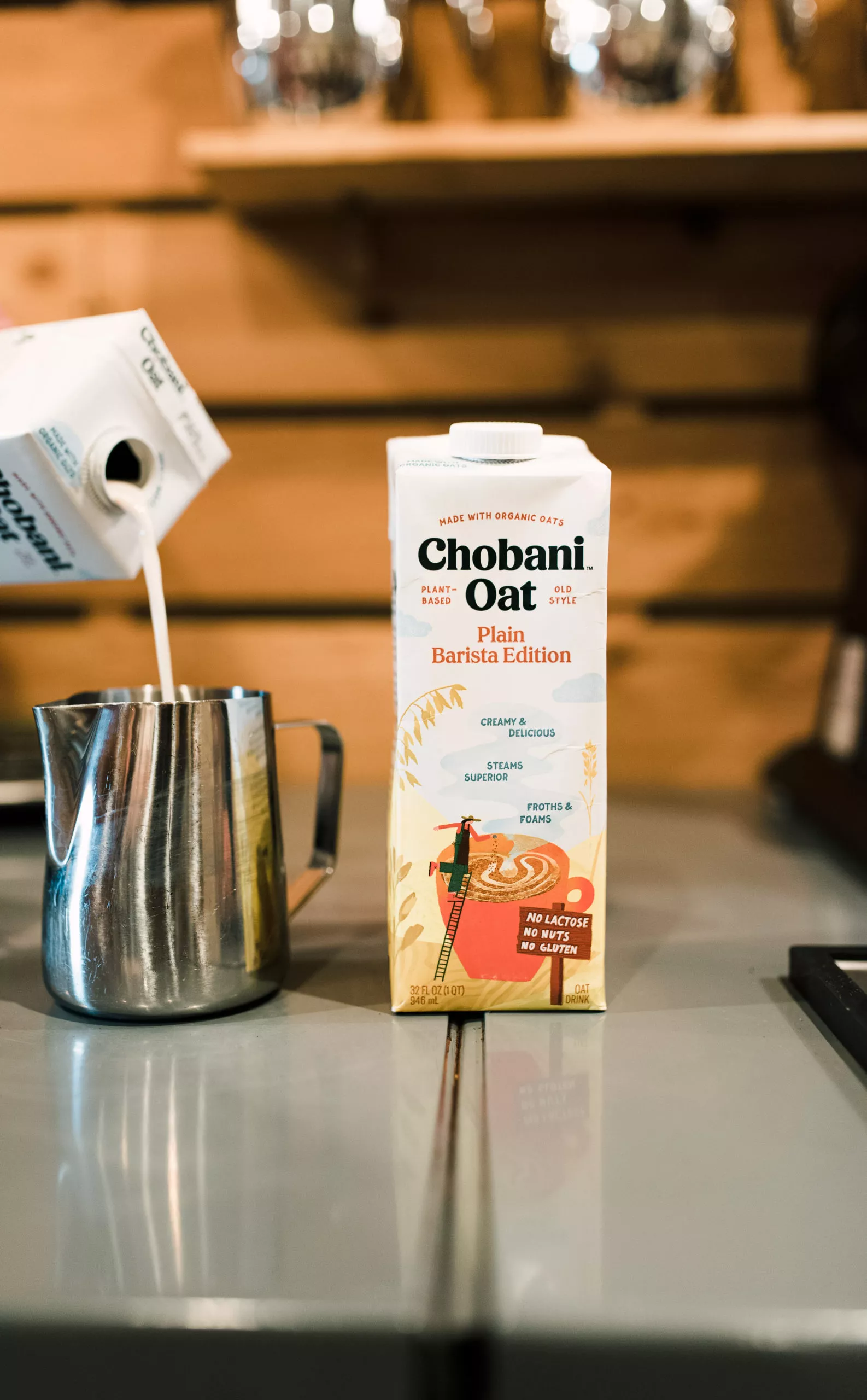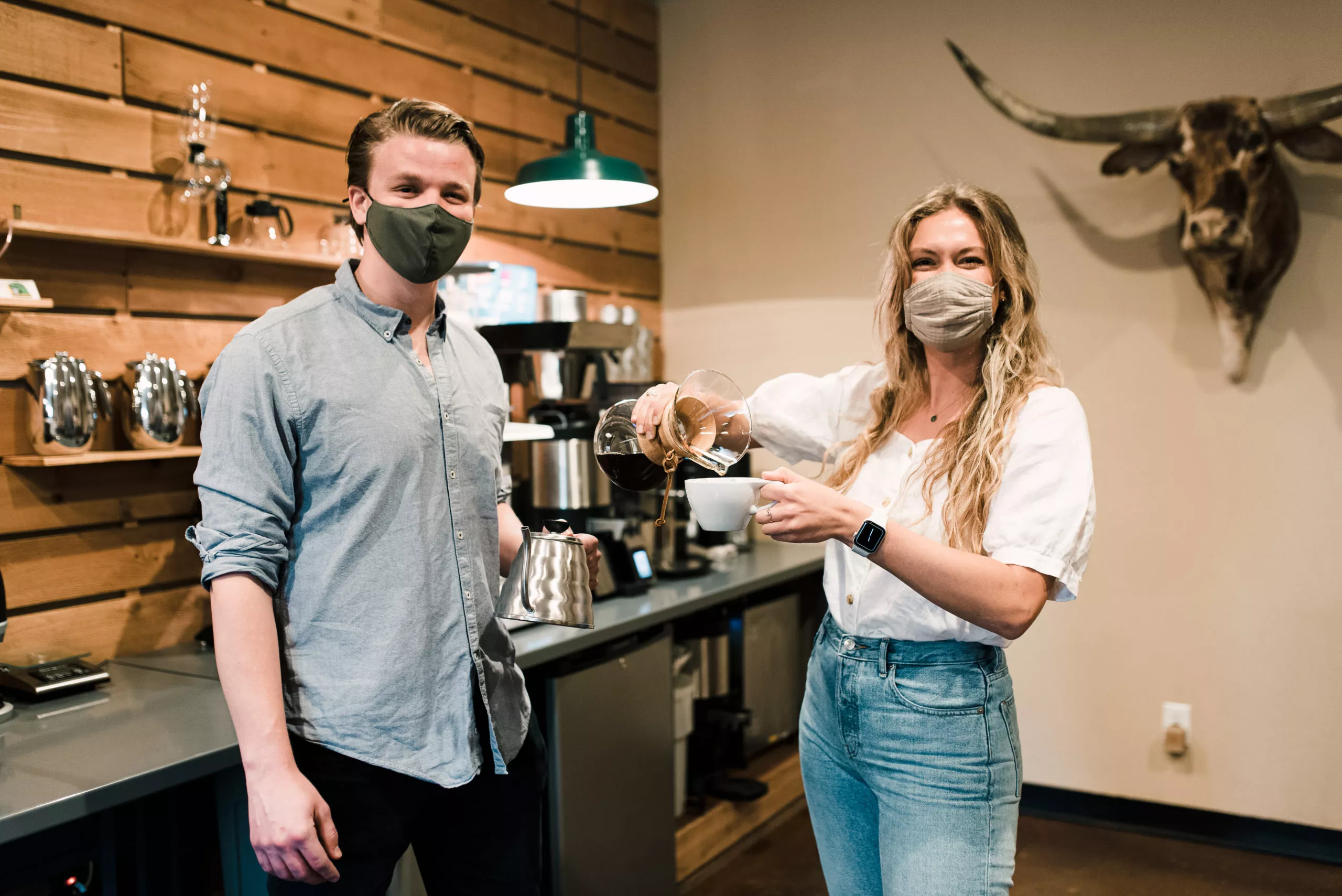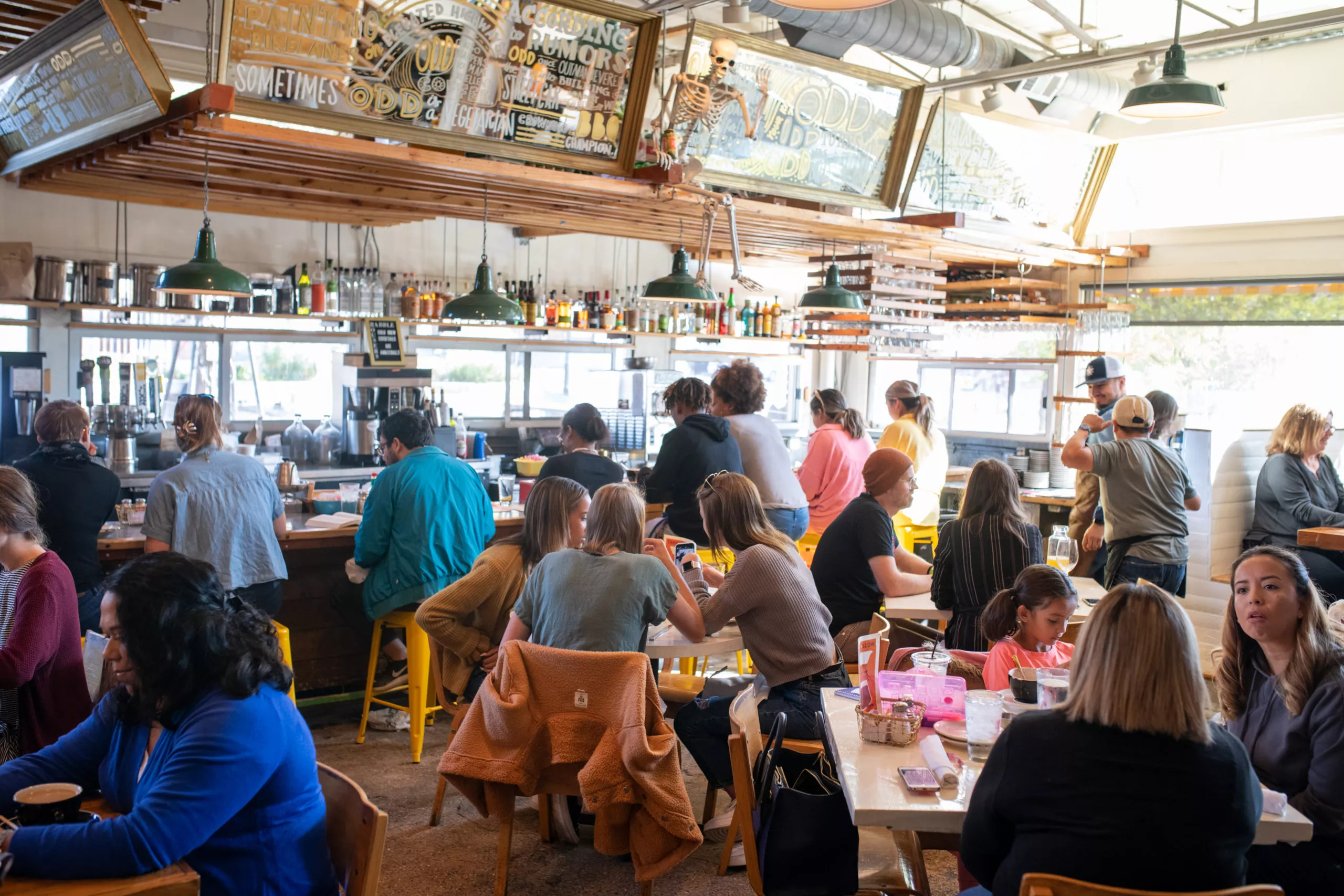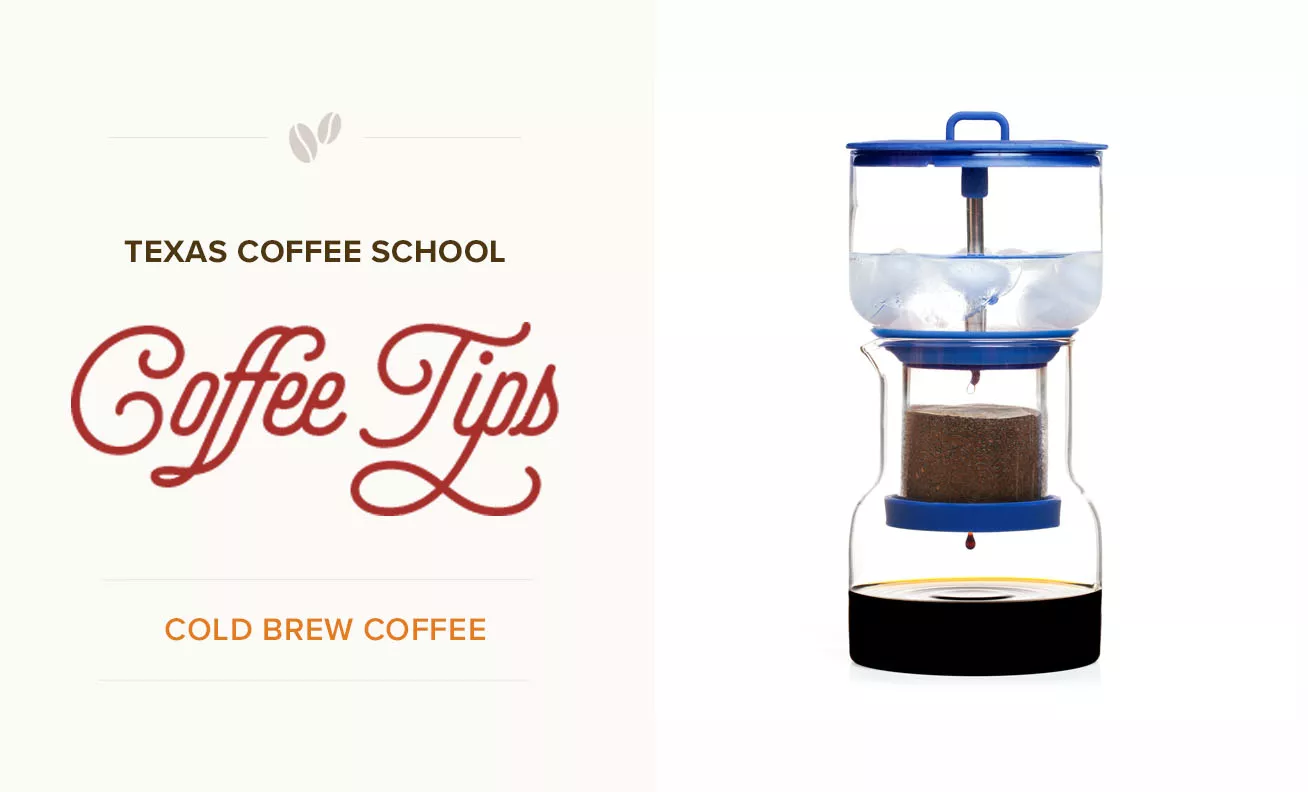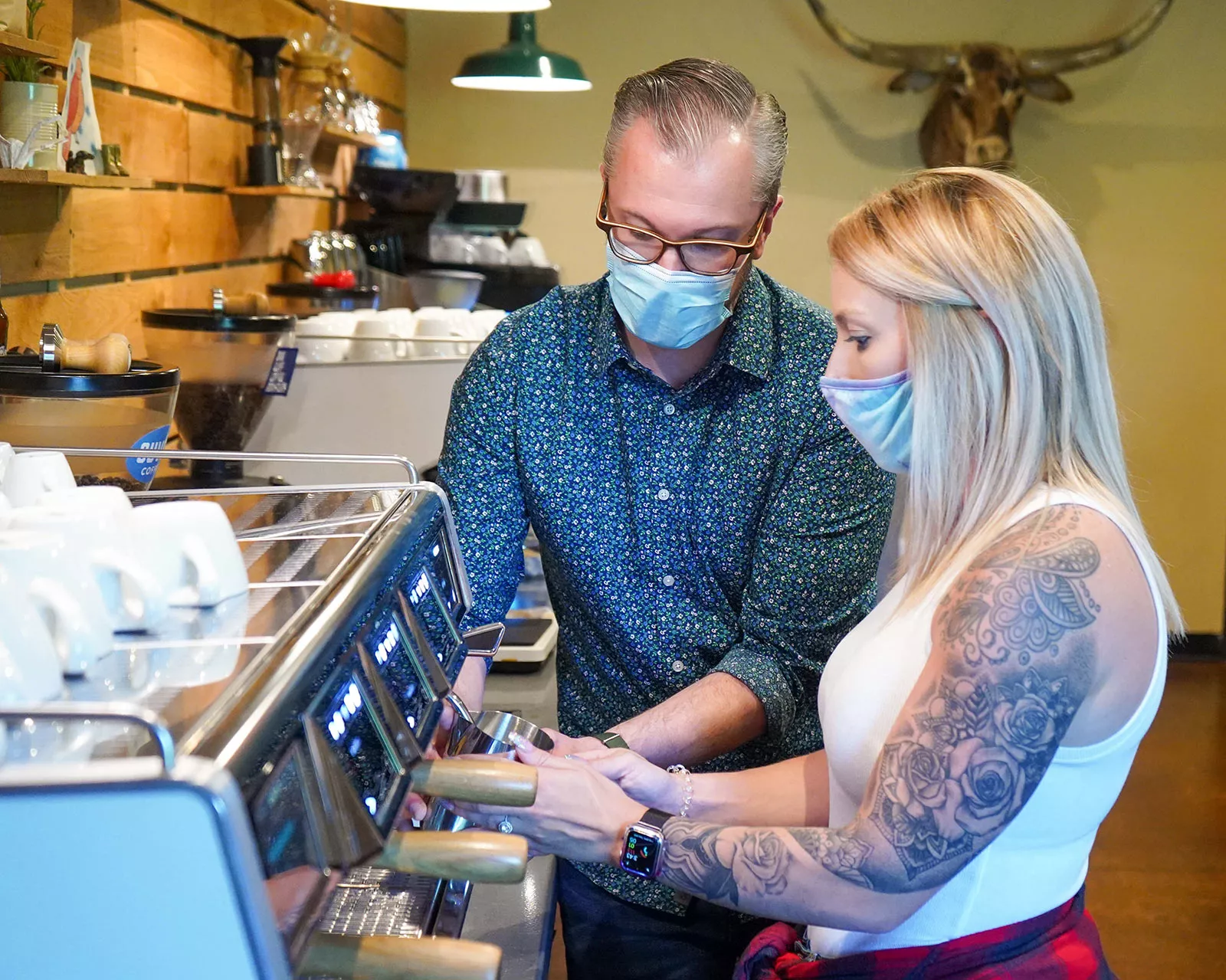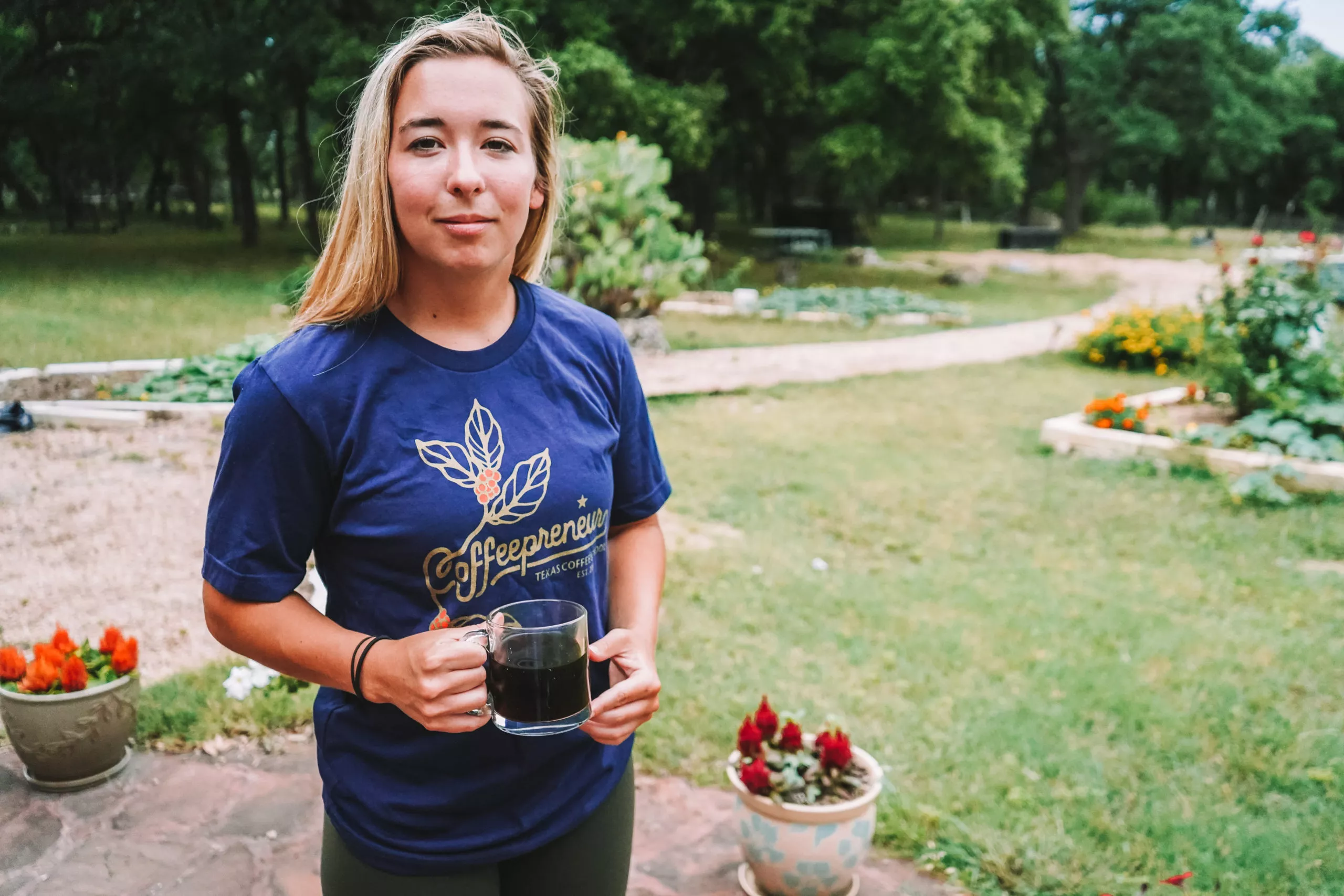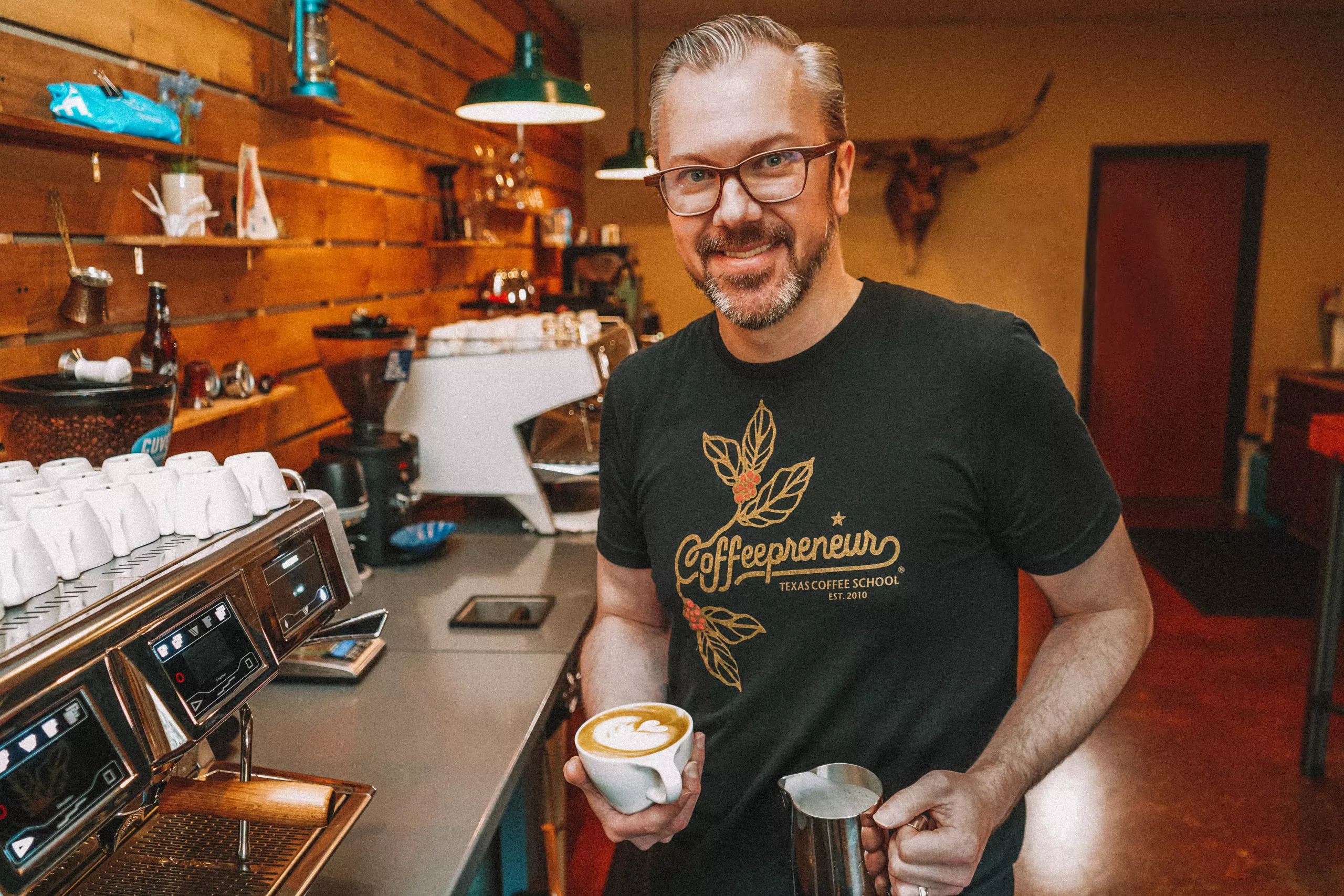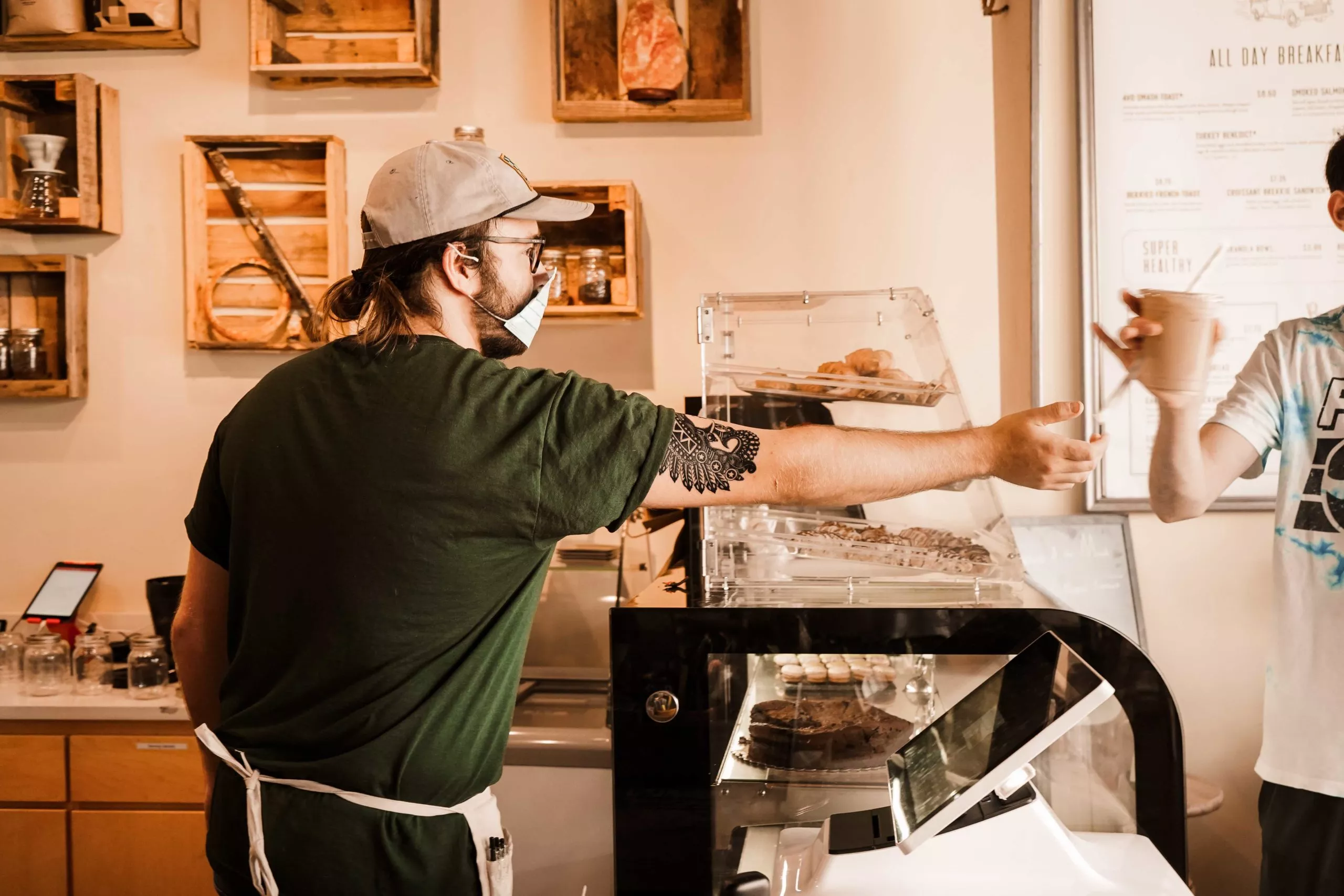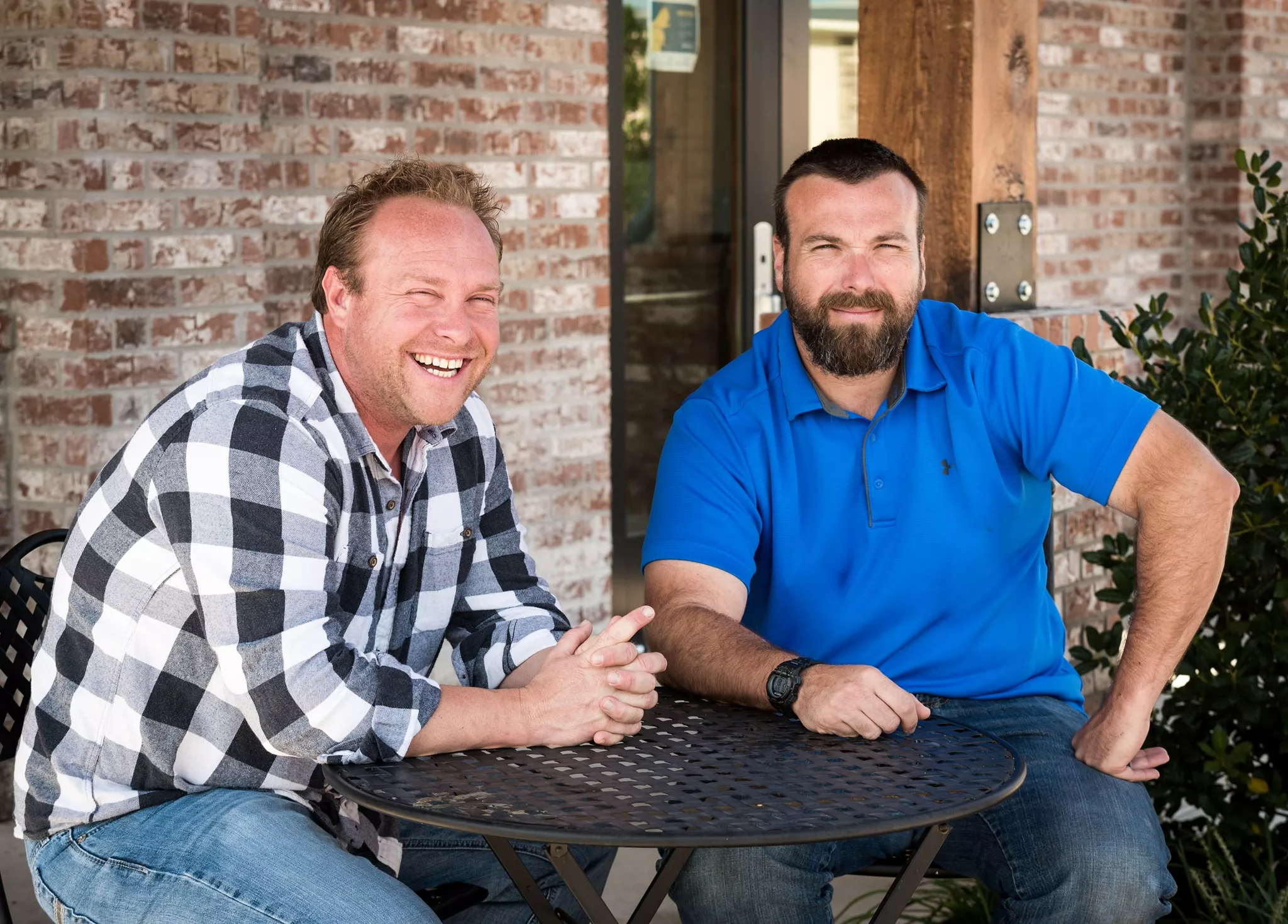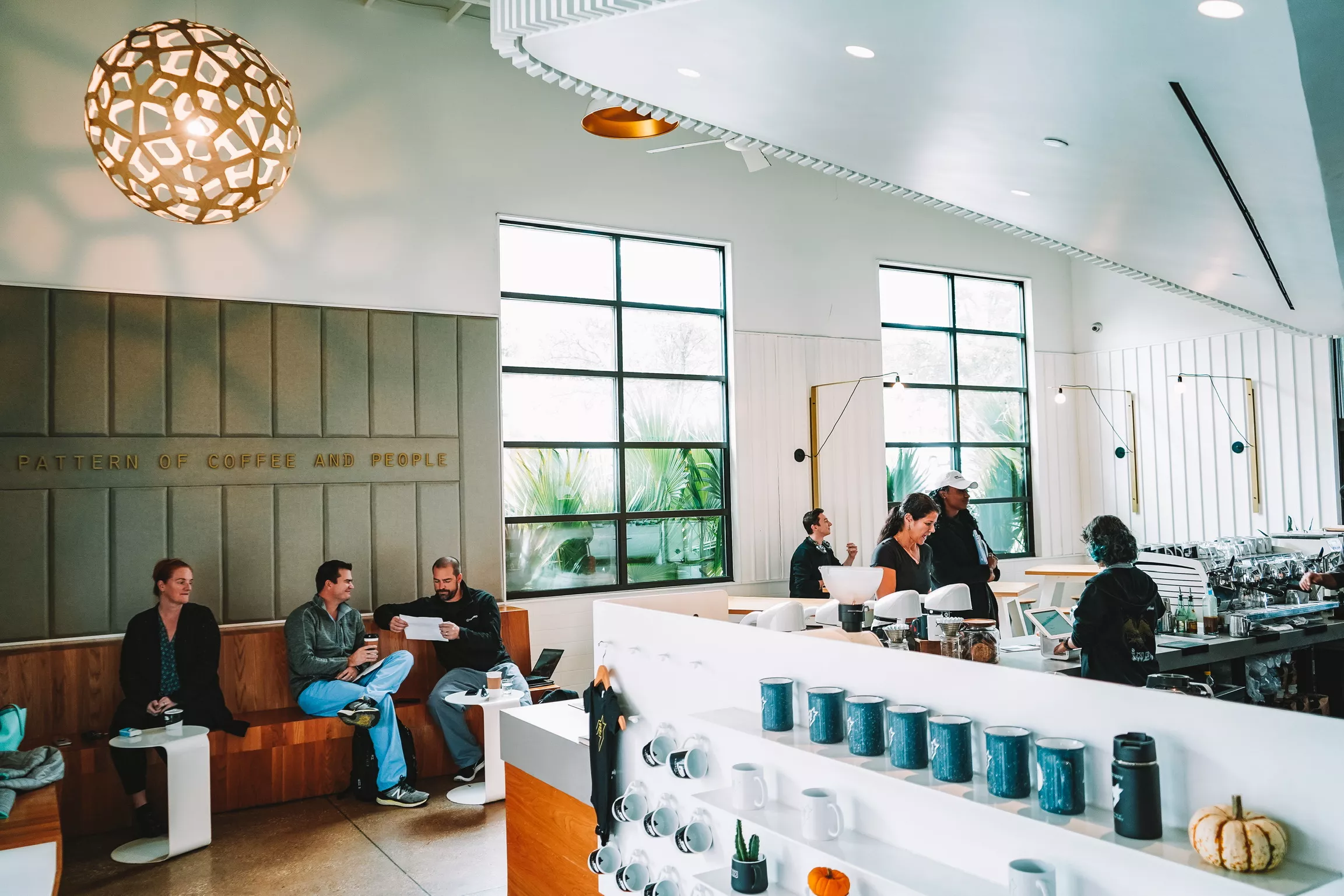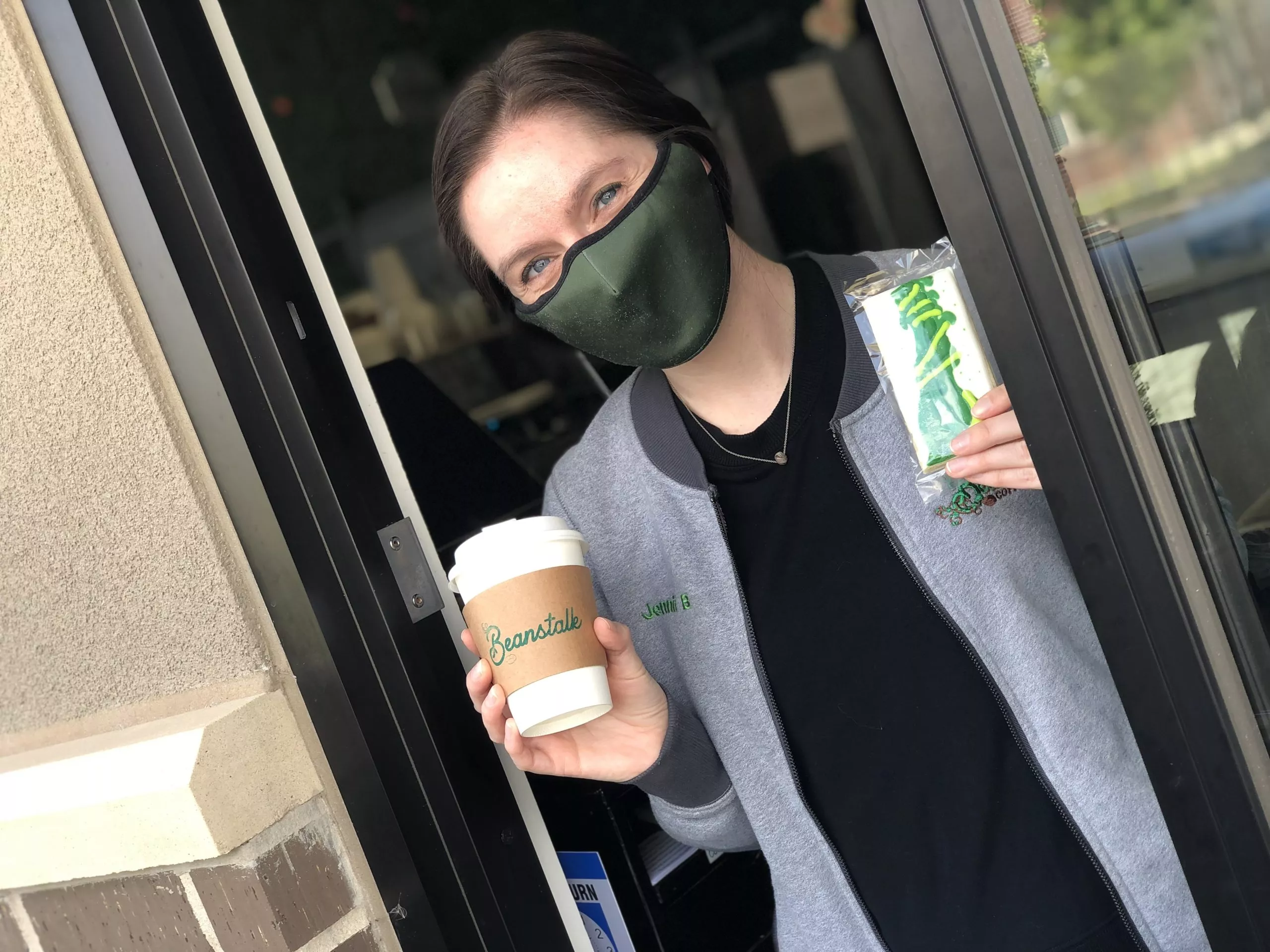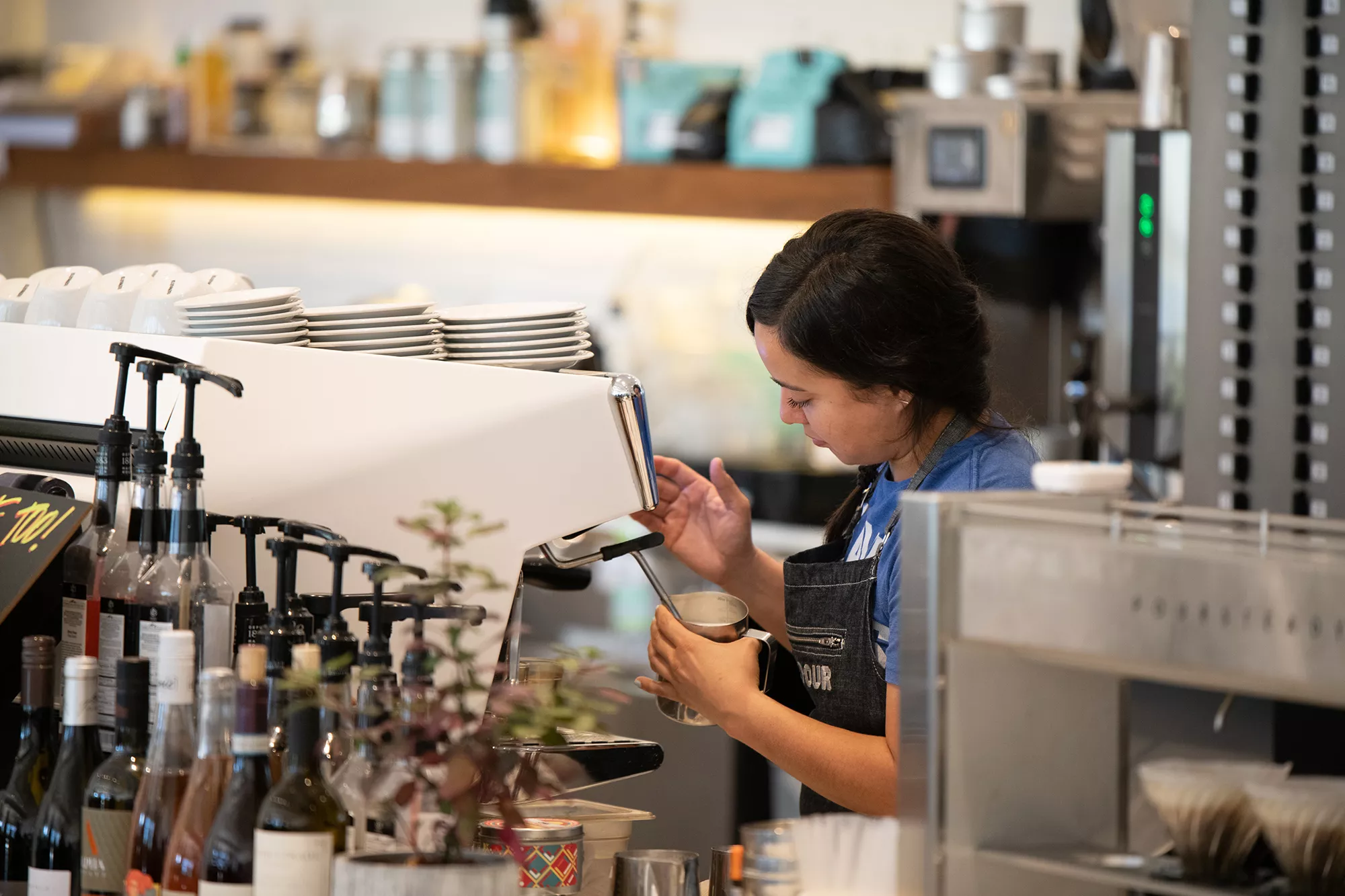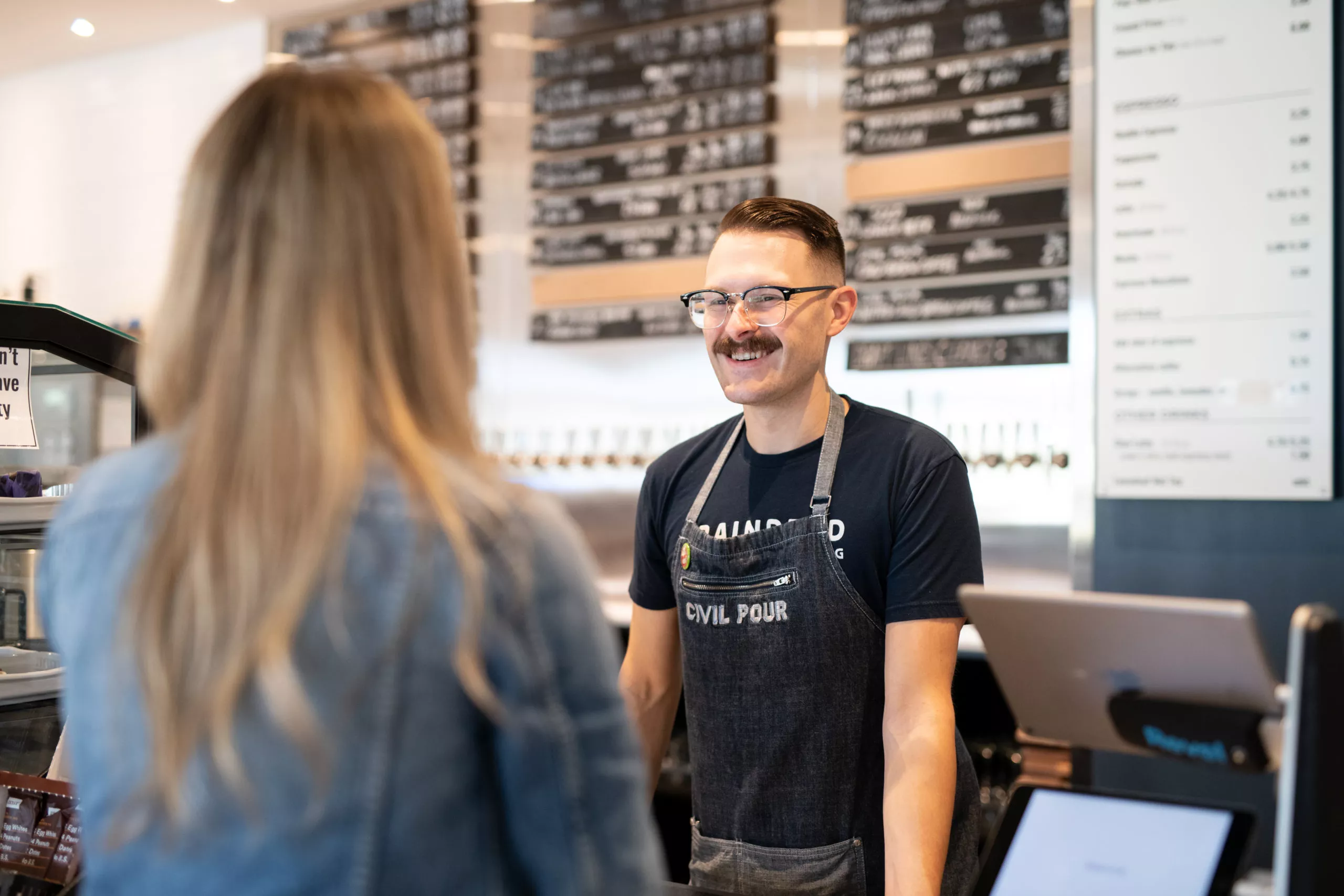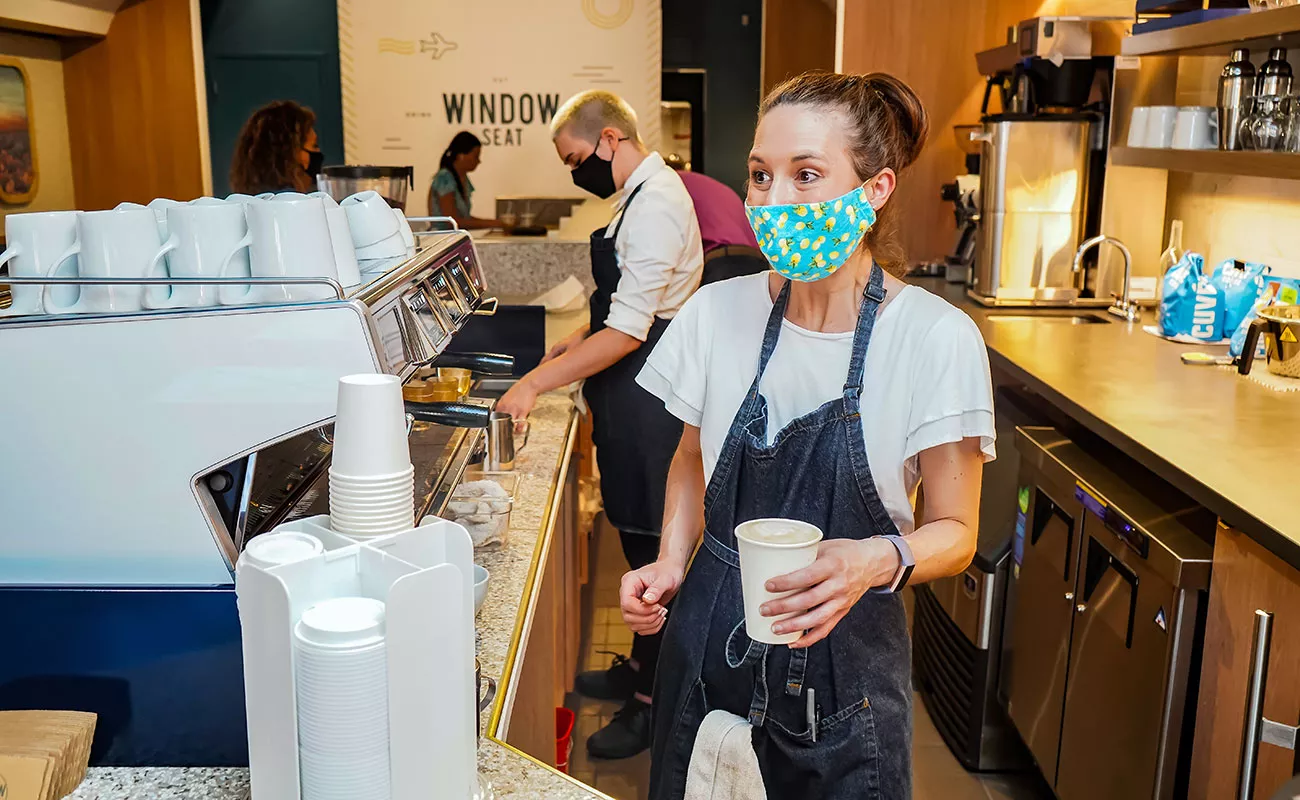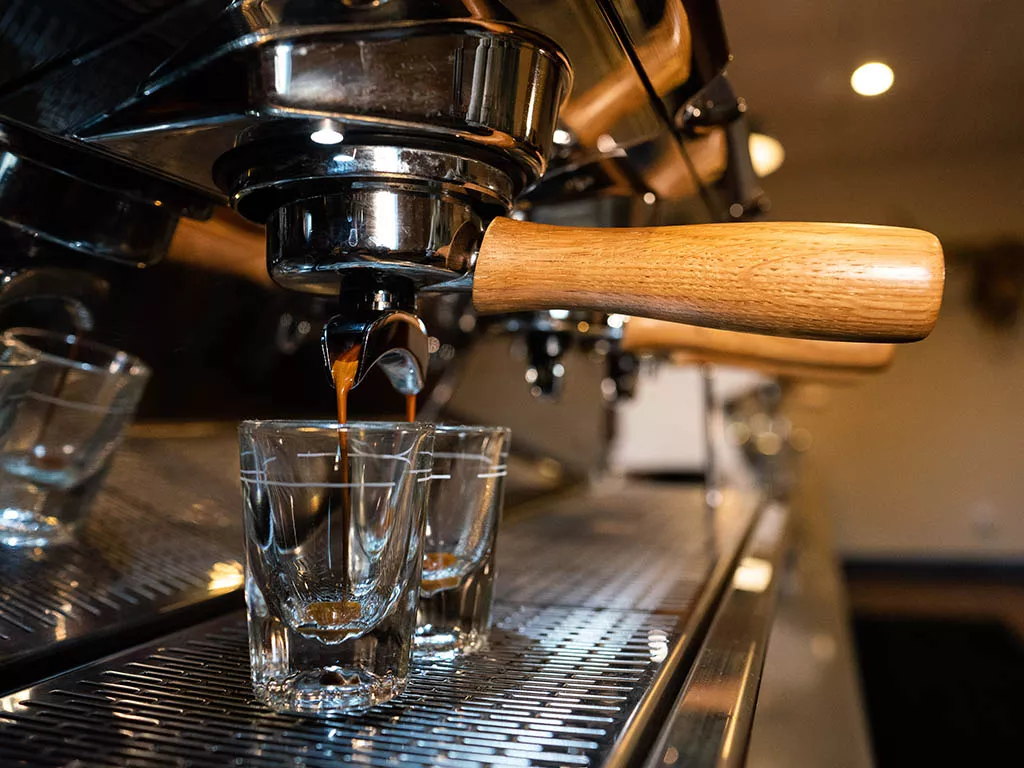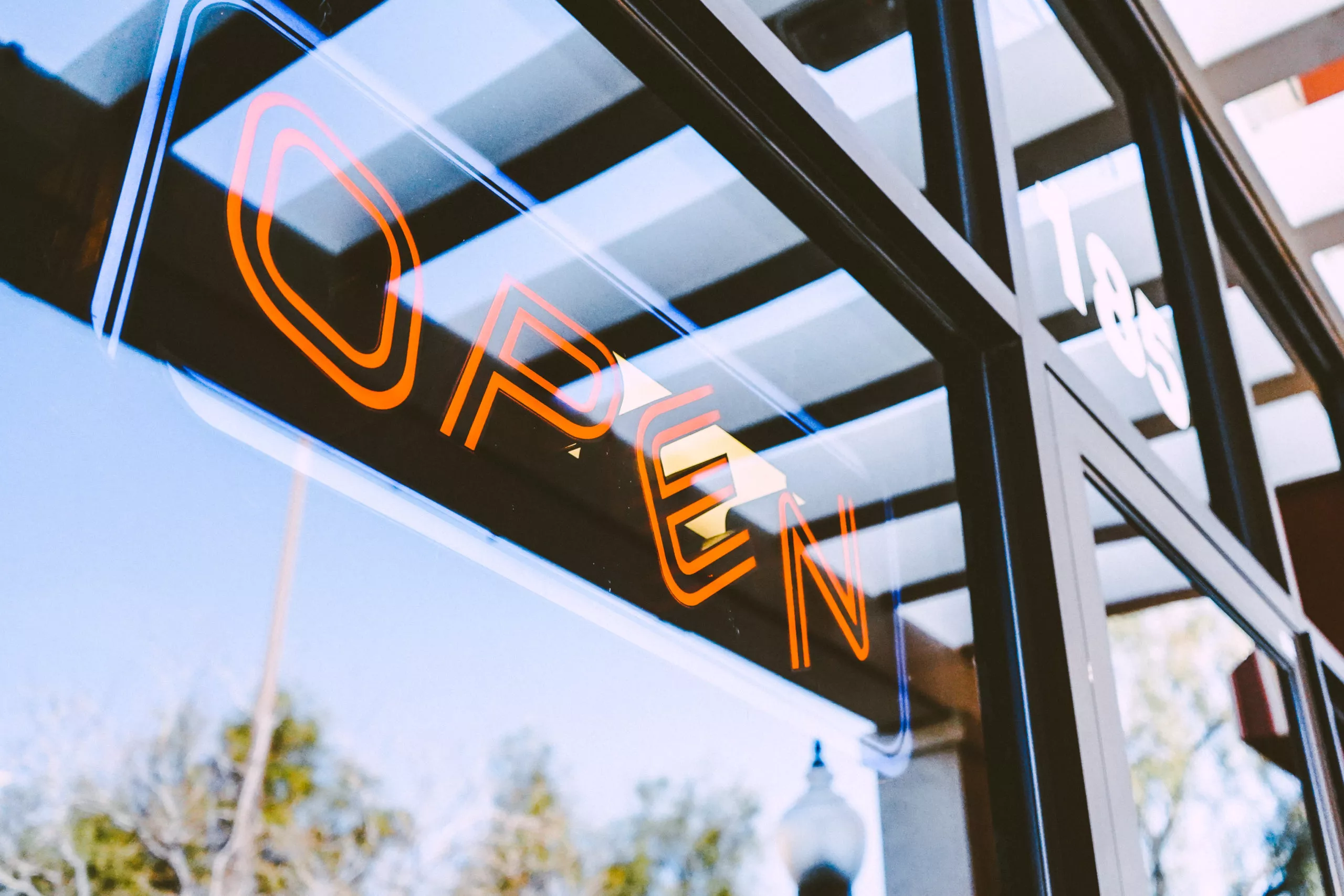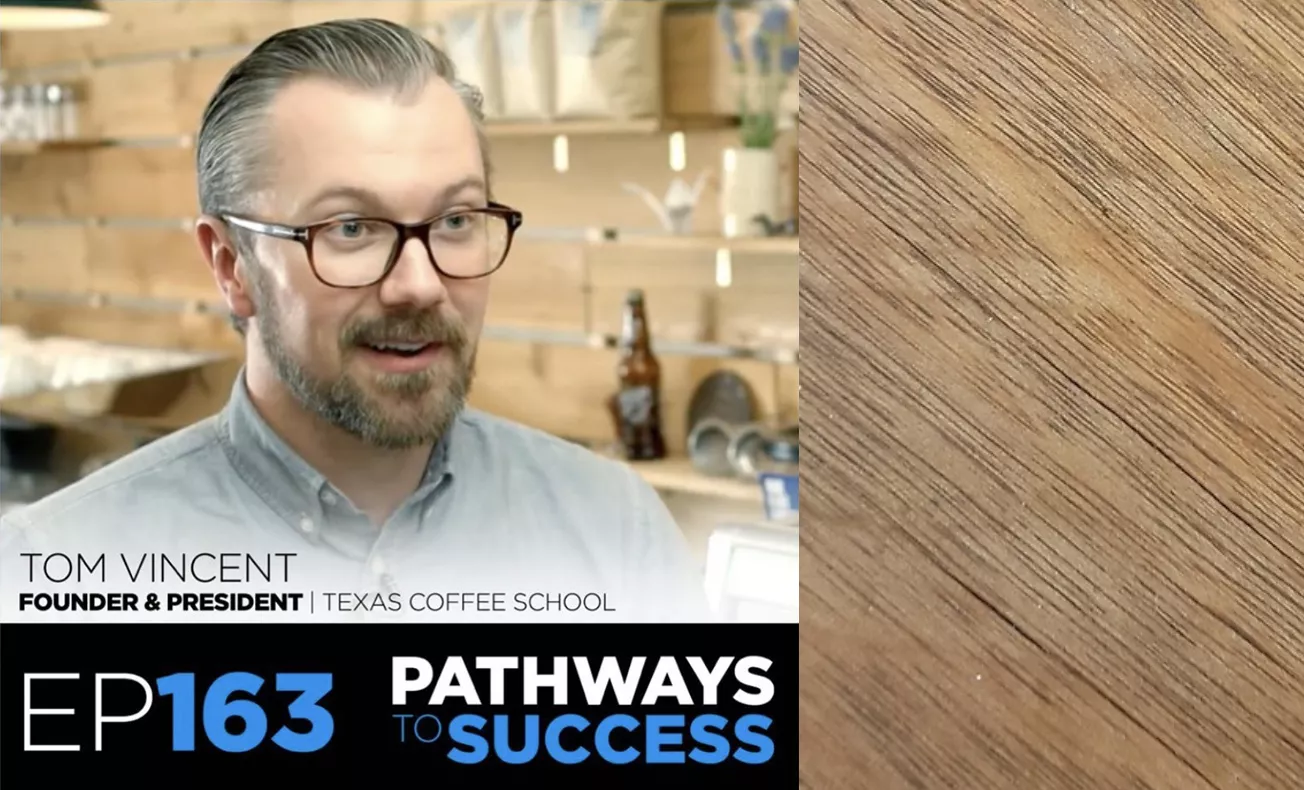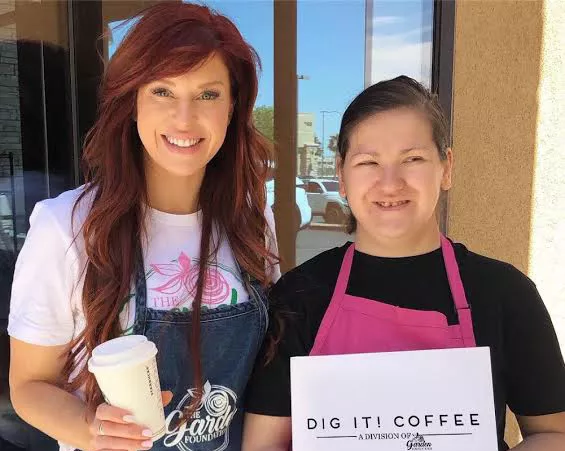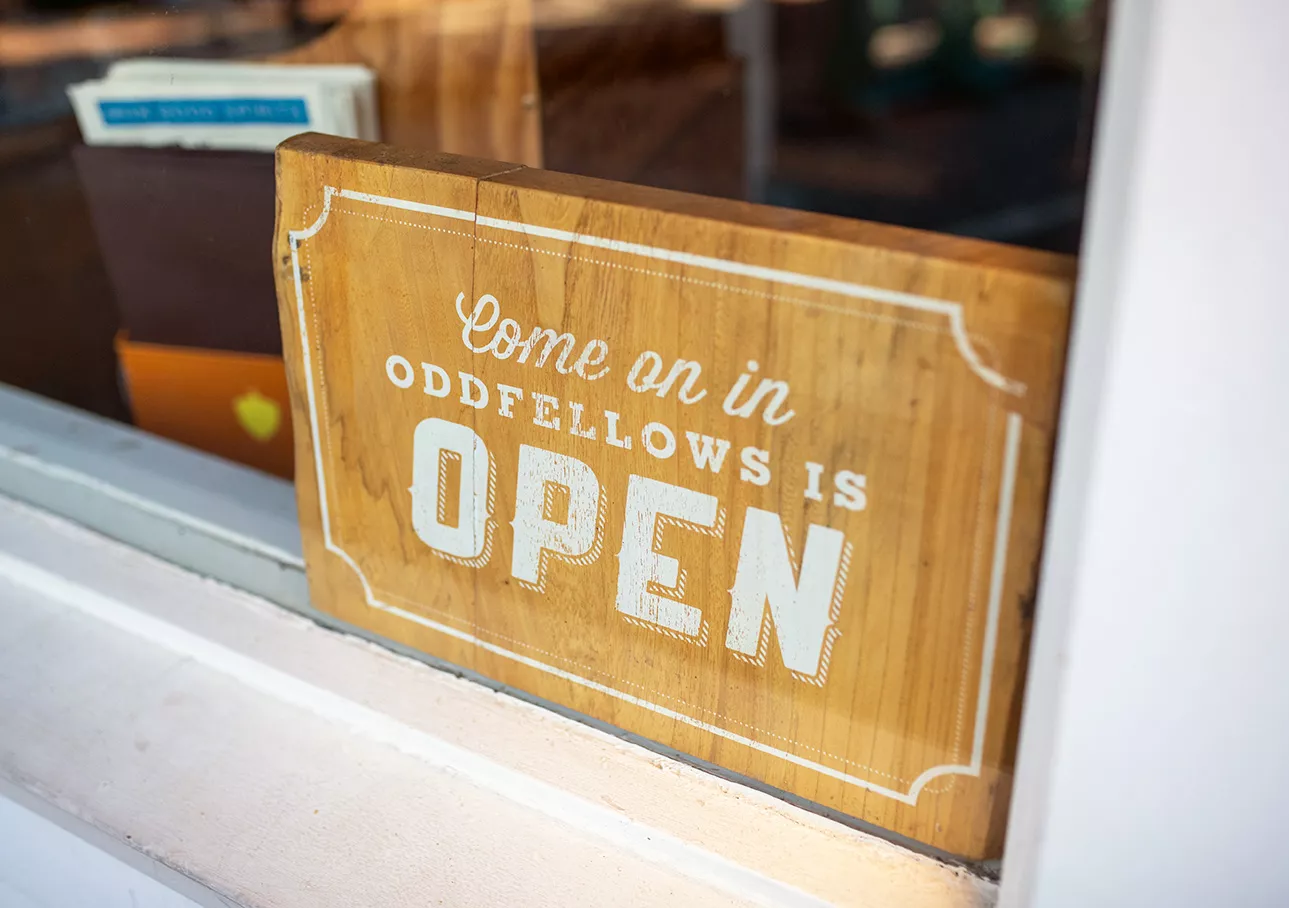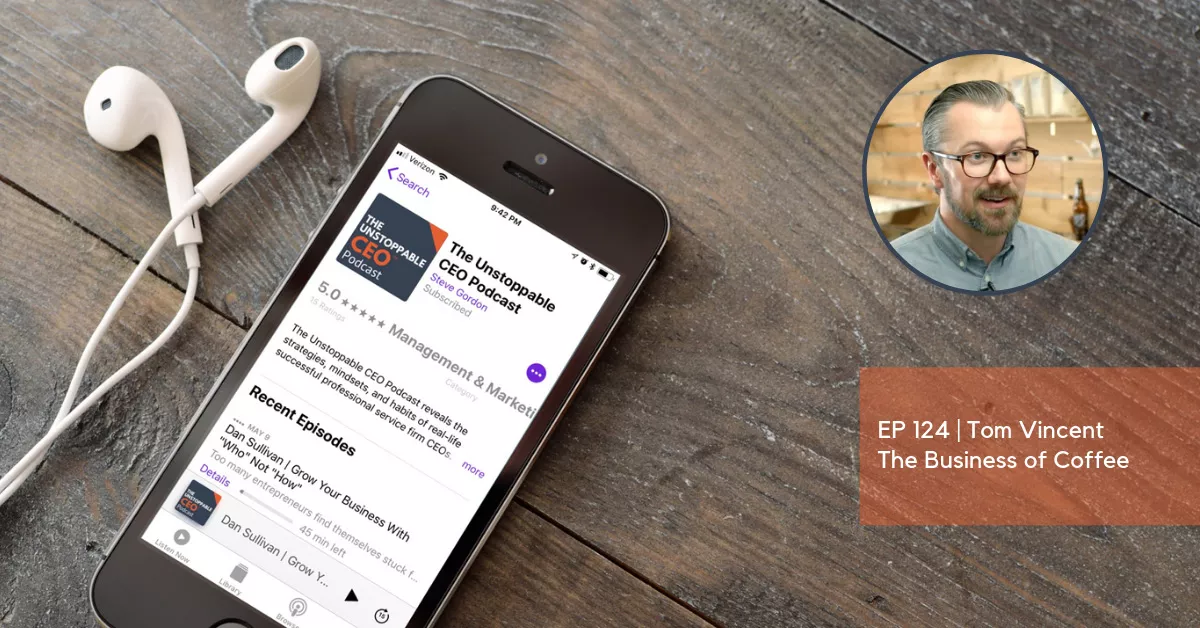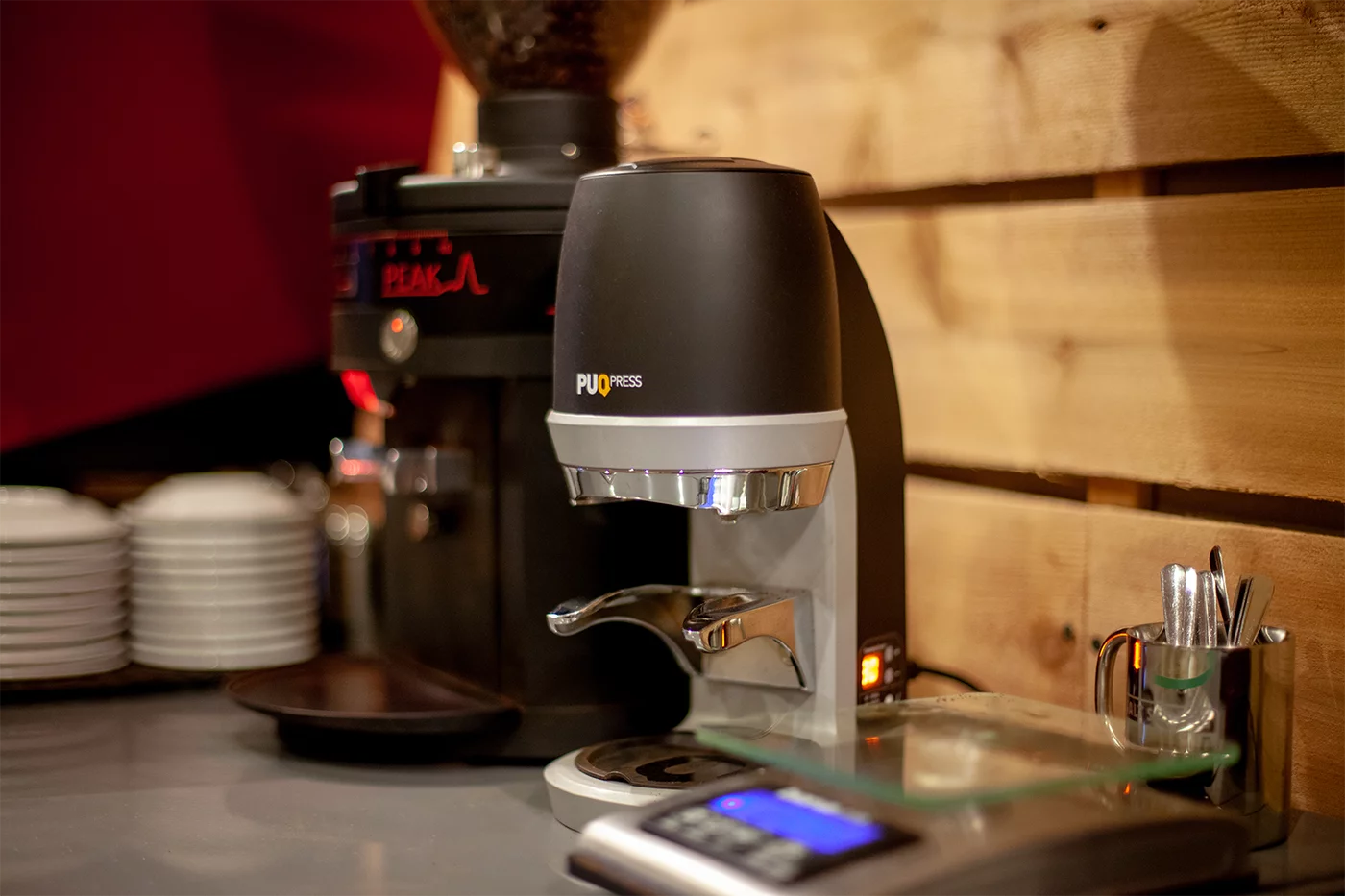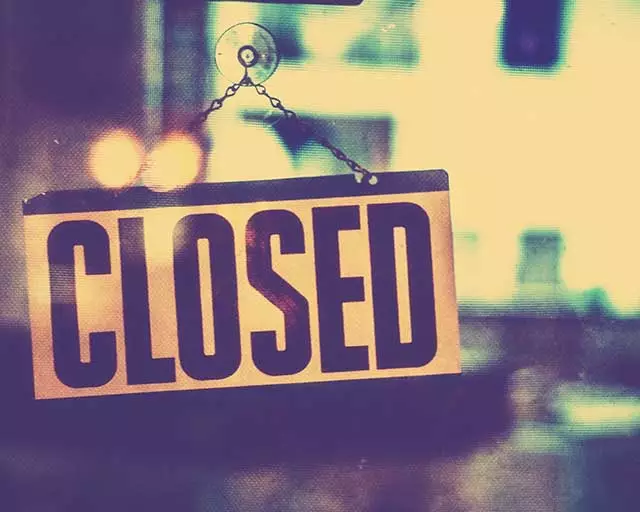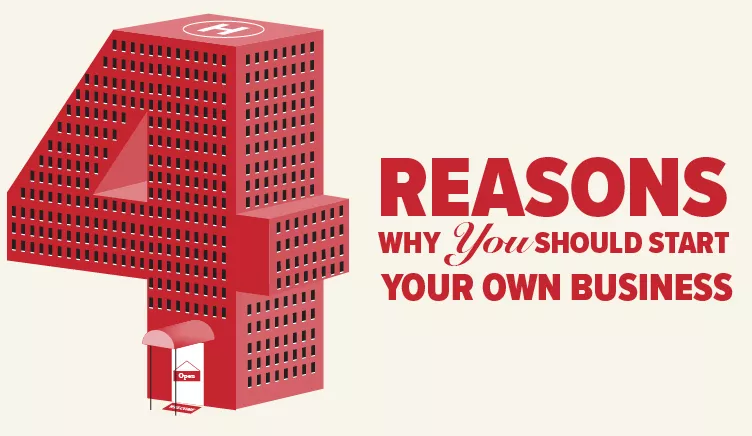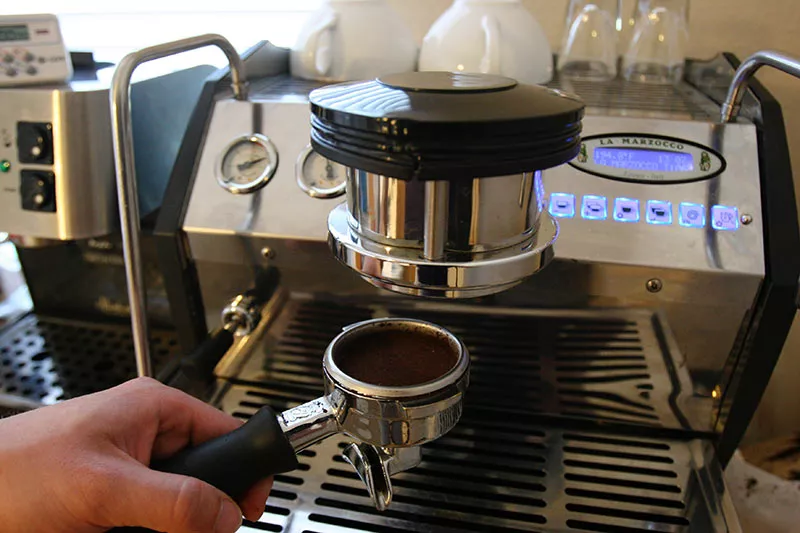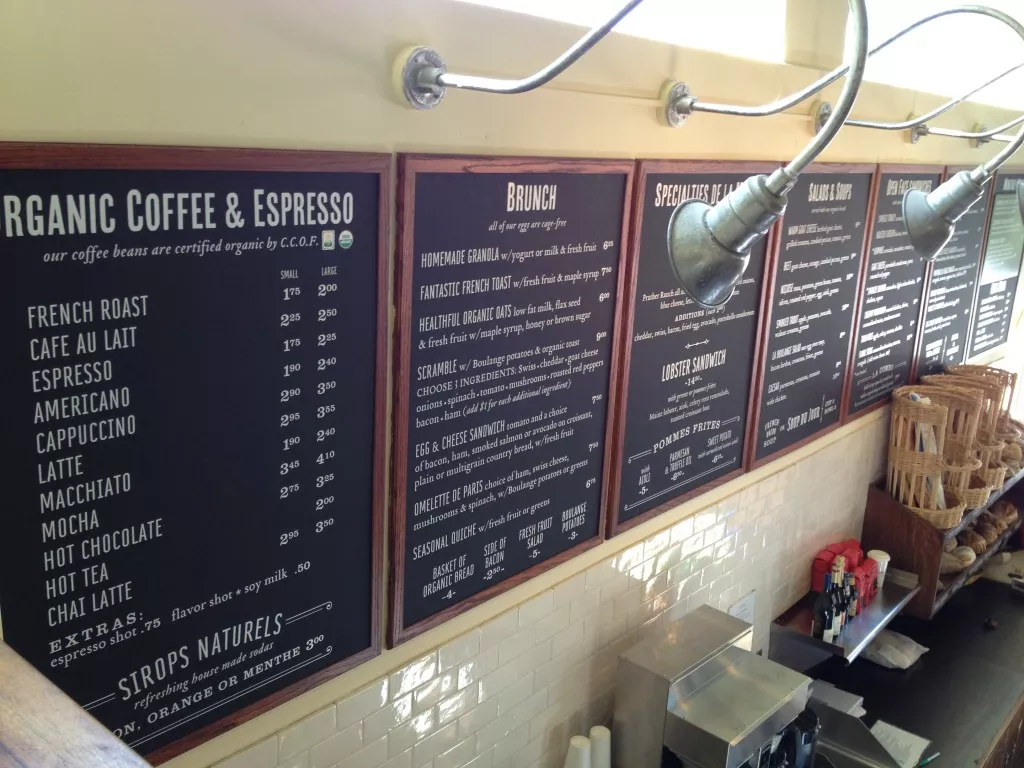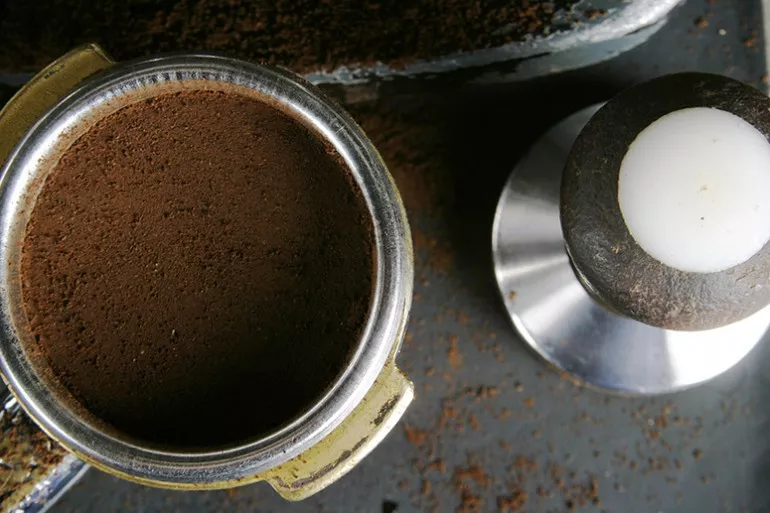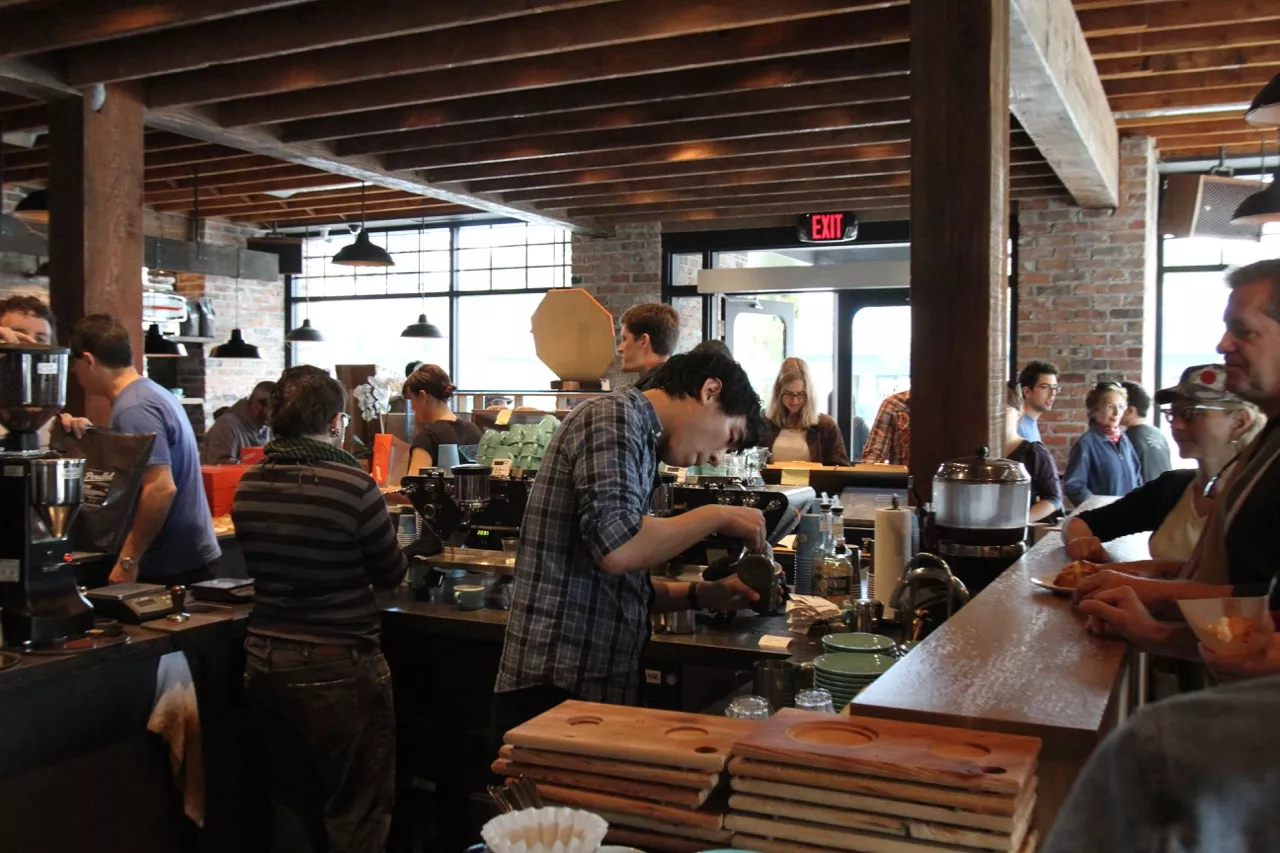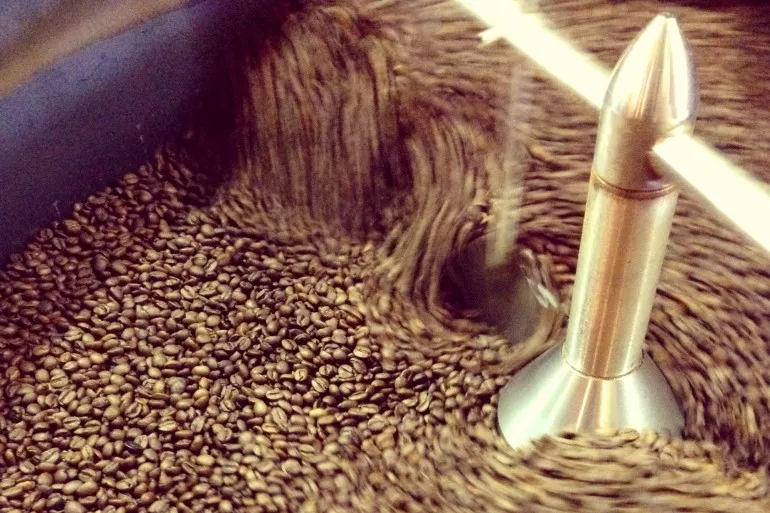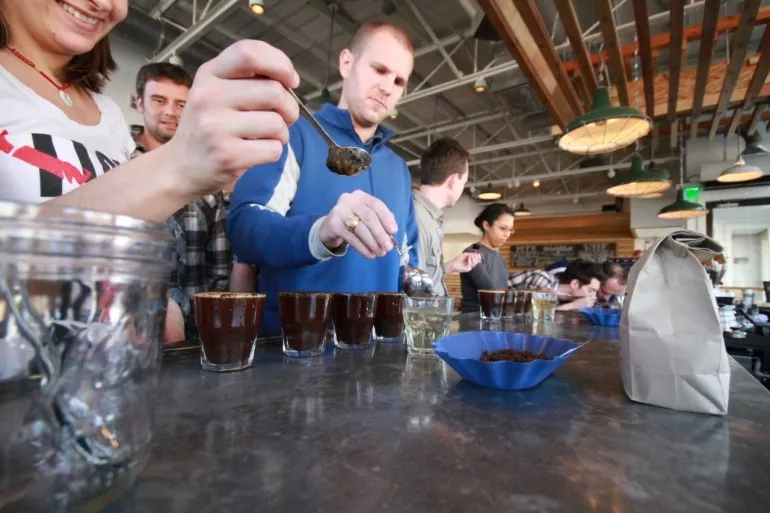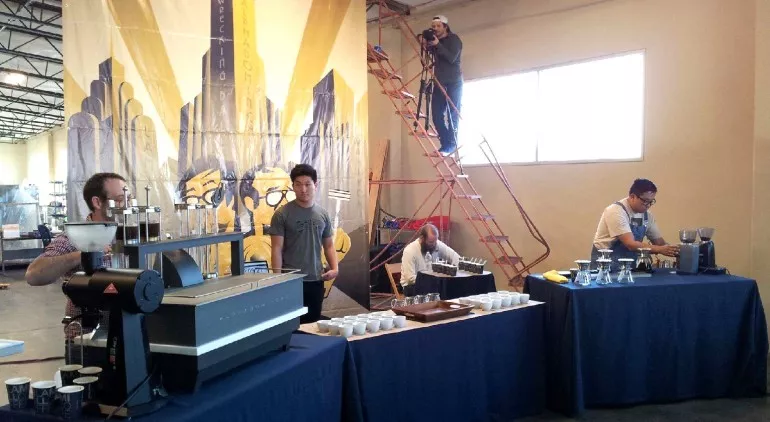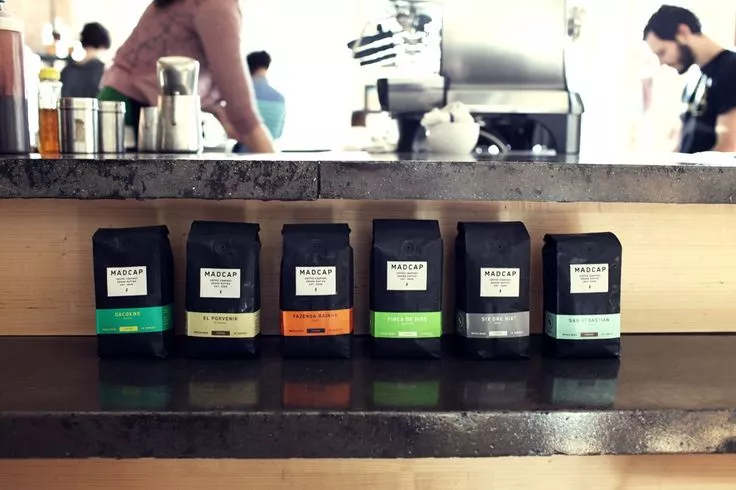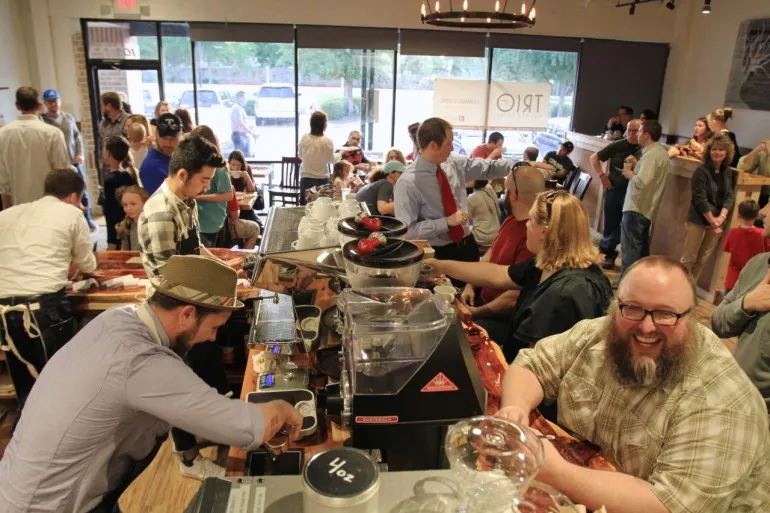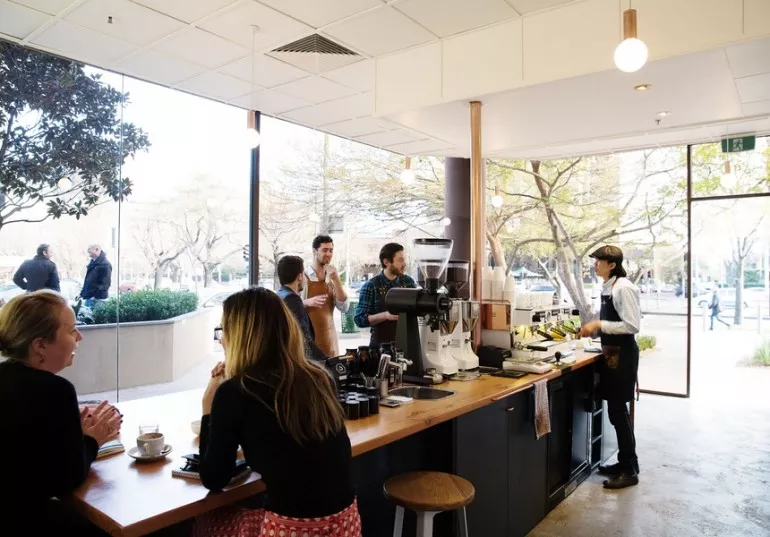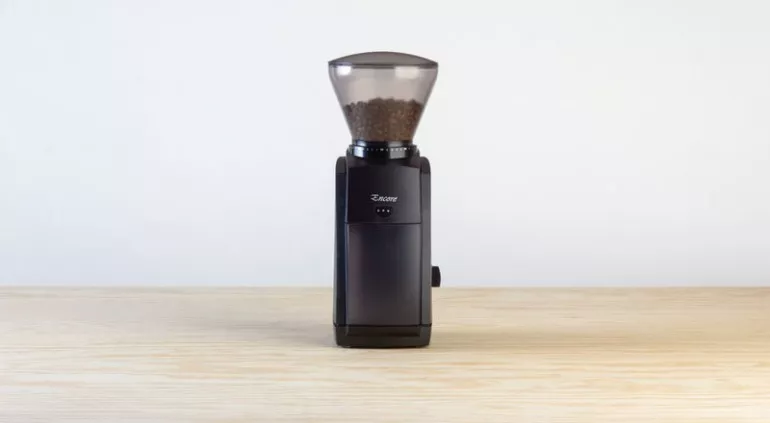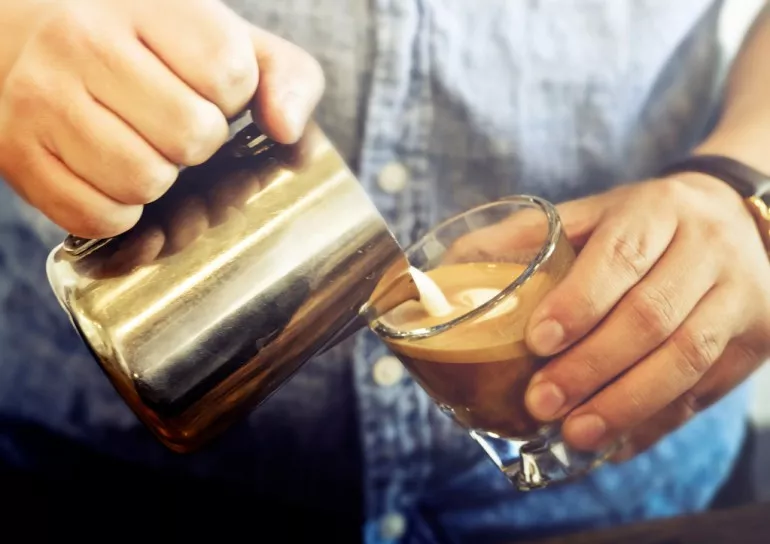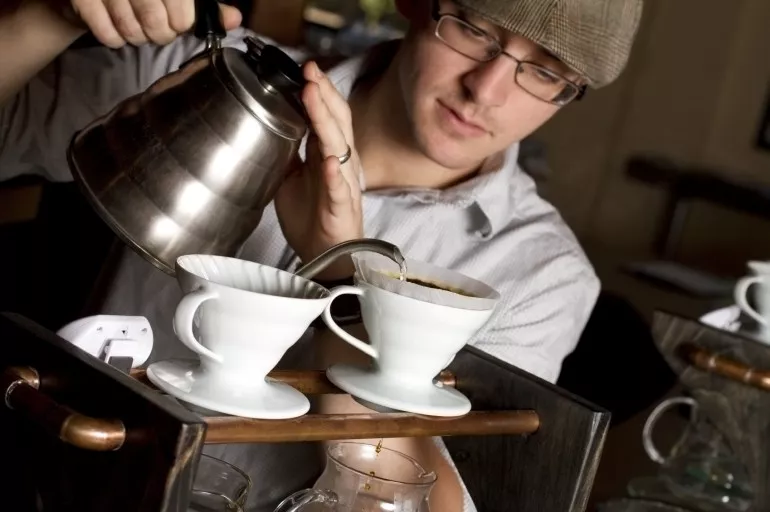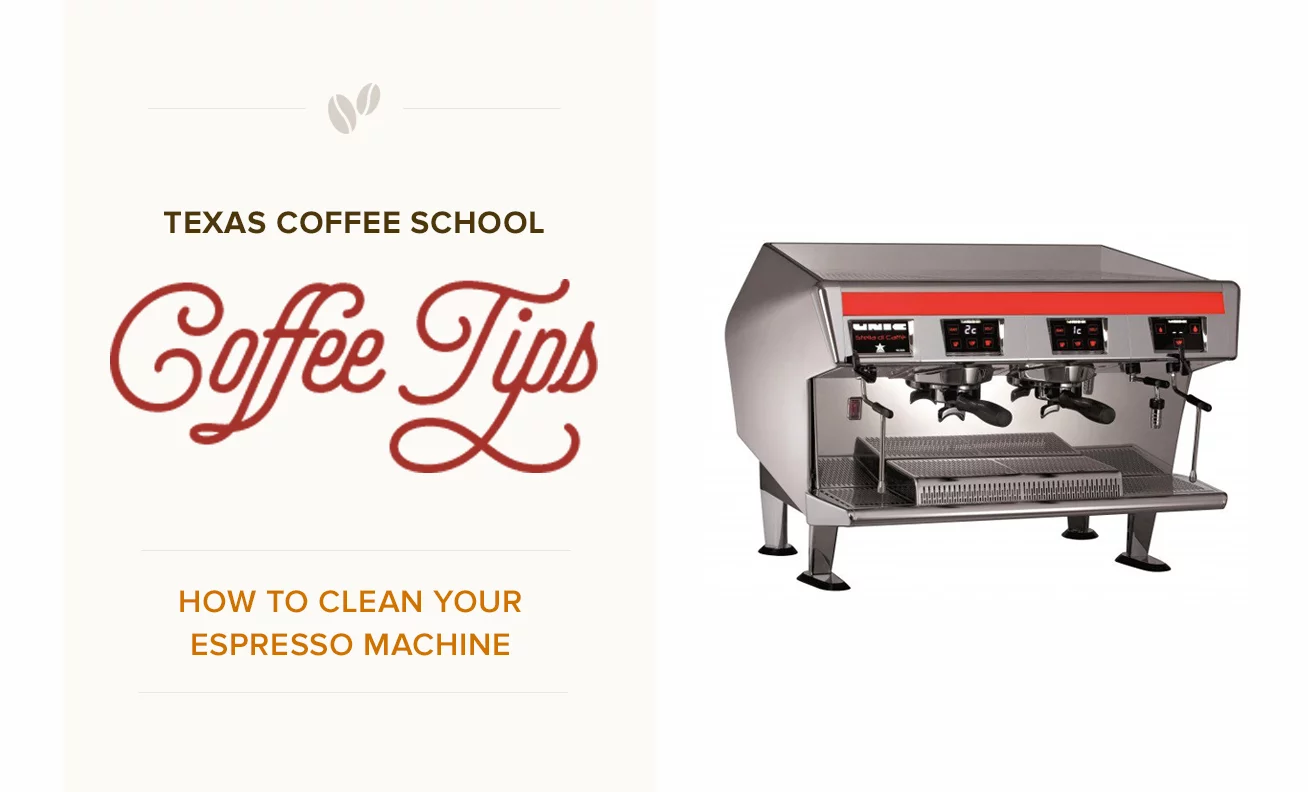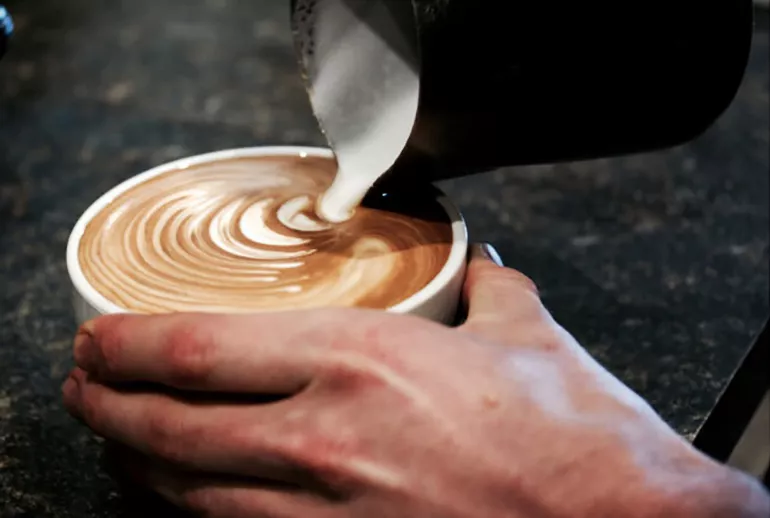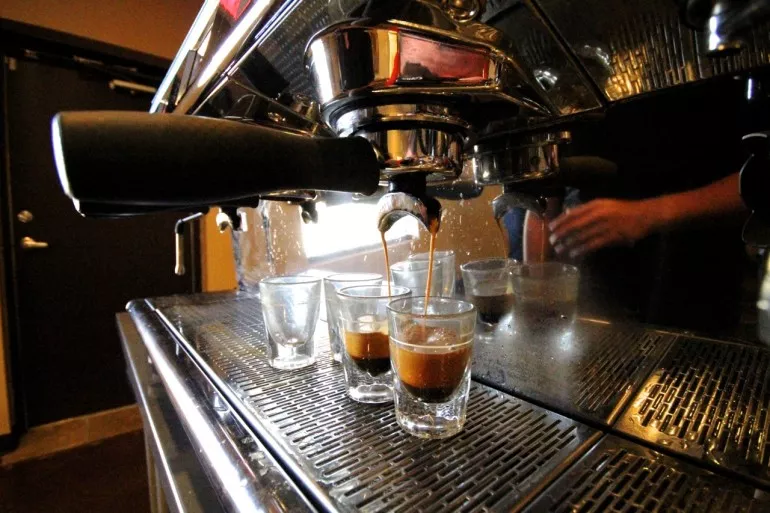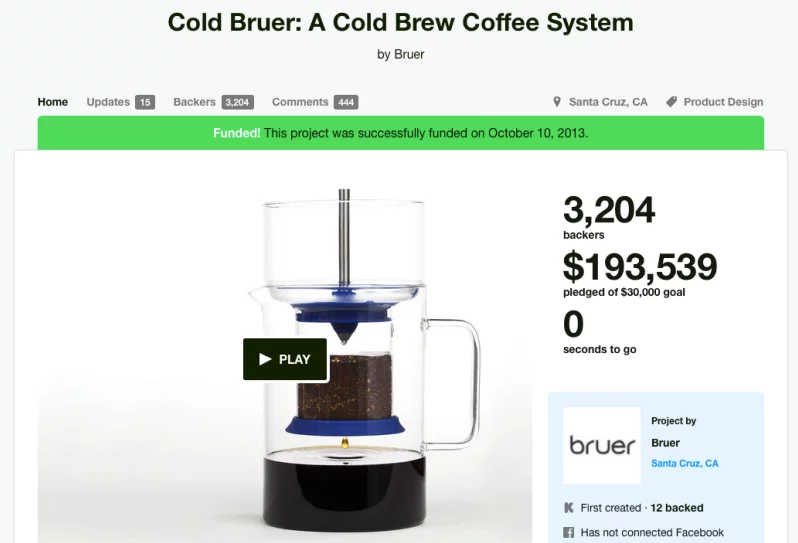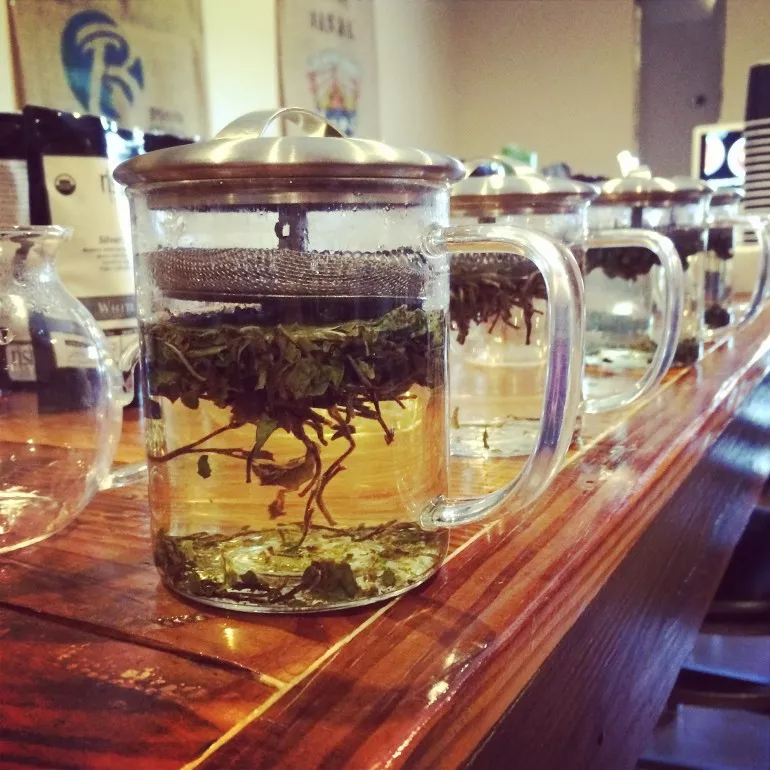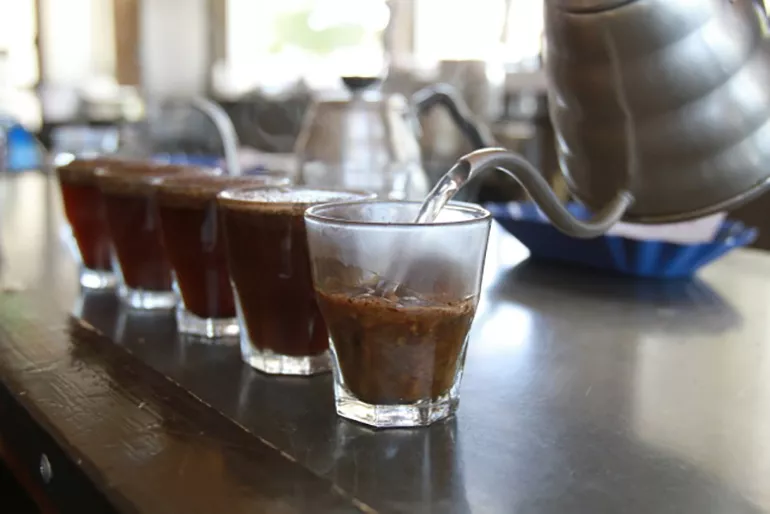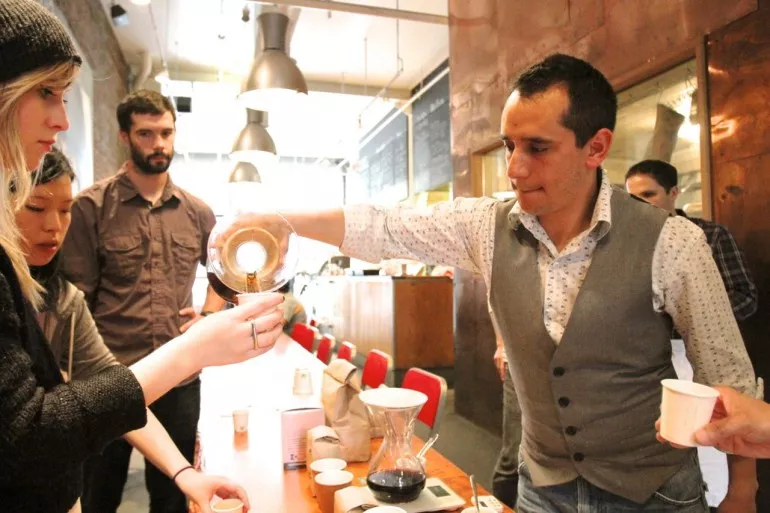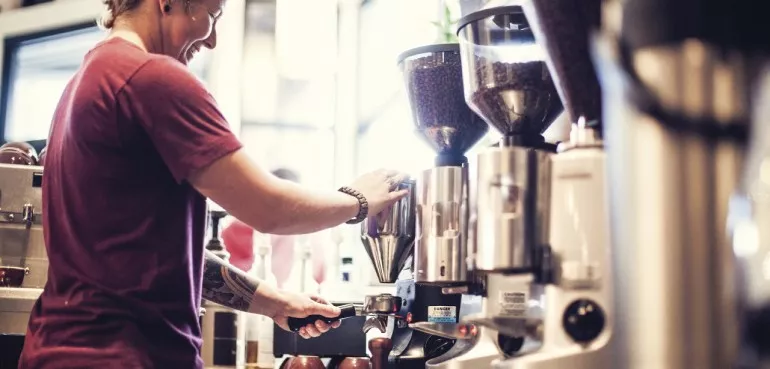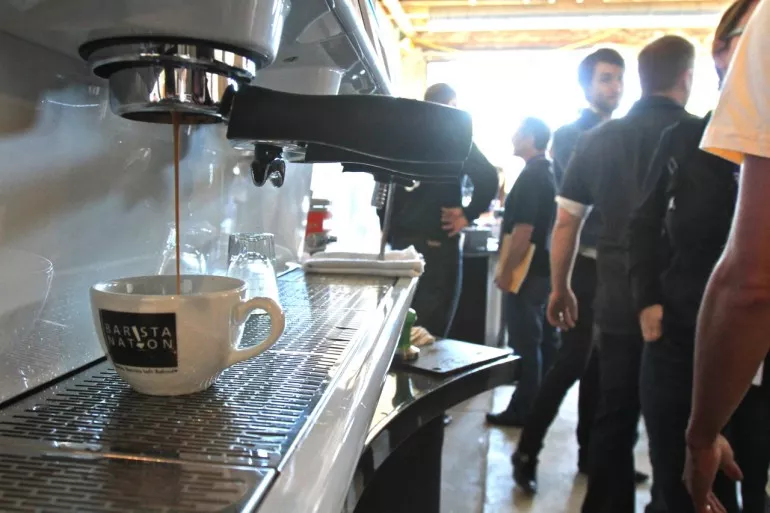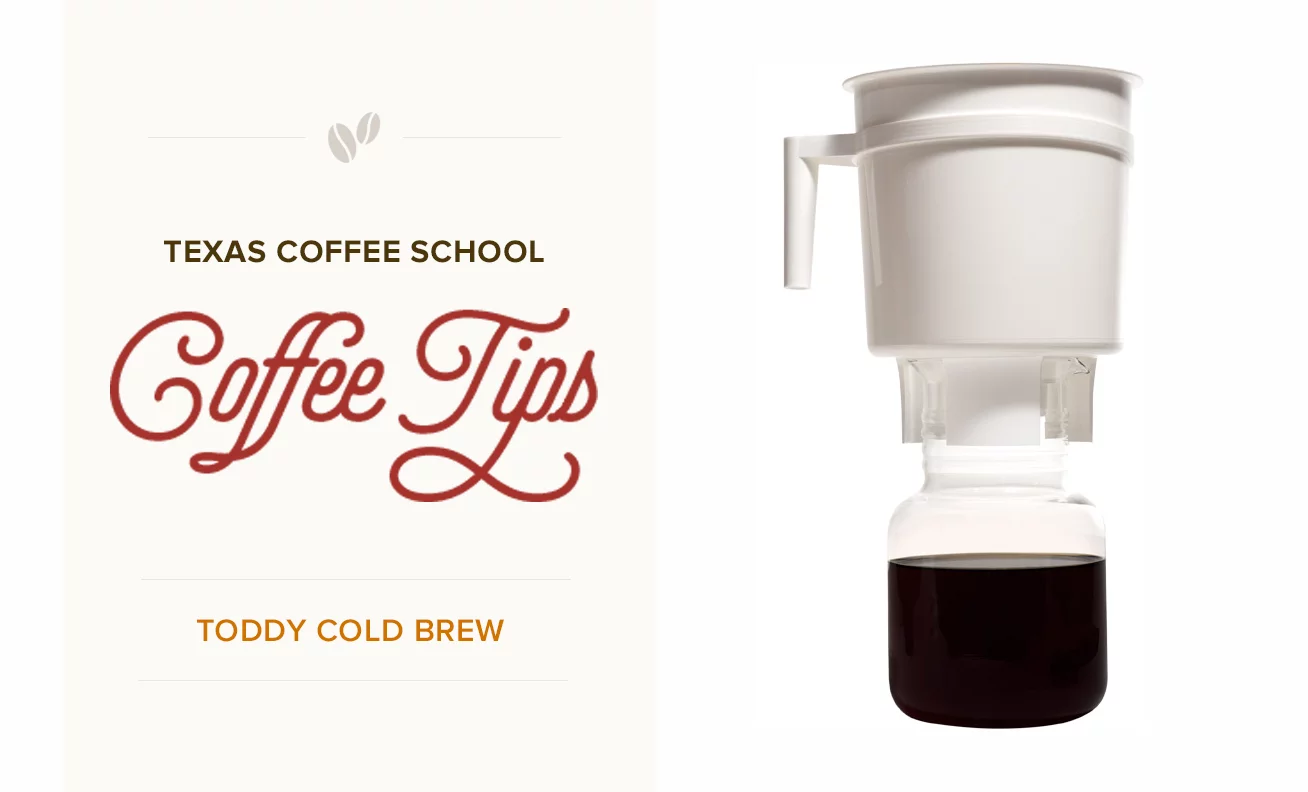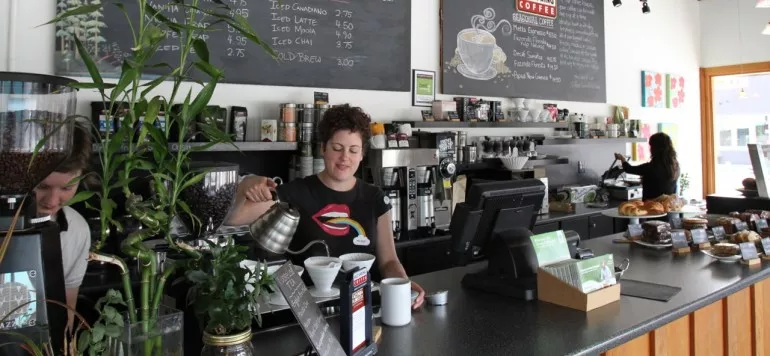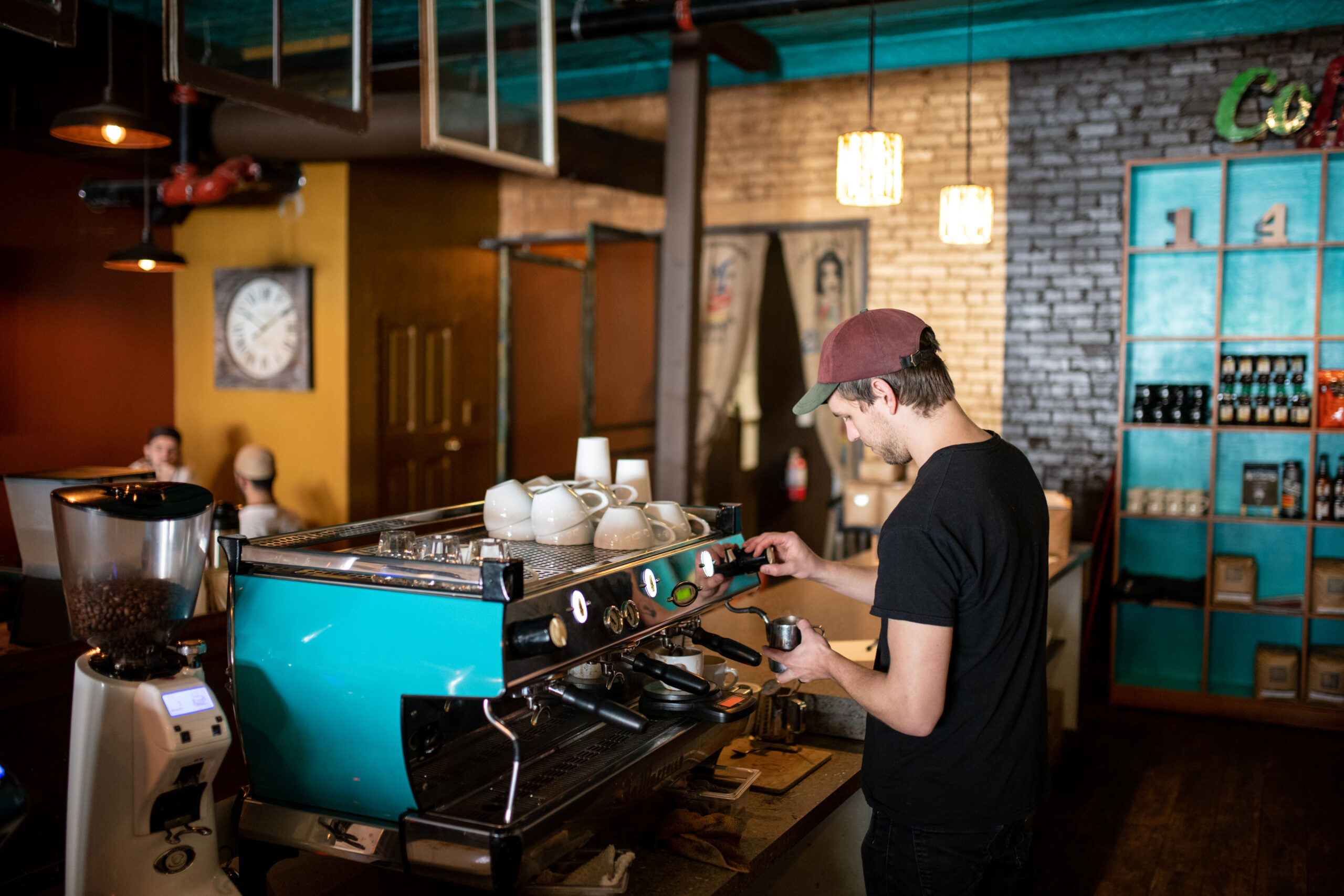
How to Build a Coffee Shop Deployment Plan That Actually Works
A coffee shop deployment plan is one of the most underrated tools for creating consistency, efficiency, and flow in your daily operations. It’s more than just a schedule. Deployment is the art of assigning every barista a clear role and routine based on your forecasted volume and staffing.
Many of our Coffee Shop Operations Master Class graduates tell us they didn’t realize how much smoother their shop could run until they started deploying their team with intention. If your team is not currently utilizing stations, is unsure what their specific responsibility is for the shift, how to properly adapt to daily and weekly volume changes, who makes what item, or how to tag out for breaks, this post is for you. We’ll show you how to create a flexible deployment plan that scales with your team, keeps your quality high, and makes every shift feel like a well-rehearsed performance.
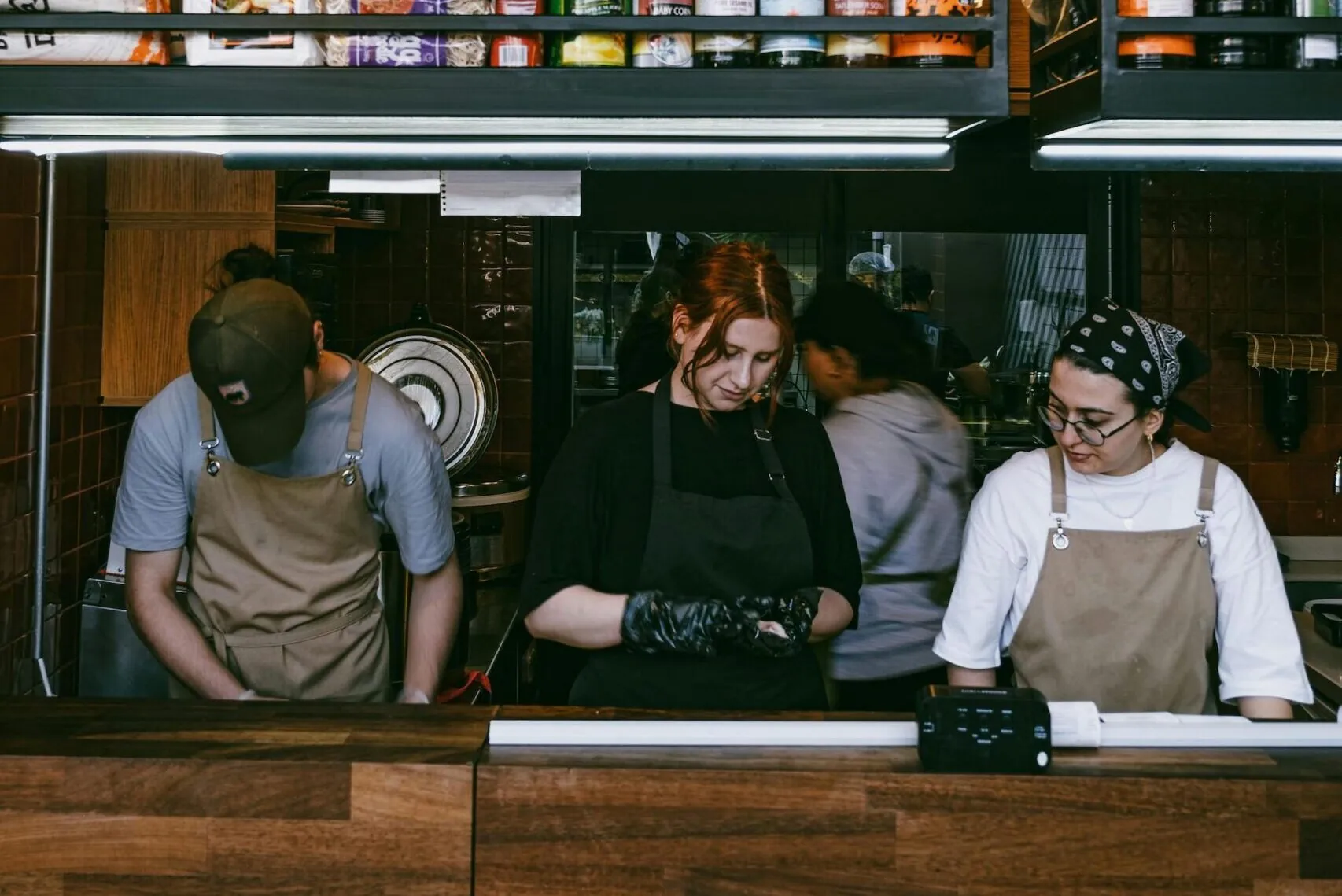
Why Does Every Coffee Shop Need a Deployment Plan?
Running a retail coffee shop is fast-paced and complex. When baristas don’t know what’s expected of them, it can lead to confusion, delays, and frustrated guests. A deployment plan solves that by giving every team member a clearly defined role and routine, whether you’re fully staffed or running lean with two people on the floor.
Here’s what happens when deployment becomes part of your daily rhythm:
- Staff show up knowing what to do. There’s no guesswork at the start of a shift.
- Service stays consistent. Customers receive the same high-quality experience no matter who’s working.
- You prevent burnout. Baristas aren’t juggling too many tasks at once.
- Managers and owners have visibility. You can evaluate performance and adjust based on real patterns.
In the Texas Coffee School Coffee Shop Operations Master Class, our teachers walk students through how to build deployment maps that work in their real shops. One thing we emphasize: roles and routines. A role is the station; for example, espresso bar or point of sale. A routine is the set of tasks assigned to that role. When both are clearly defined, your team will work more like a system than a scramble.
How Do You Build a Coffee Shop Deployment Plan for Your Staff?
Creating a deployment plan starts with understanding how your shop operates day-to-day and adjusting staffing accordingly. Think of your plan as a modular tool. It will shift daily depending on volume, team availability, and events. If you have a manager, they can take ownership of deployment. If you’re still managing the shop as an owner, it’s yours to handle until a manager steps in.
1. Know Your Schedule and Patterns
Before you assign roles, look at your numbers. (Make decisions based on data!)
- What days are busiest?
- When are your peak service hours?
- How many people are on the floor at those times?
- When do baristas need to take breaks?
Use this data to shift coverage to where it’s most needed. For example, if Wednesdays are slow from 10–2 but busy from 7–10 a.m., move a barista to start earlier and leave mid-morning.
2. Define Core Roles and Routines for Baristas
Every coffee shop needs clearly defined roles so team members know exactly what’s expected during their shift. The specifics will look different for every operation, but the key is to create a system that’s consistent, easy to teach, and adaptable to different team sizes and traffic levels.
Instead of making assignments “on the fly,” use a deployment plan to map out where each team member should be and the flow of responsibilities for each position. This not only improves efficiency but also helps create a predictable customer experience.
In our Coffee Shop Operations Master Class, we show you how to:
- Identify the core positions your business needs to run smoothly
- Develop role-specific routines that keep operations flowing even during rushes
- Adapt your plan for different days of the week and staffing levels
Exactly how you build your routines depends on your menu, layout, and service model.
3. Communicate the Plan to Your Team
A deployment plan only works if everyone understands it. That means:
- Proactively training your trainers and team
- Making the deployment plan easily accessible (post it somewhere visible)
- Reviewing it before shifts start
- Updating it as your staffing and business needs evolve
These clear expectations don’t just improve customer experience; they improve the experience for your employees as well. Managers have clear expectations. Baristas have clear roles. Everyone is able to thrive when they know exactly what to do and how to do it.
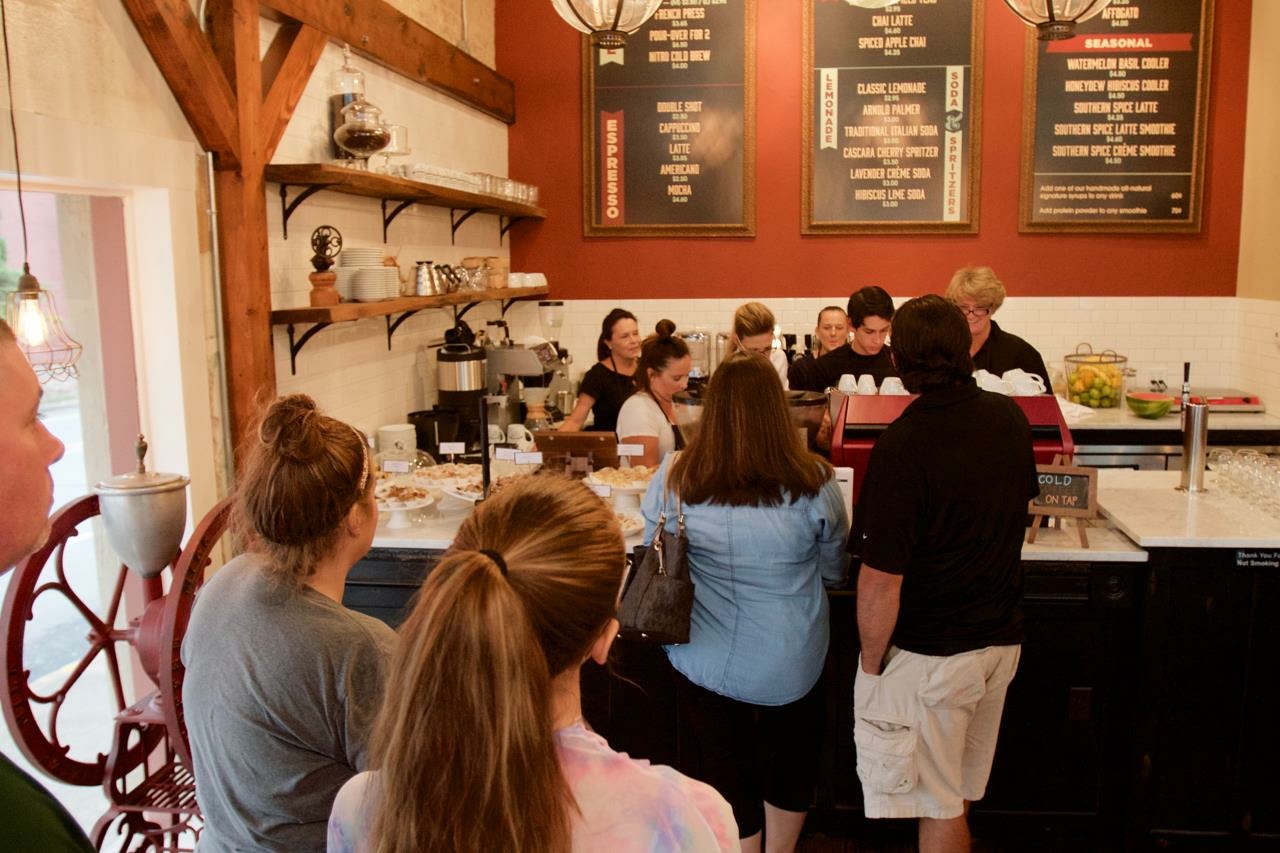 Adjusting for Real-World Conditions
Adjusting for Real-World Conditions
Even the best plans need flexibility. Some days you’ll have fewer staff, unusual weather patterns, or unexpected traffic spikes. And if you have a drive-thru, you’ll need to include it in your deployment plan as well.
The ability to adjust assignments quickly without losing flow is a skill, and it’s one we train extensively in our Coffee Shop Operations Master Class.
By learning to anticipate these variables and build adaptable systems, you can keep service consistent no matter what’s happening outside (or inside) your doors.
FAQ
What is a coffee shop deployment plan?
It’s a staffing and workflow tool that assigns each team member to a specific role and routine, ensuring consistency and efficiency during every shift.
Do I need a deployment plan if my shop is small?
Yes. Even with just two people on shift, having clear roles helps reduce confusion and keep service smooth.
How do I create a deployment plan that actually works?
Start by identifying your shop’s key roles and building clear, repeatable routines for each one. The specifics depend on your menu, layout, and staffing levels, which is why many owners turn to structured training like our Coffee Shop Operations Master Class to get proven, customizable strategies.
Your Deployment Plan is Your Daily Blueprint
The best coffee shops don’t just run on caffeine, they run on clarity. Creating and using a deployment plan helps you lead your team with confidence, deliver faster service, and maintain quality every shift.
If you want to walk away with a customized deployment strategy tailored to your shop’s layout and staffing, the Coffee Shop Operations Master Class at Texas Coffee School is where many existing owners and managers start, including graduates of our 3-Day Coffee Business Master Class®.
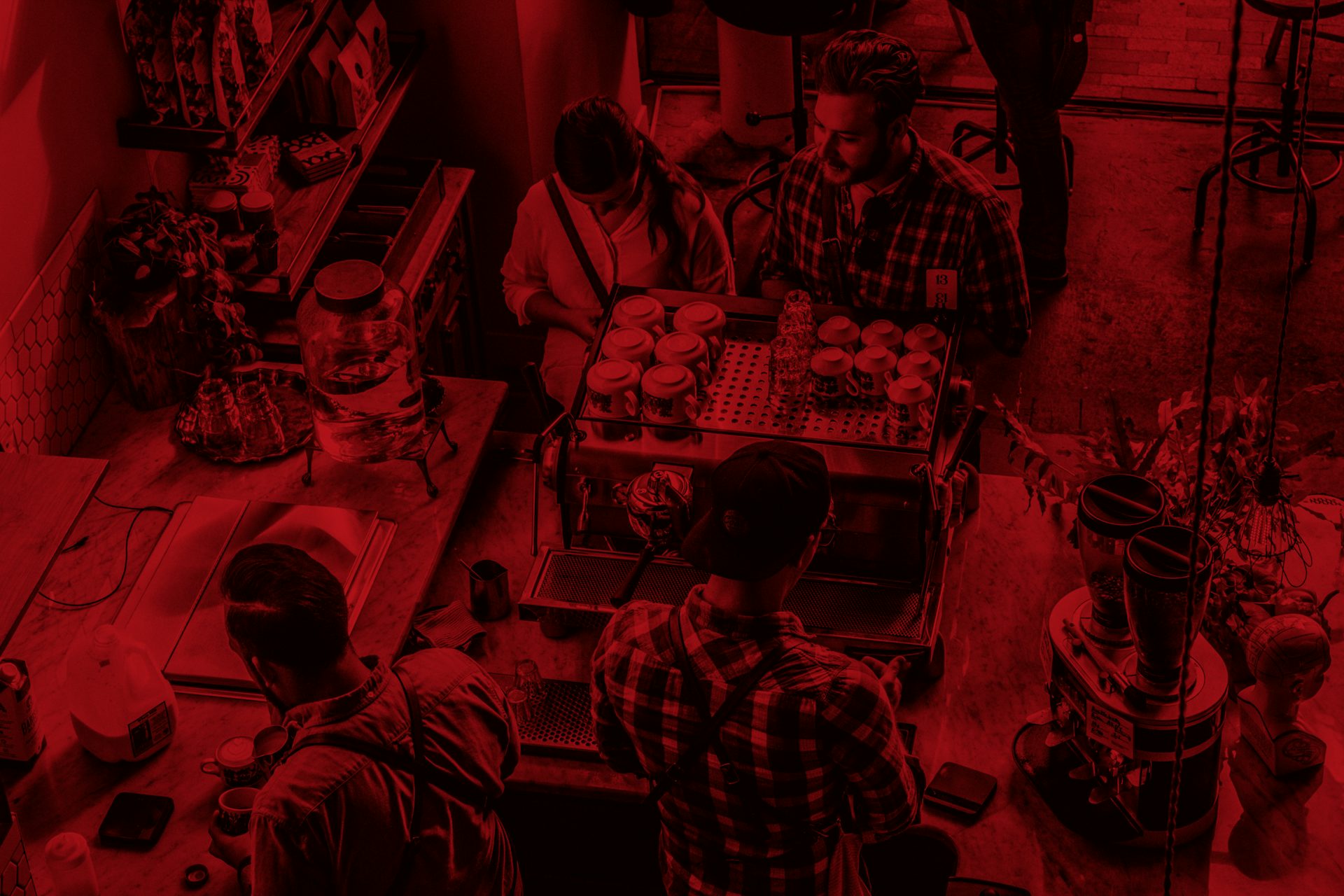
Register for a Coffee Class
The Best Coffee Training Available
We’ve helped hundreds of students successfully launch their own coffee shop businesses. Join us in our 5-Star Rated Coffee Classes, whether you’re an aspiring entrepreneur looking to open a coffee shop, a manager, a barista or home enthusiast looking to sharpen your skills.


